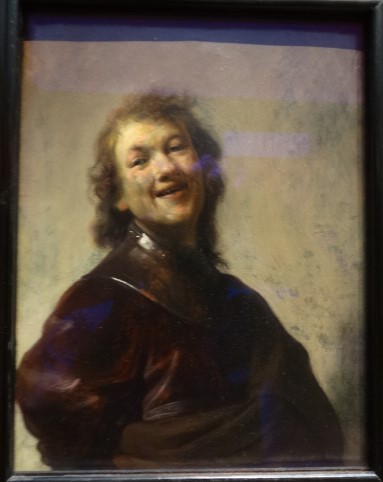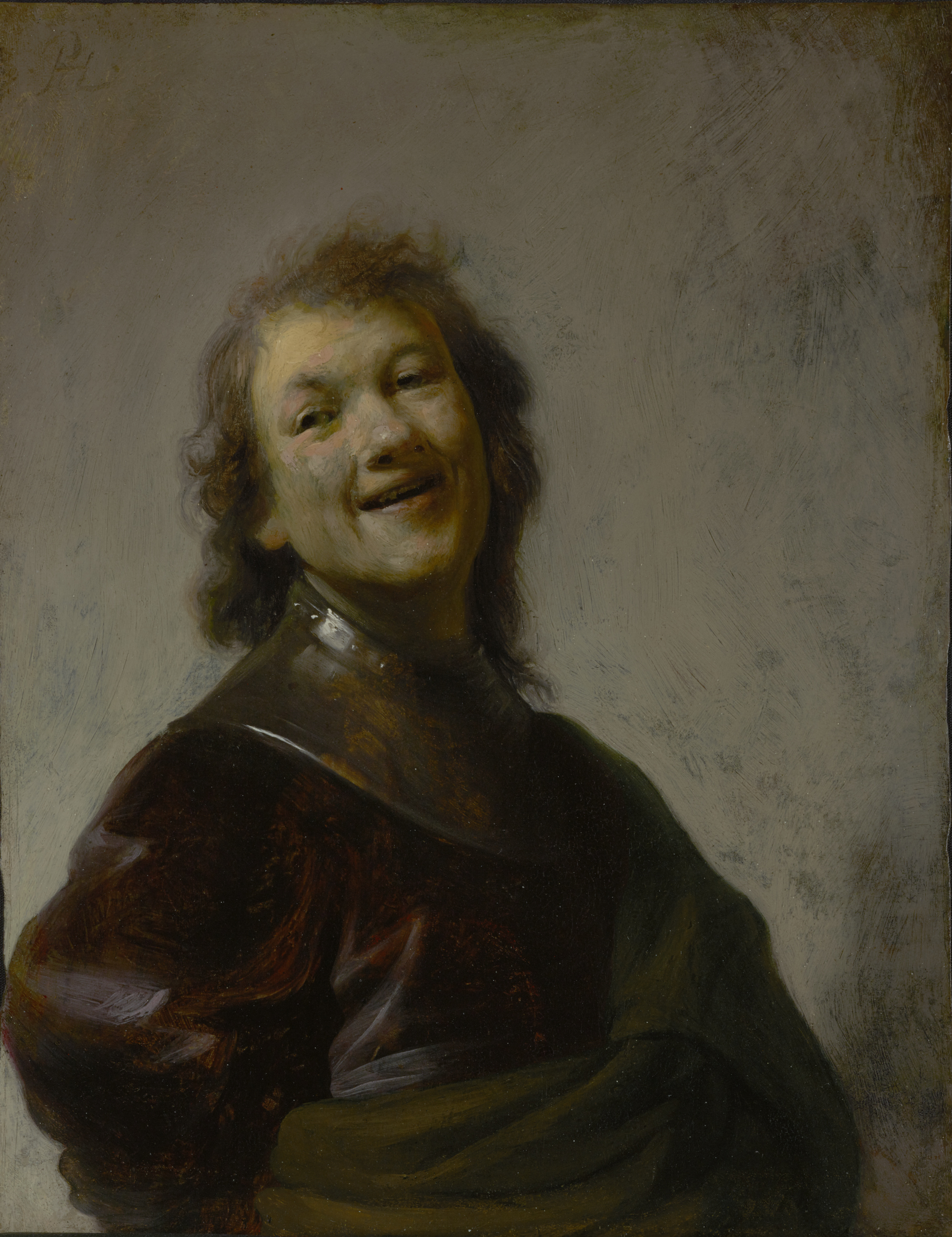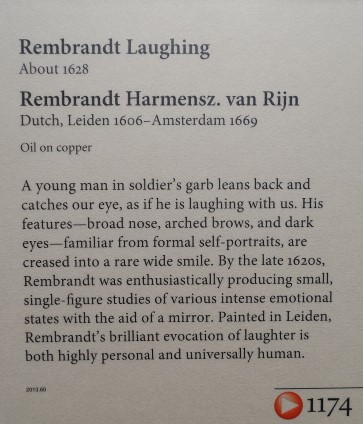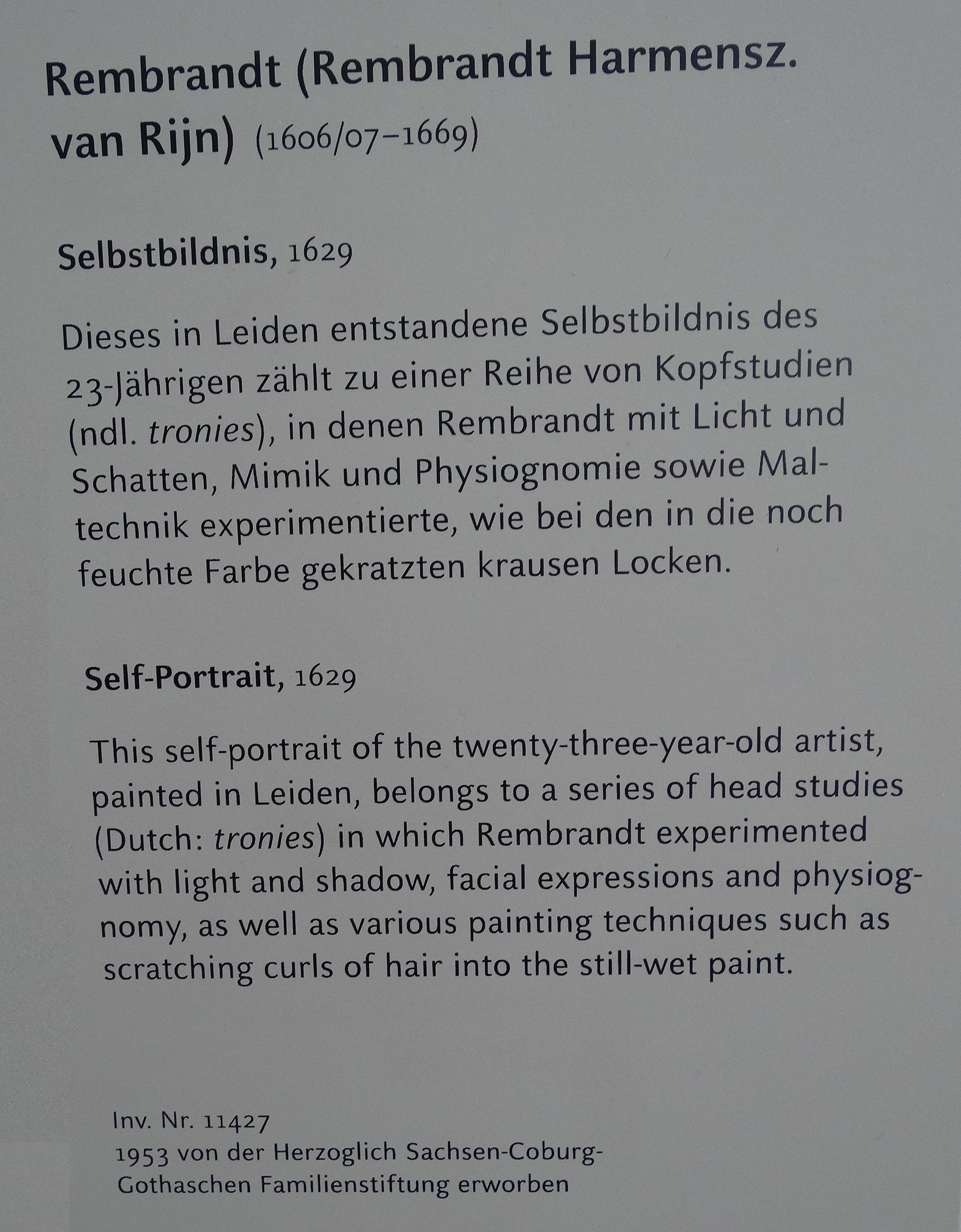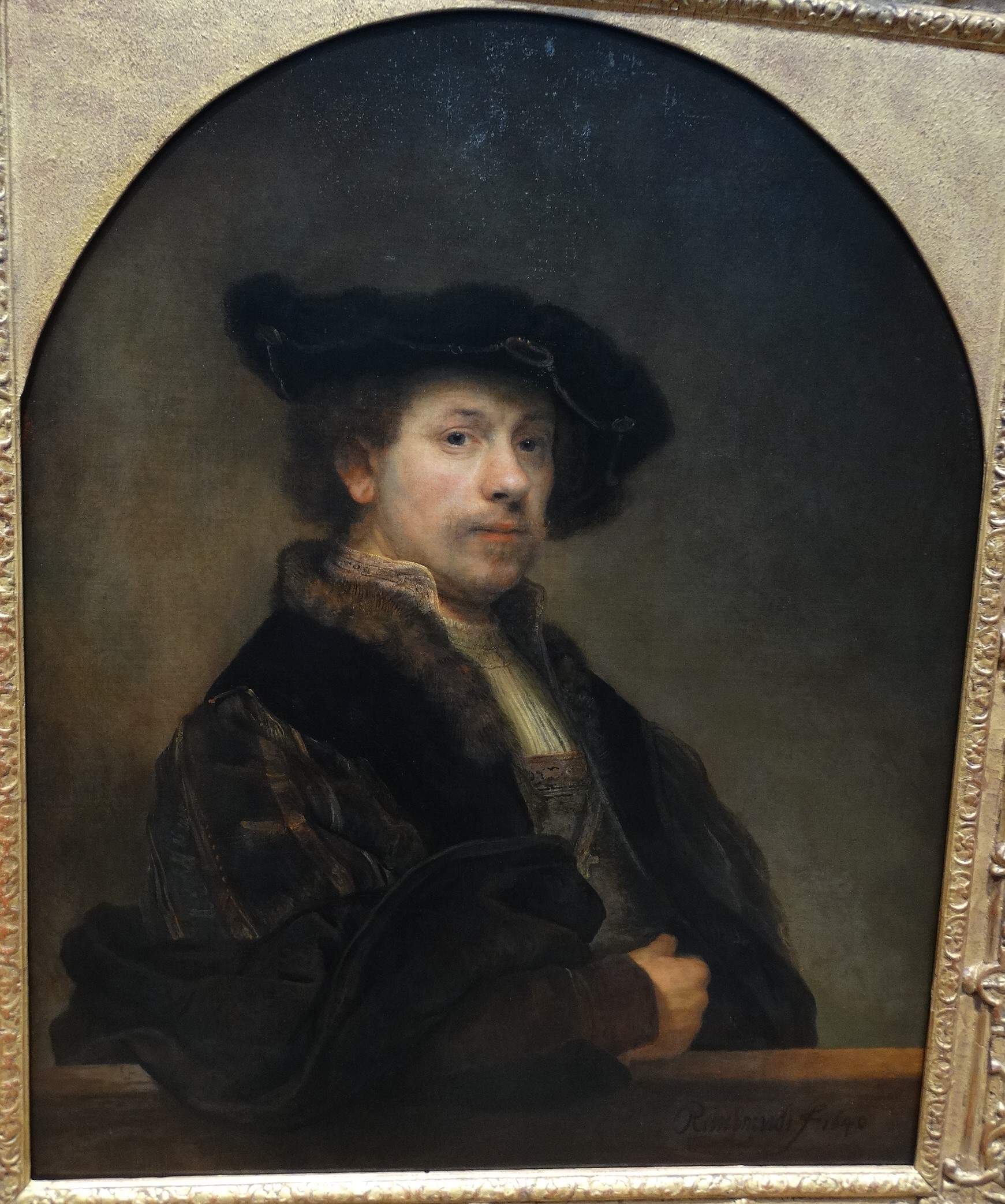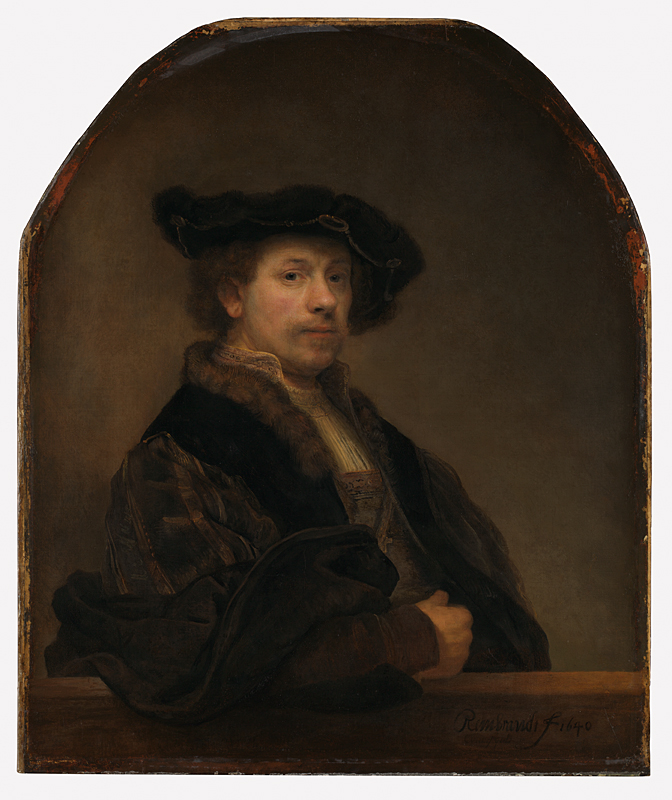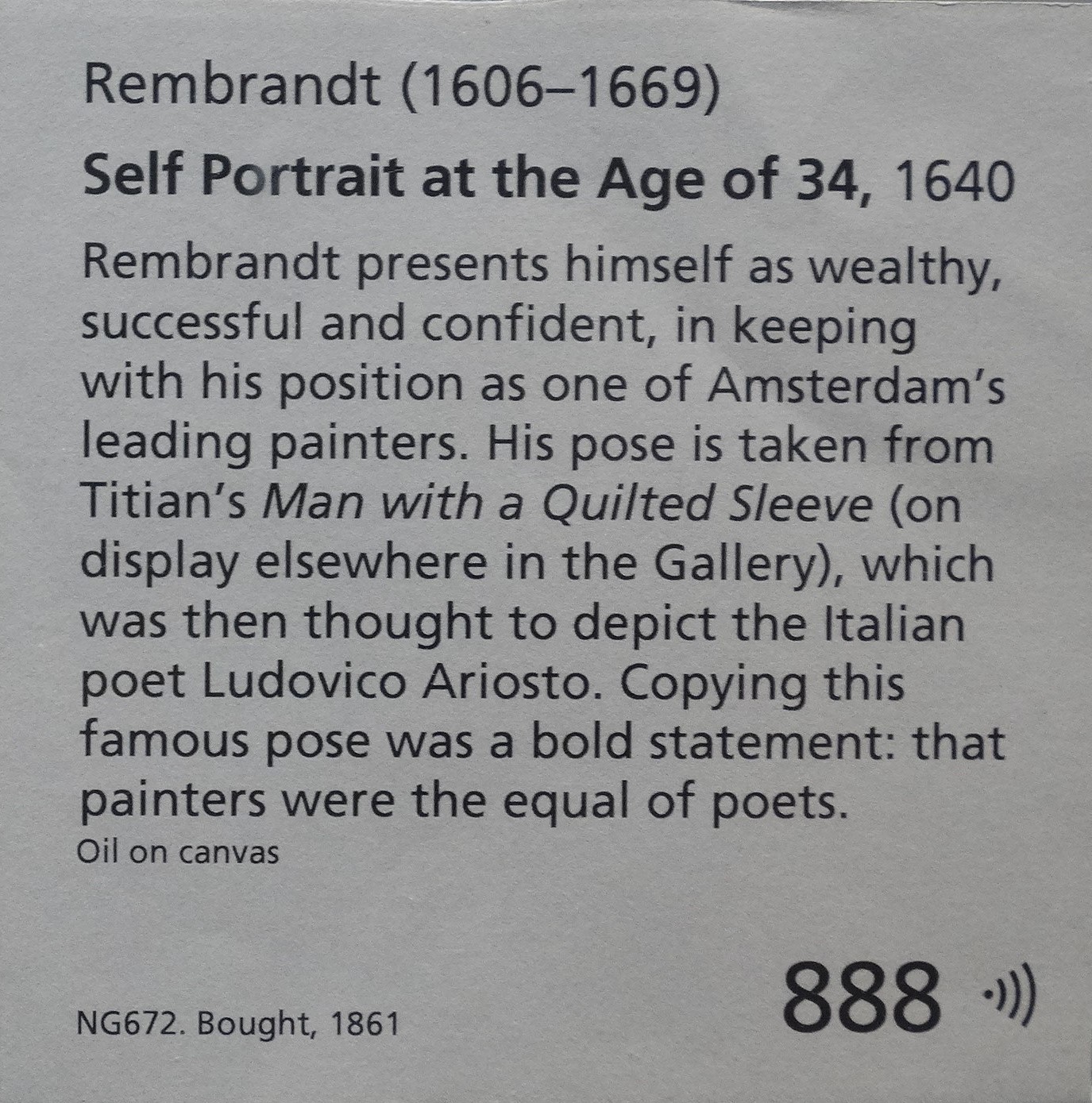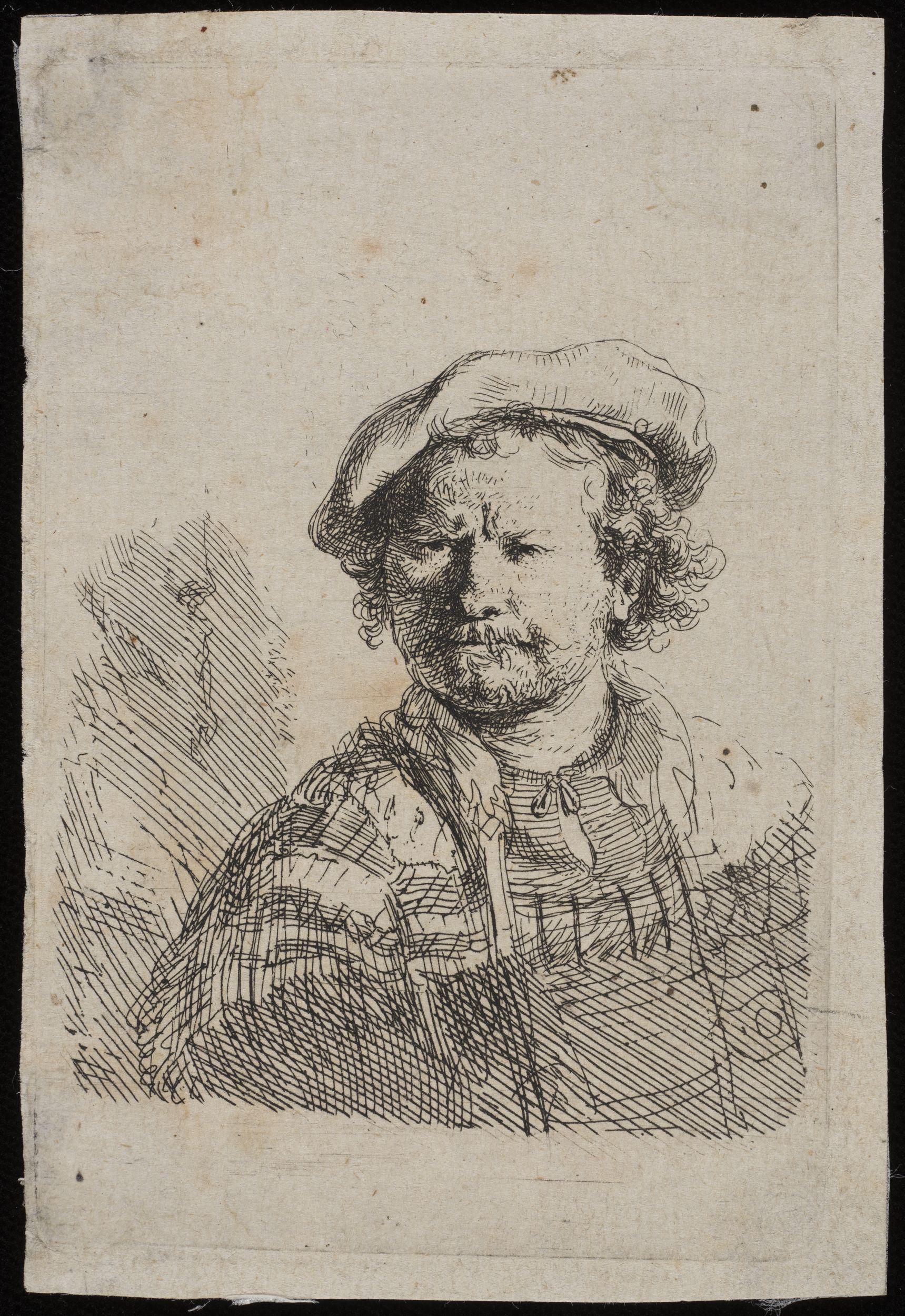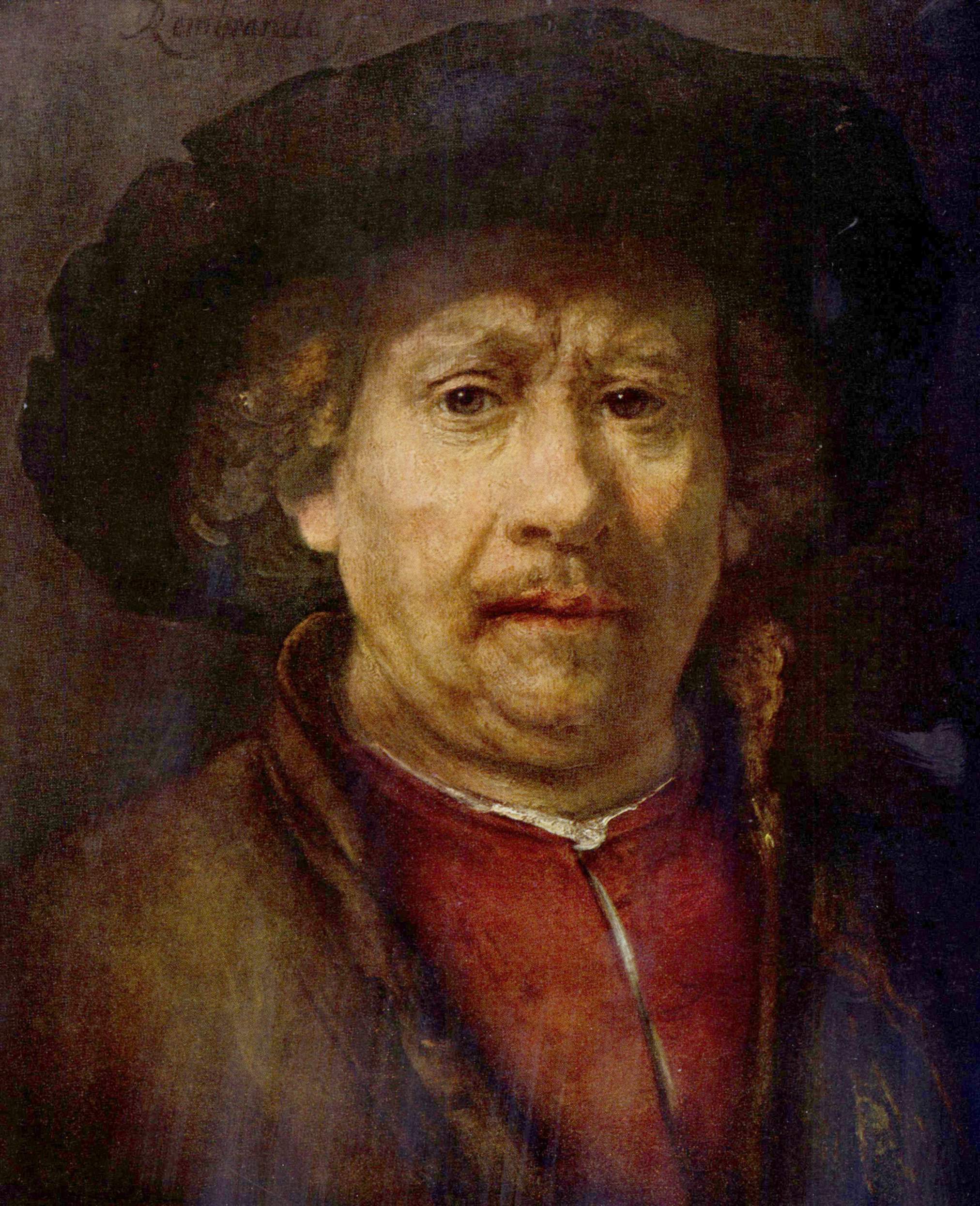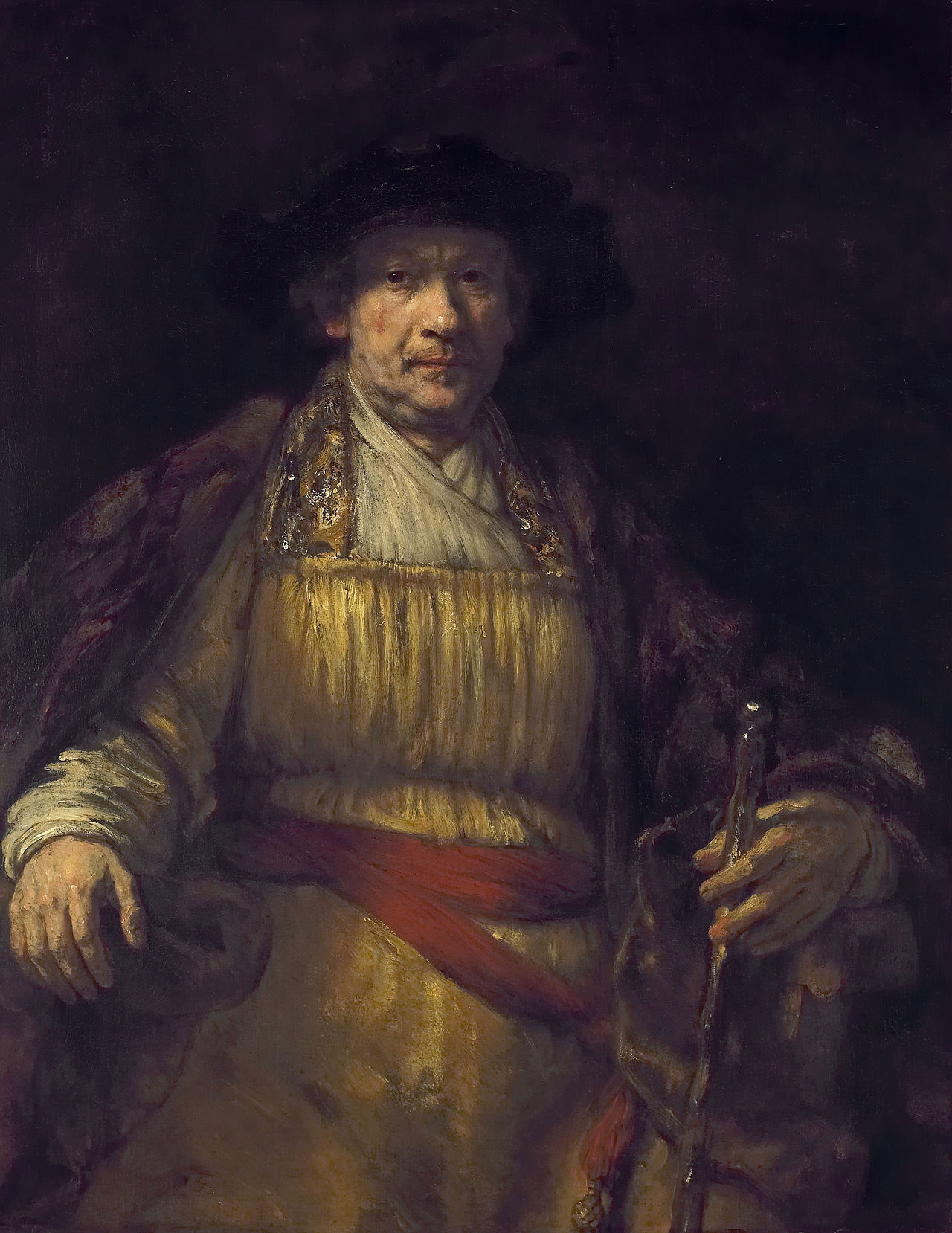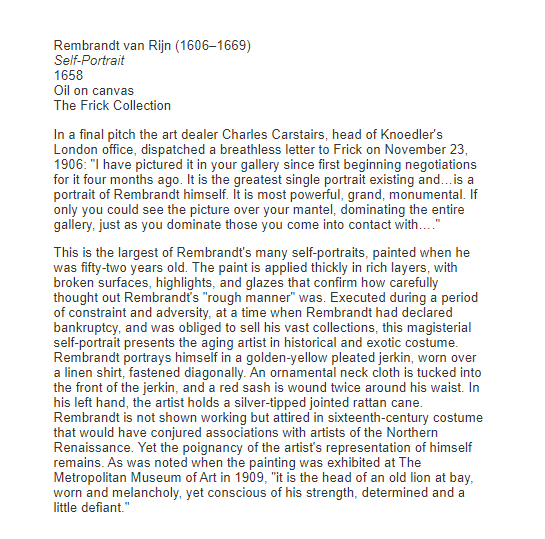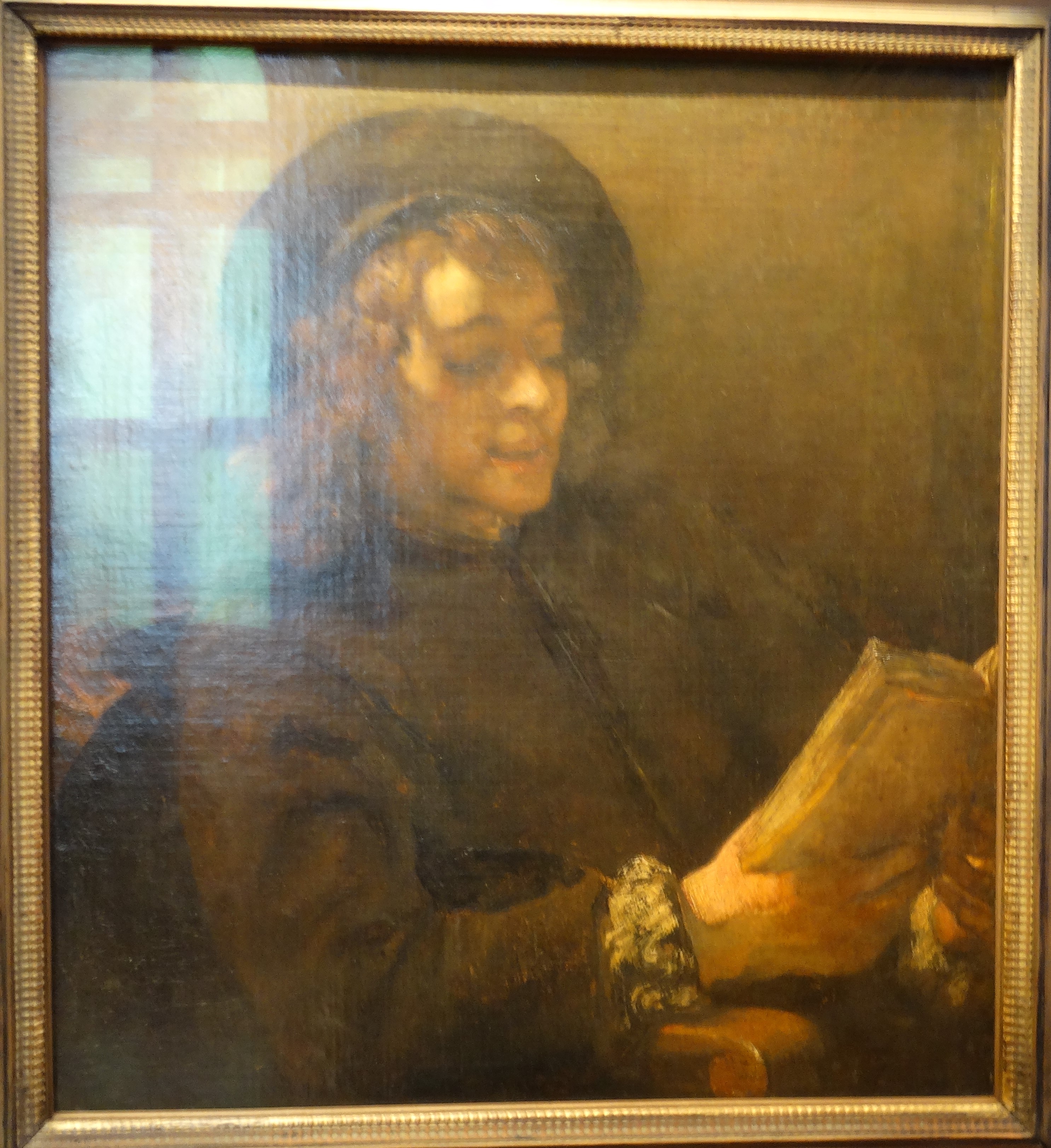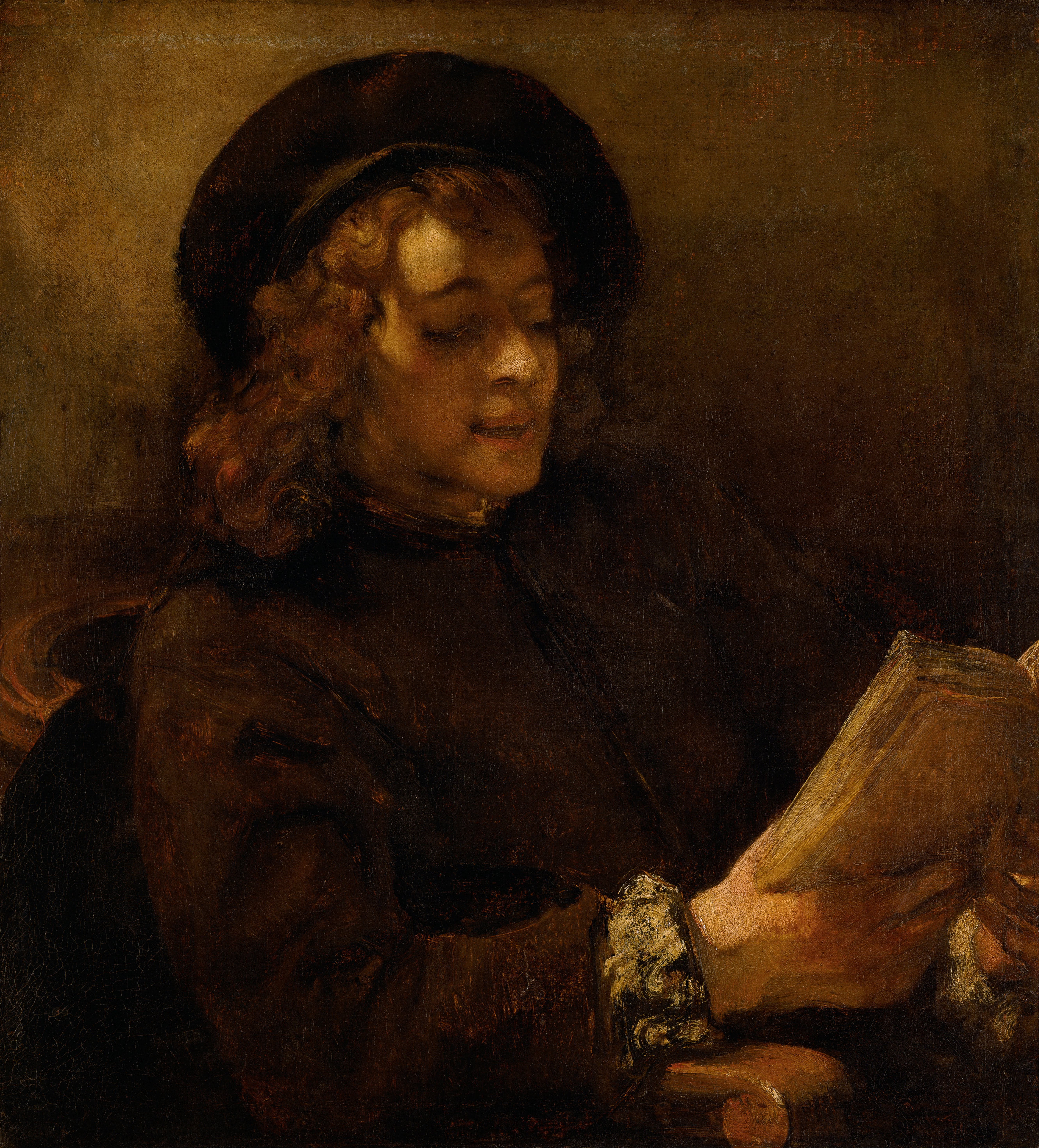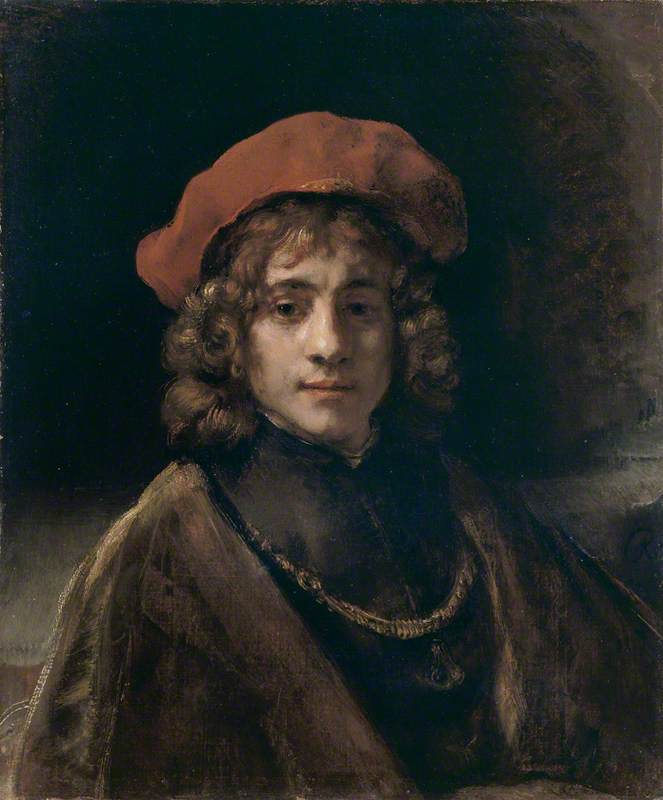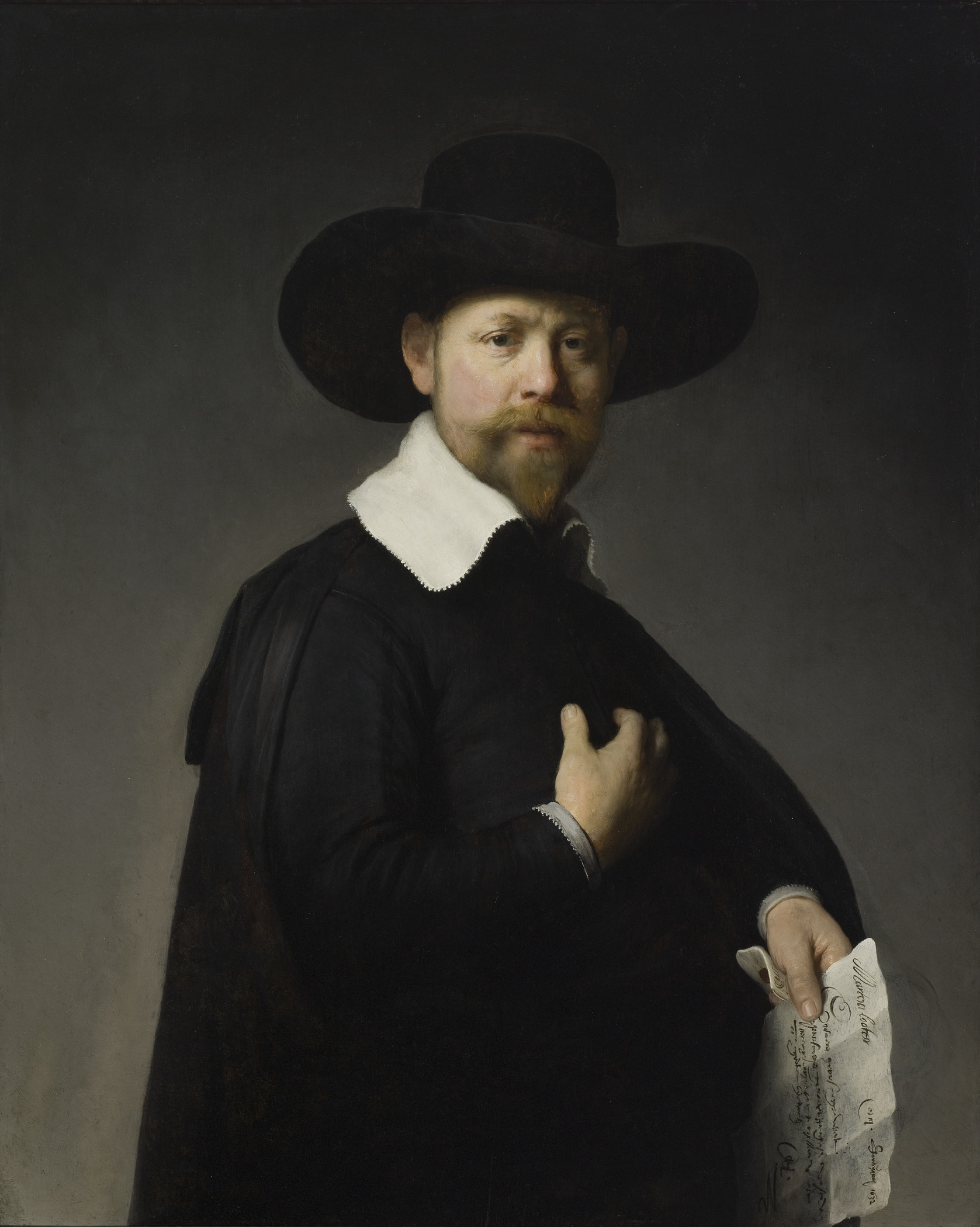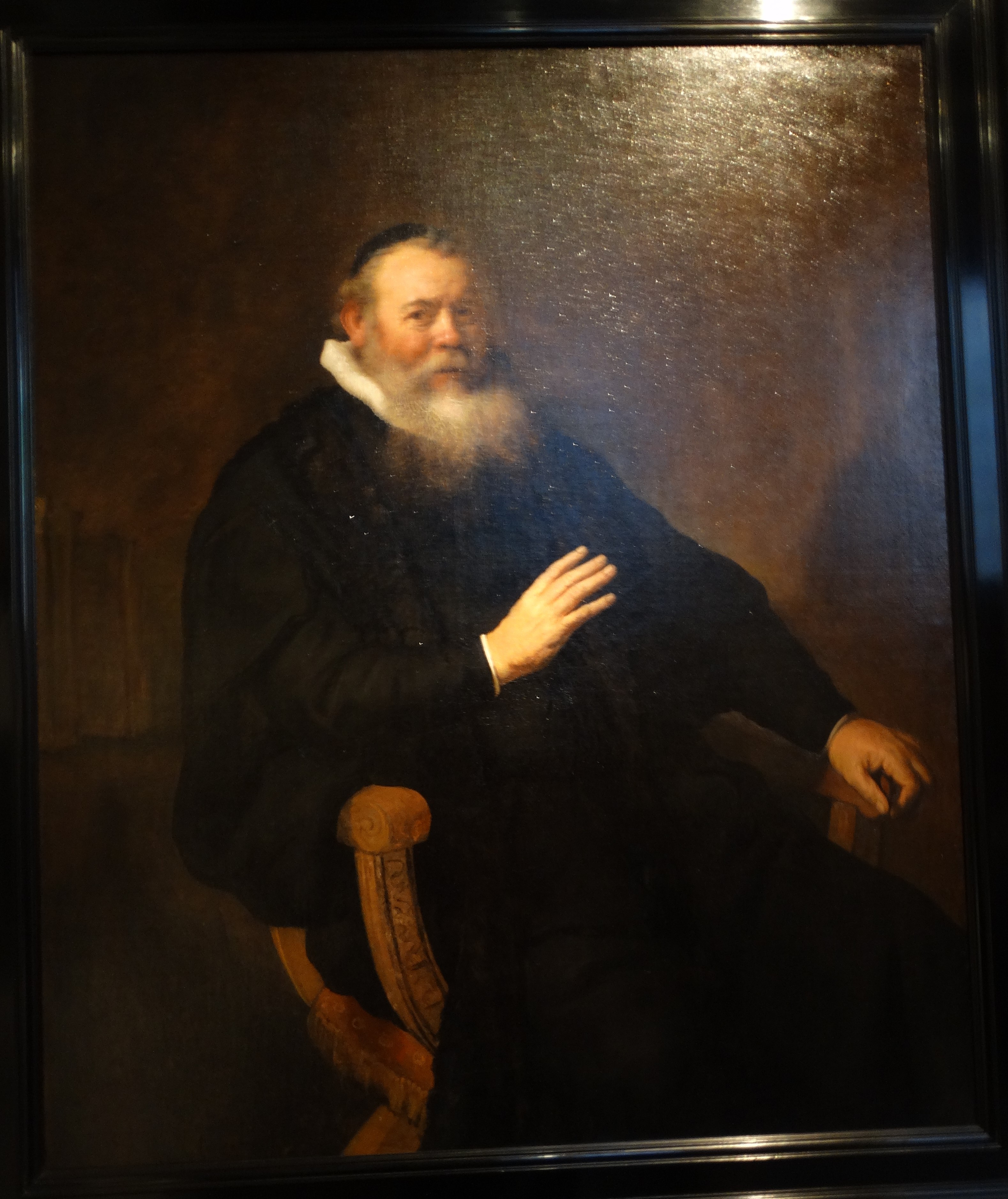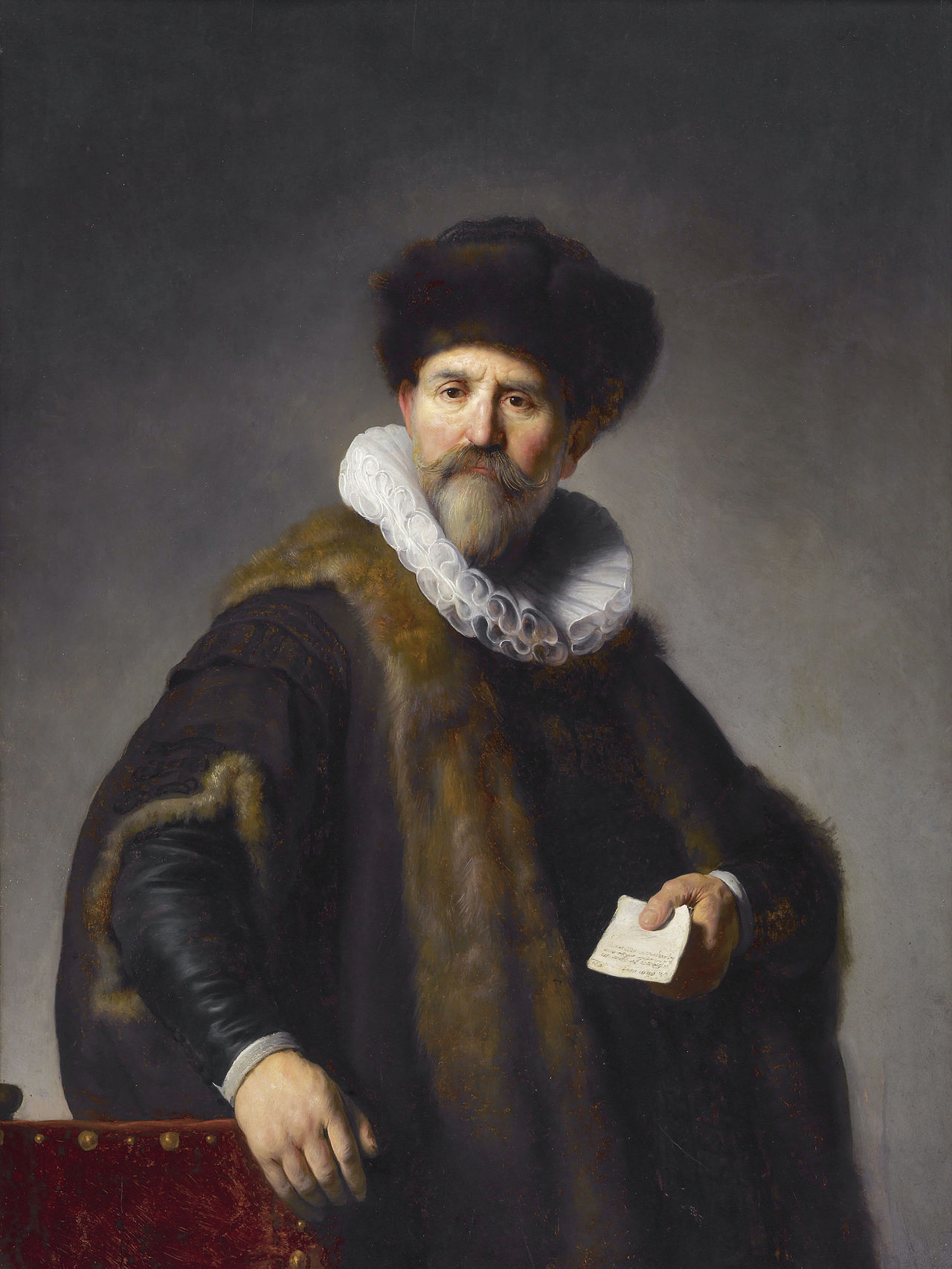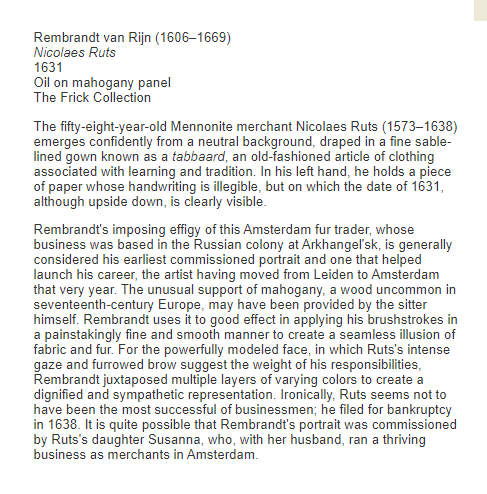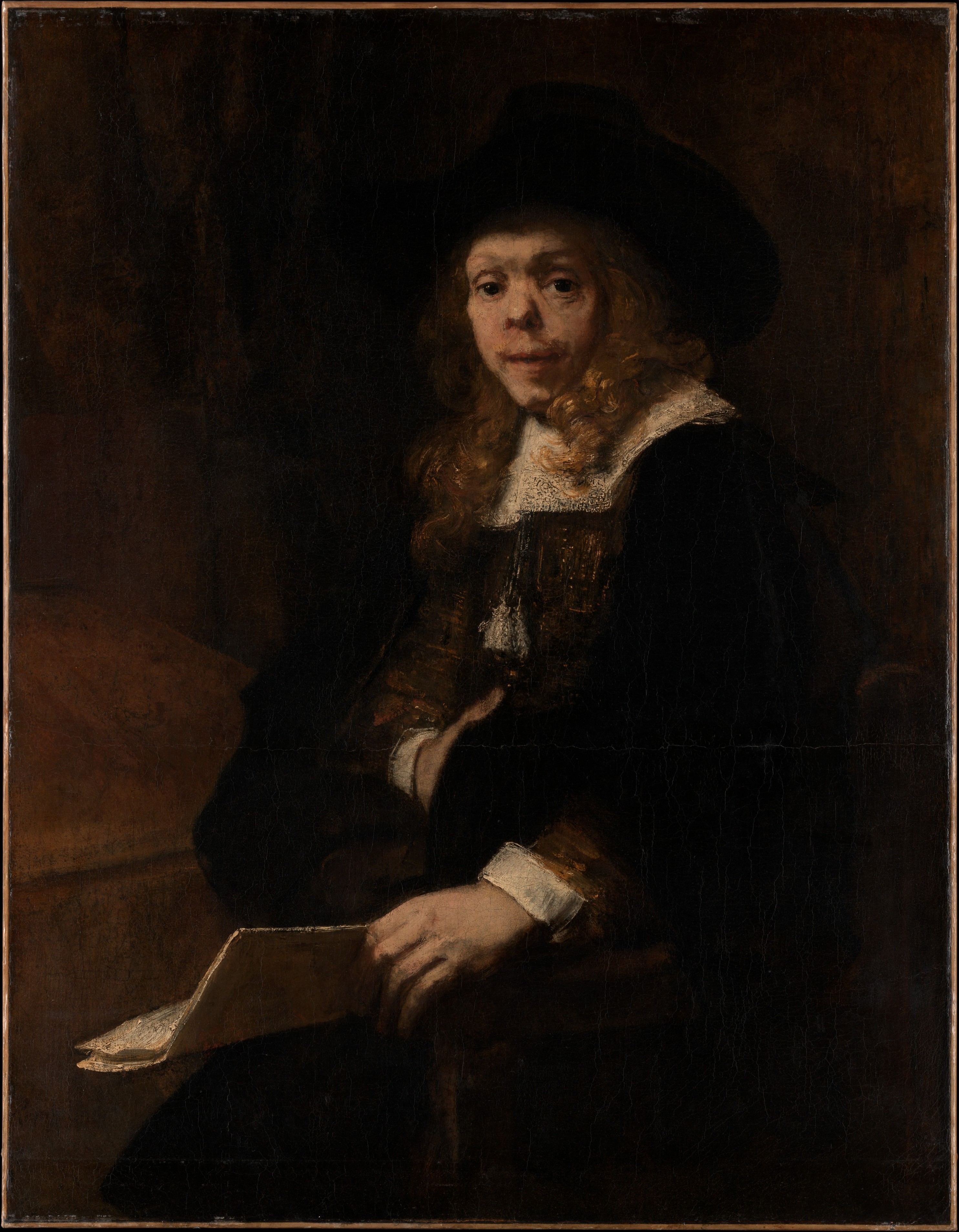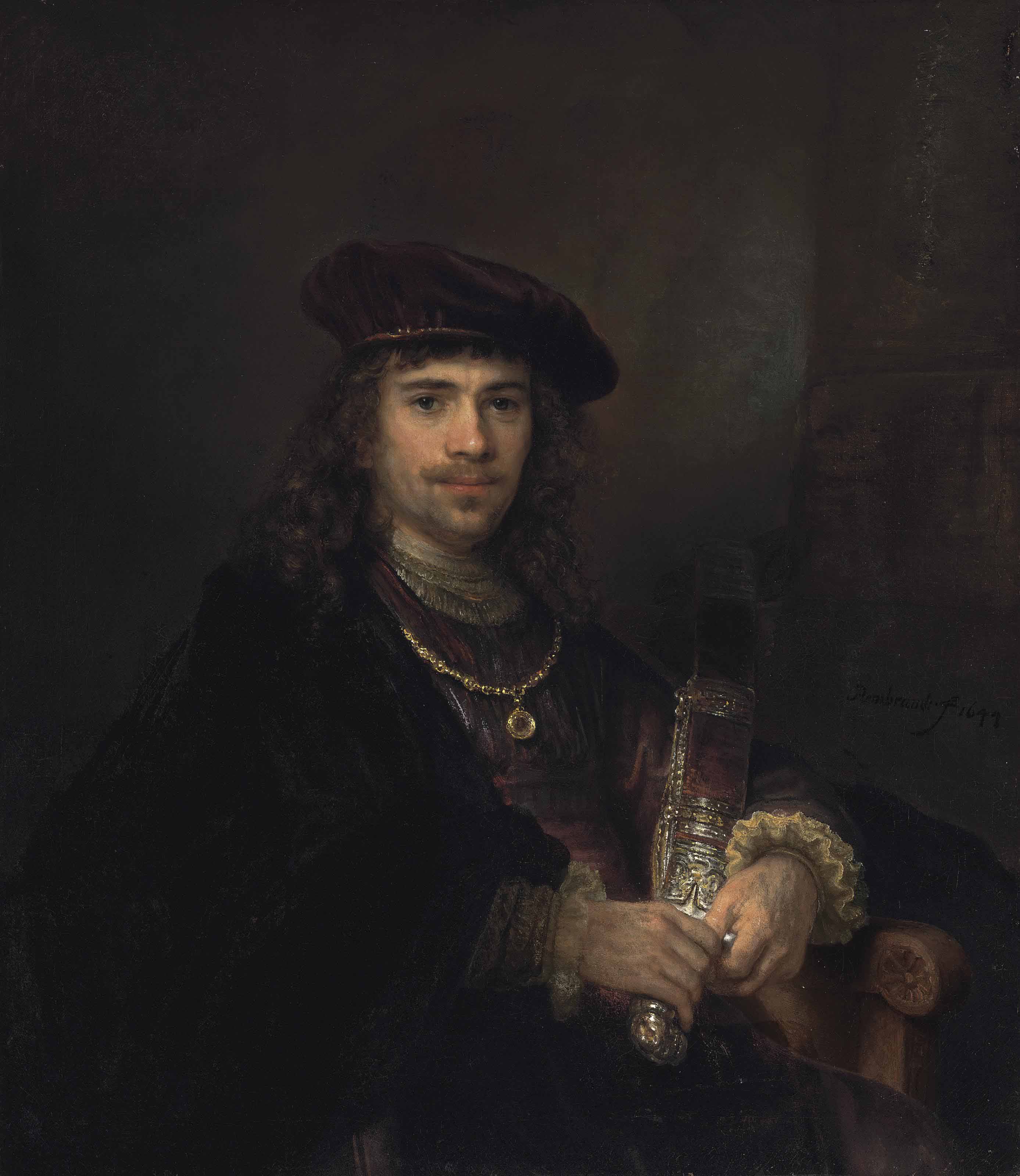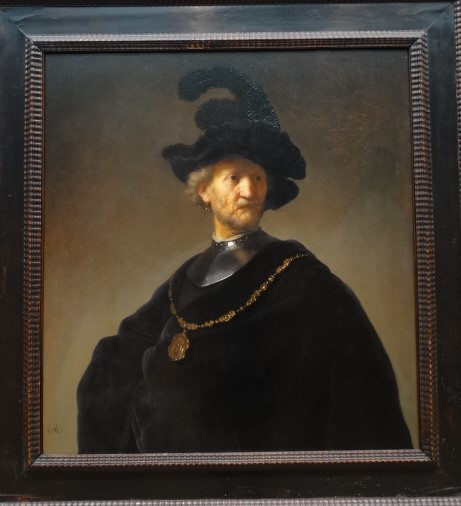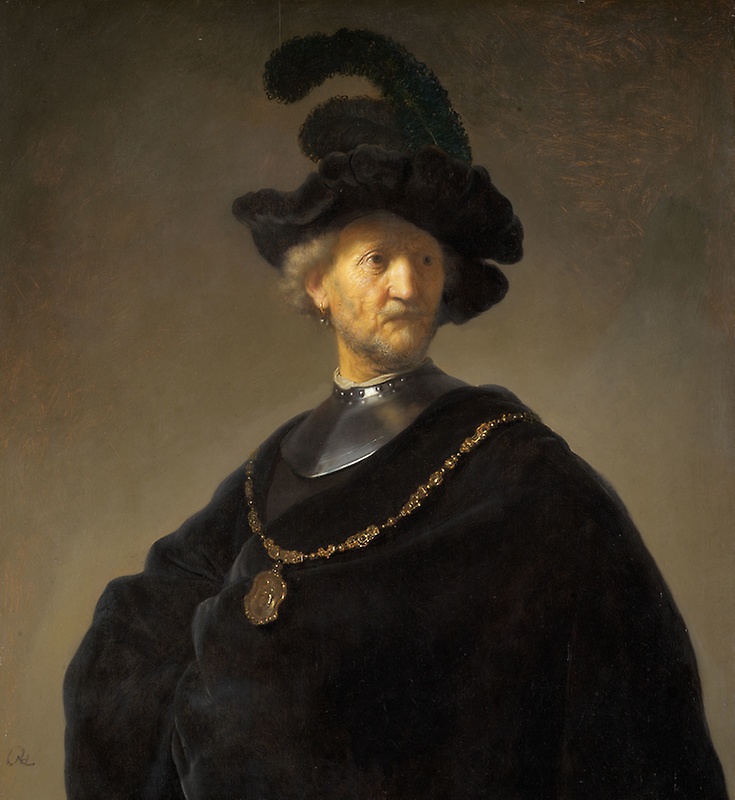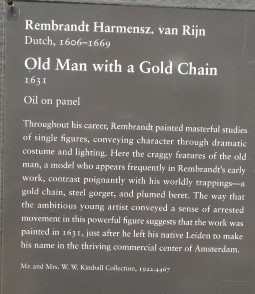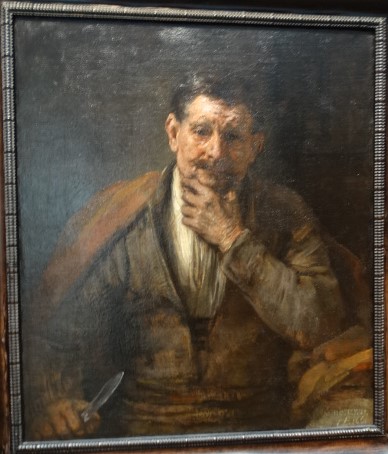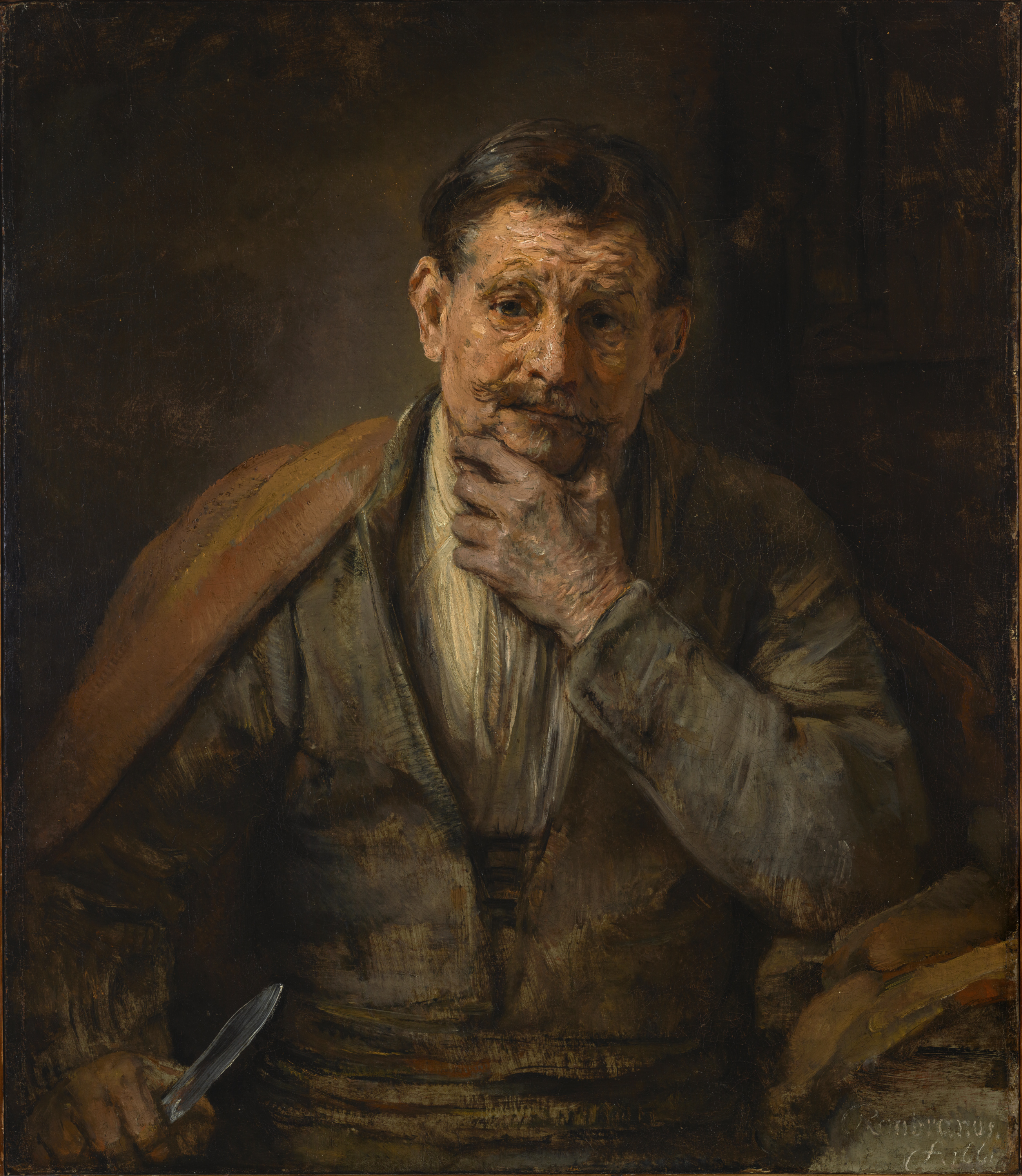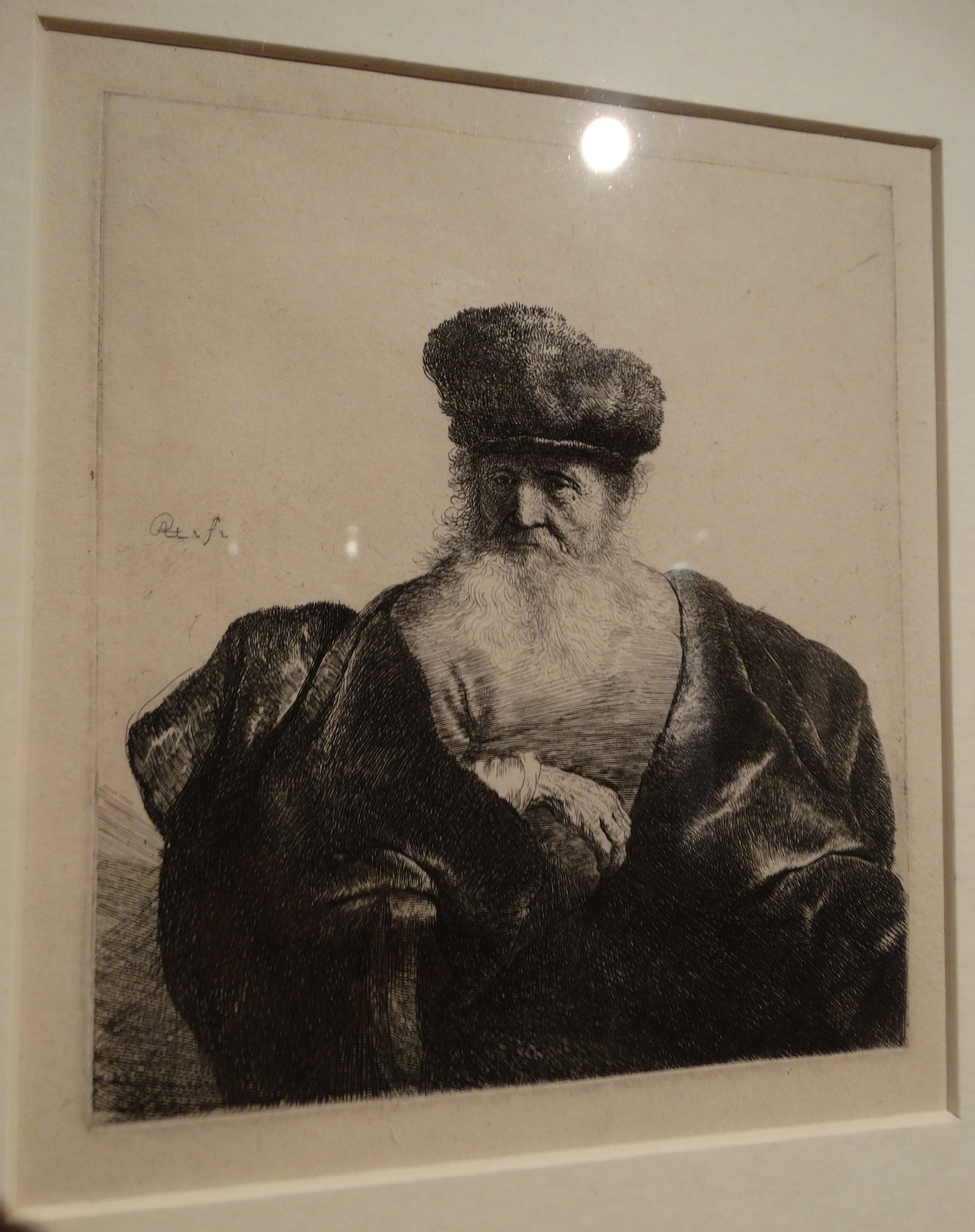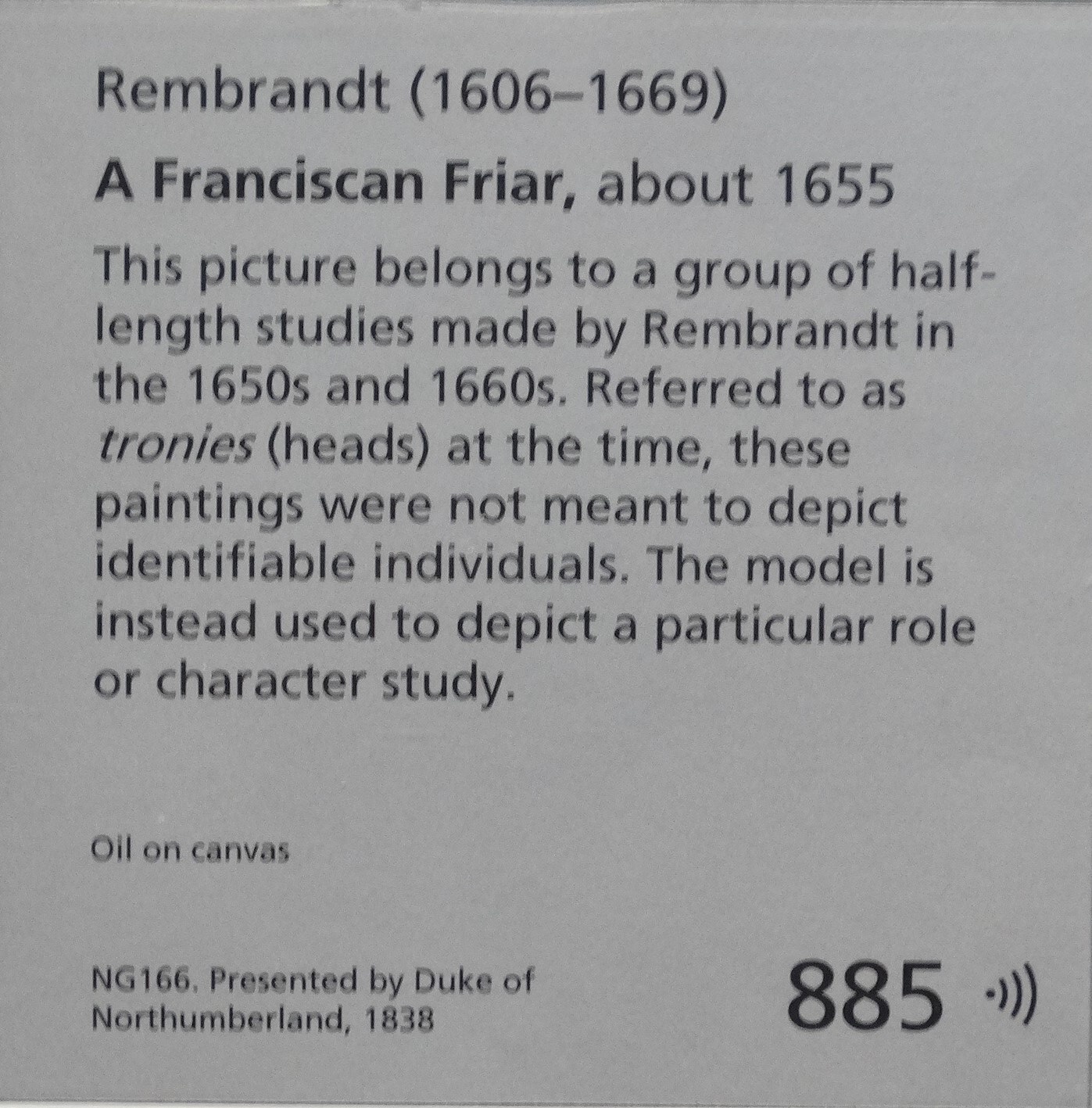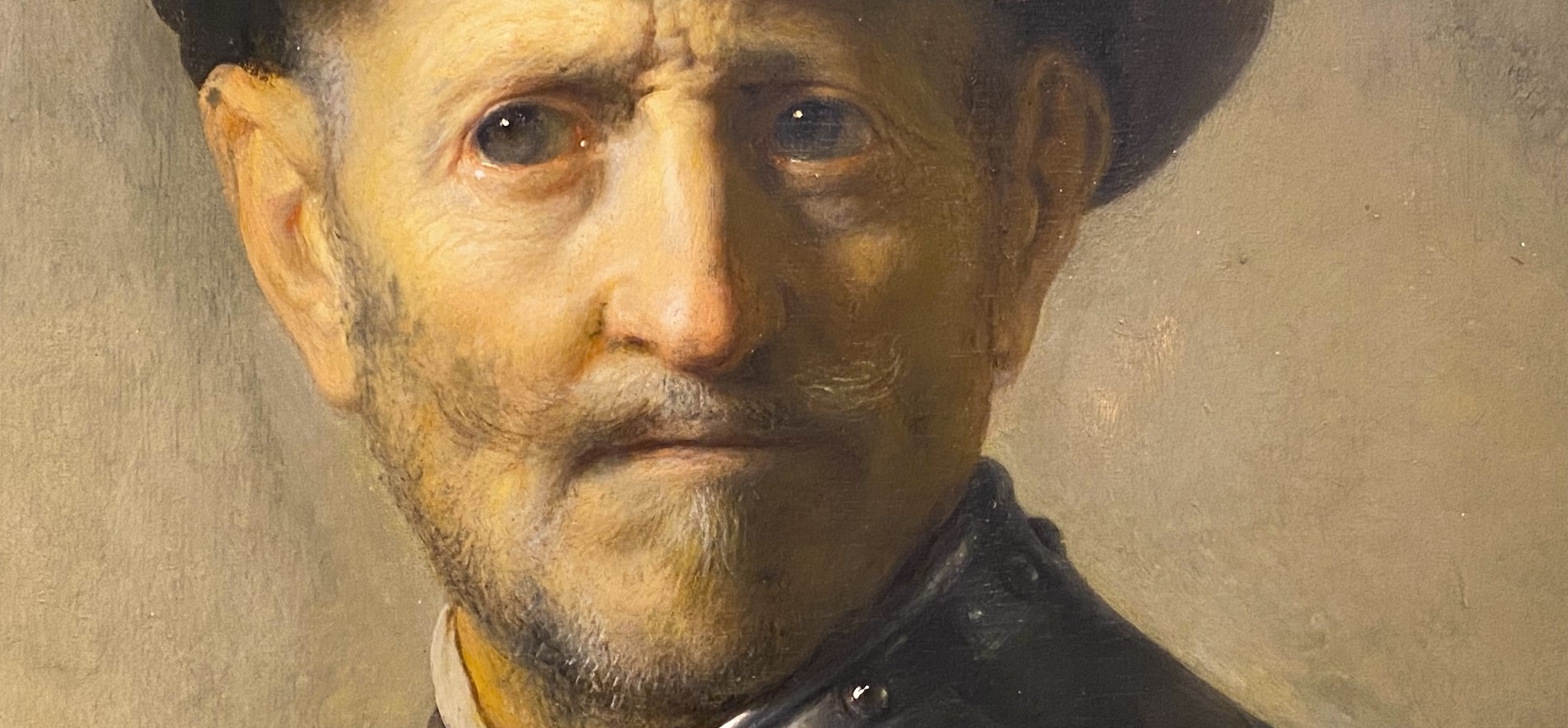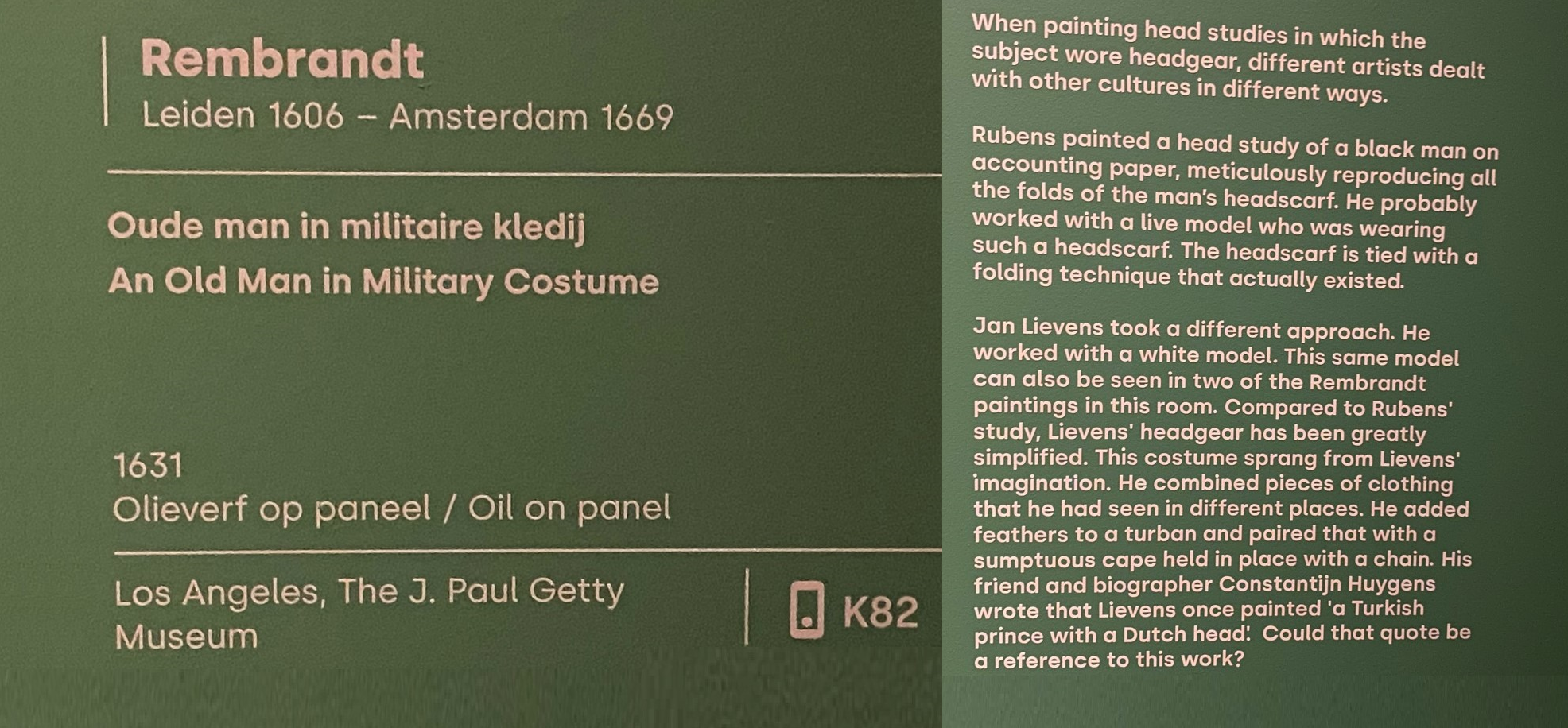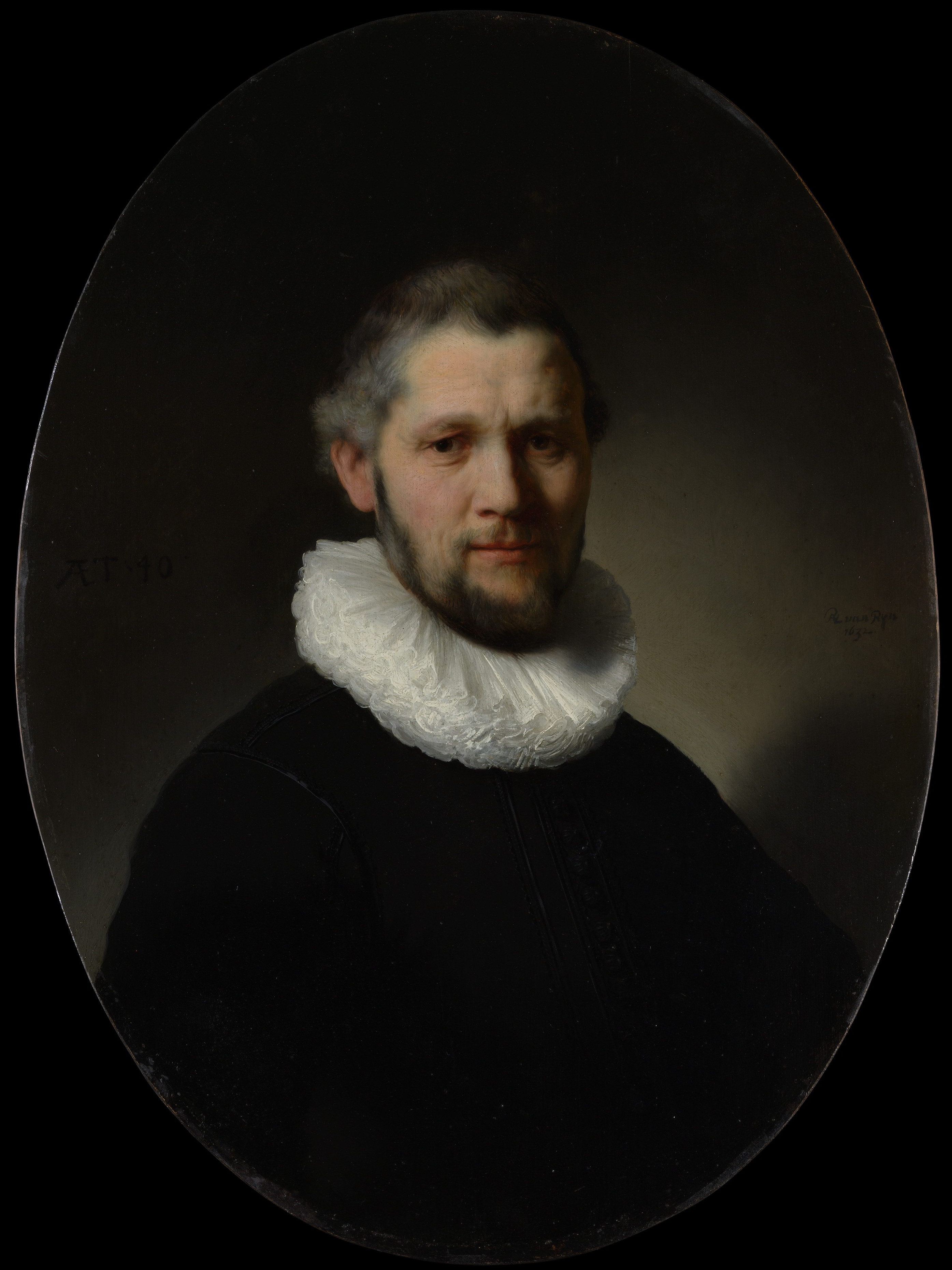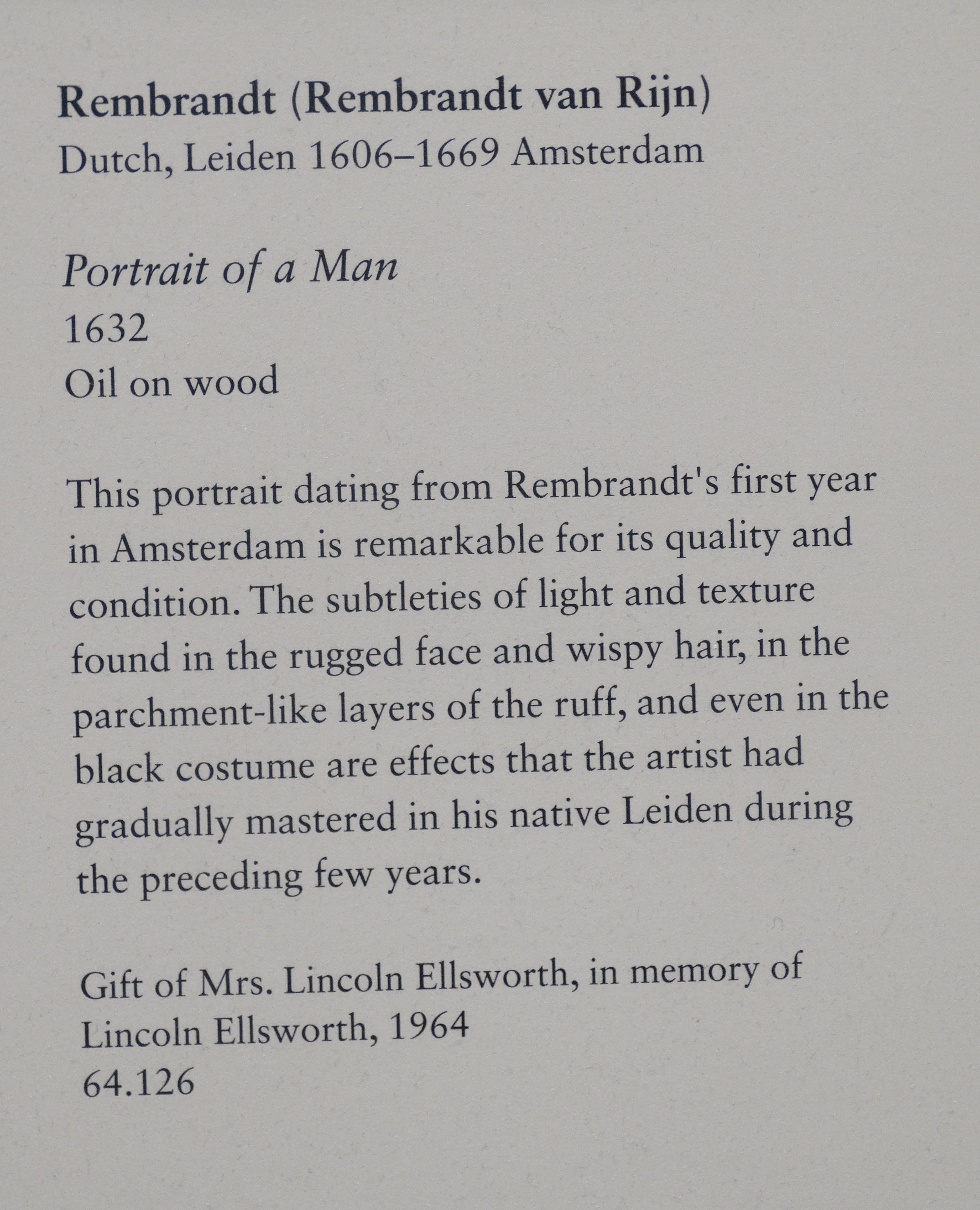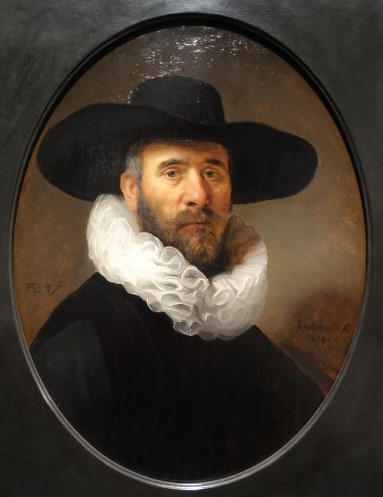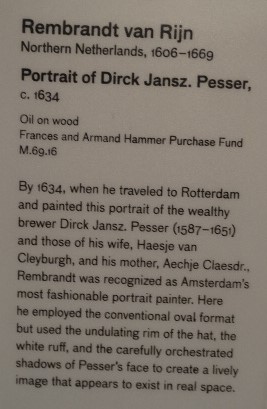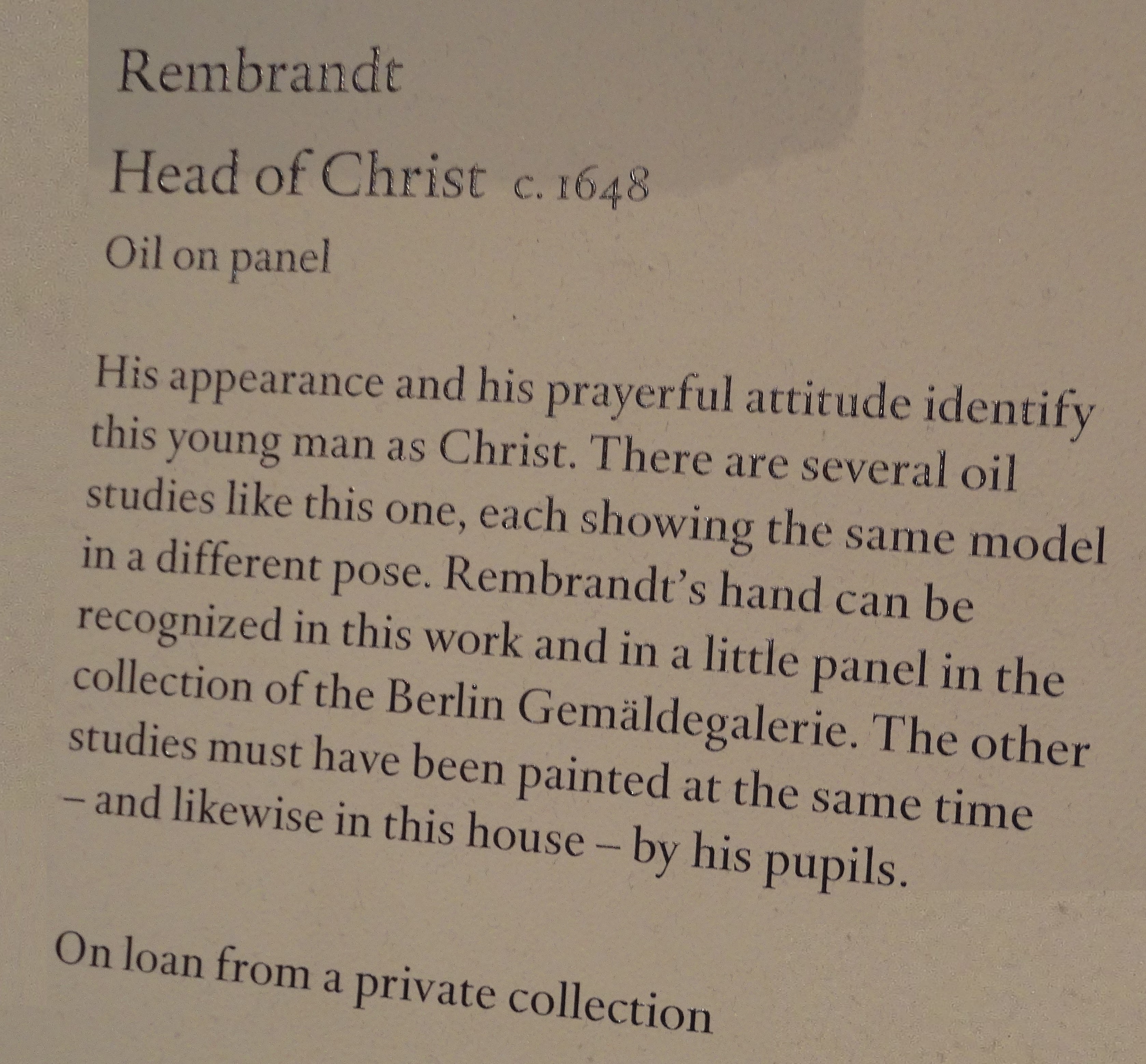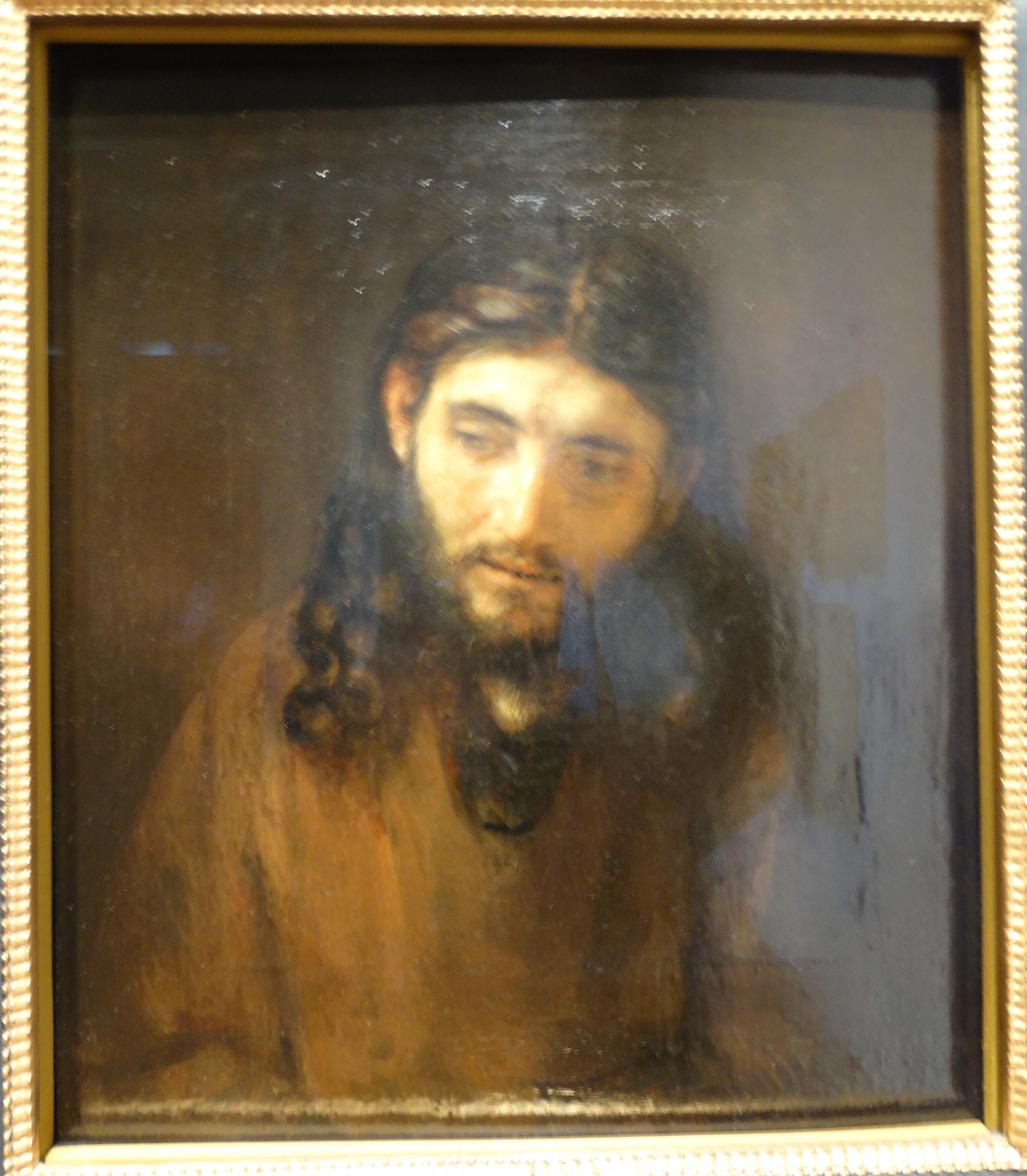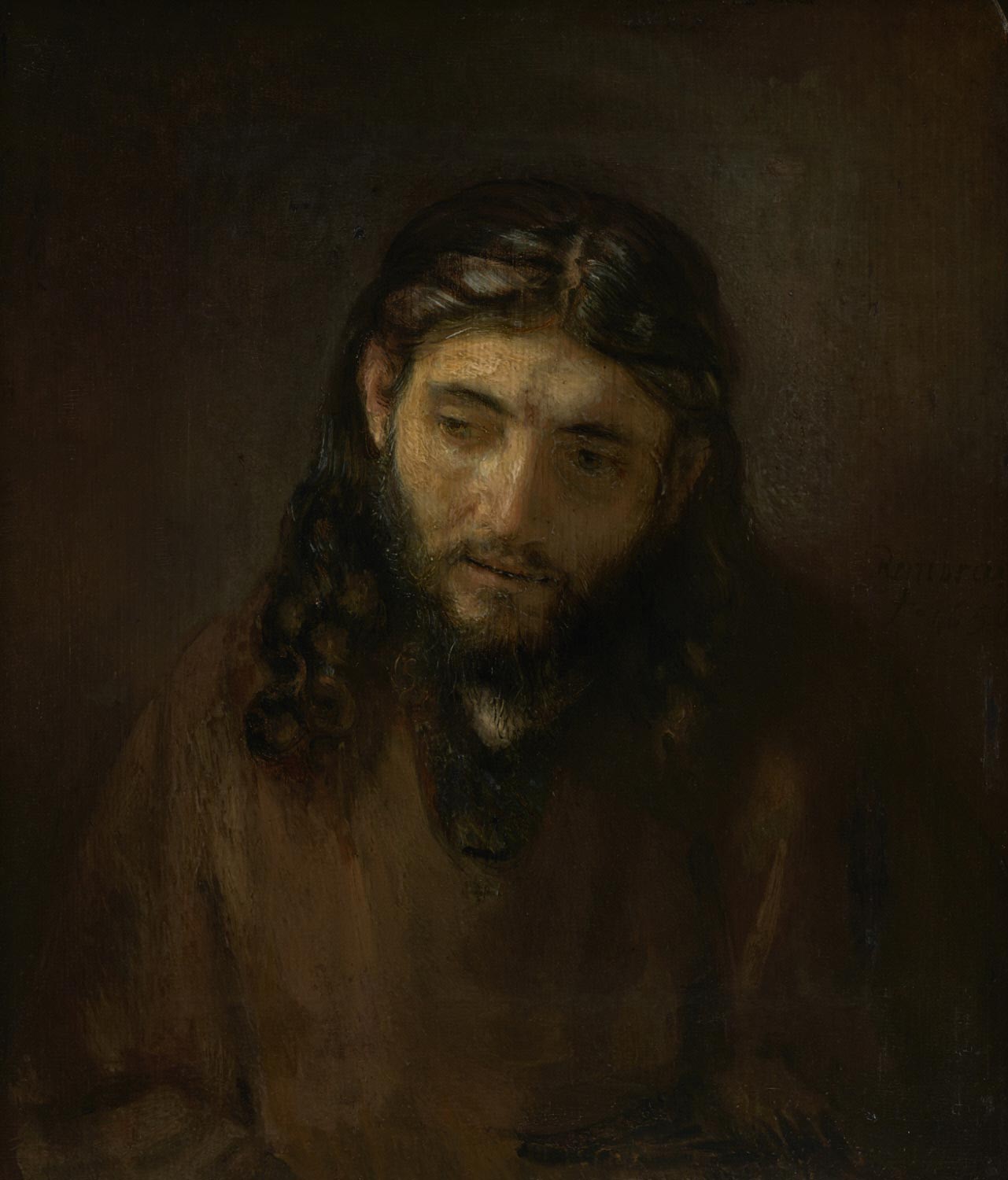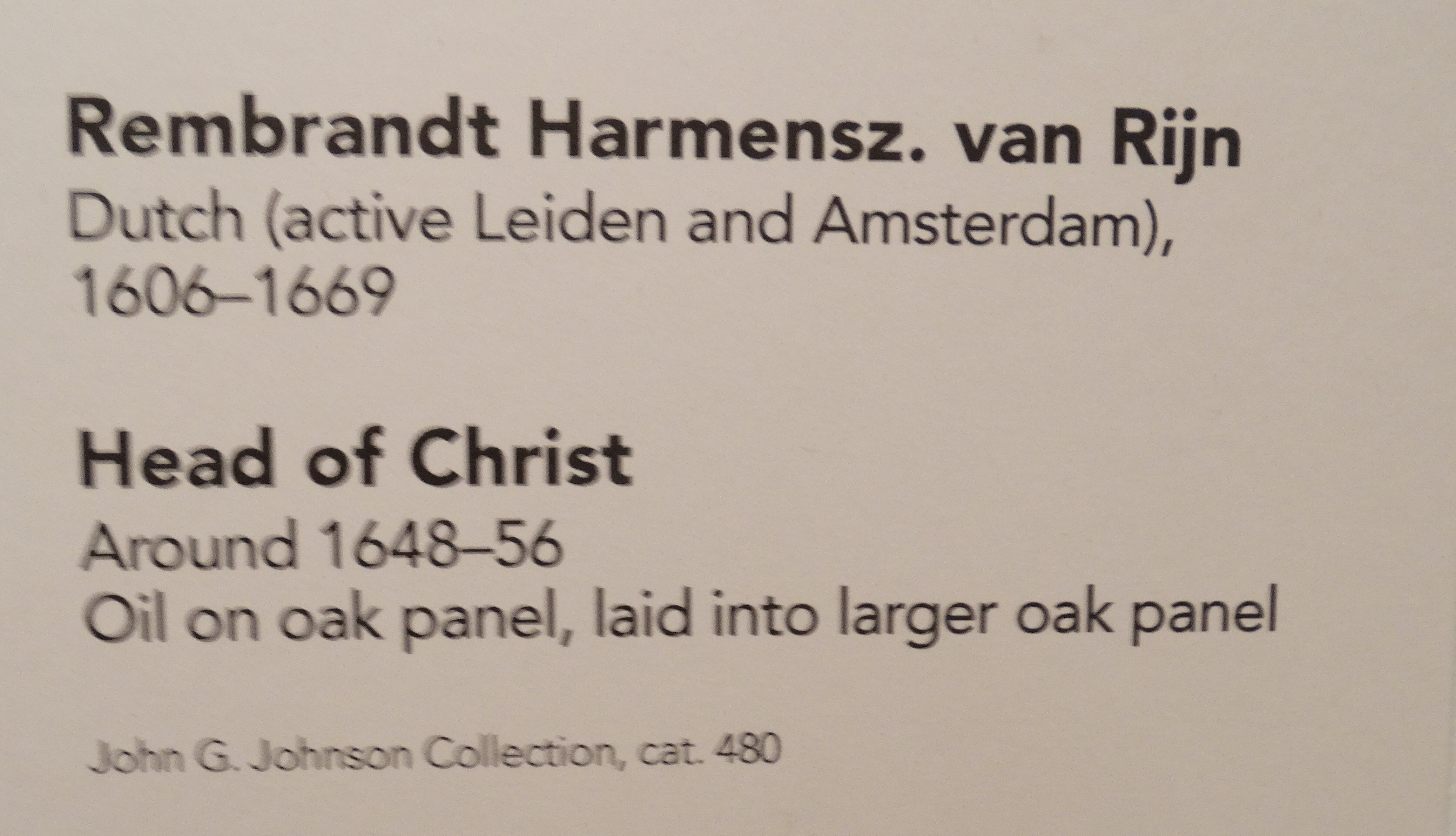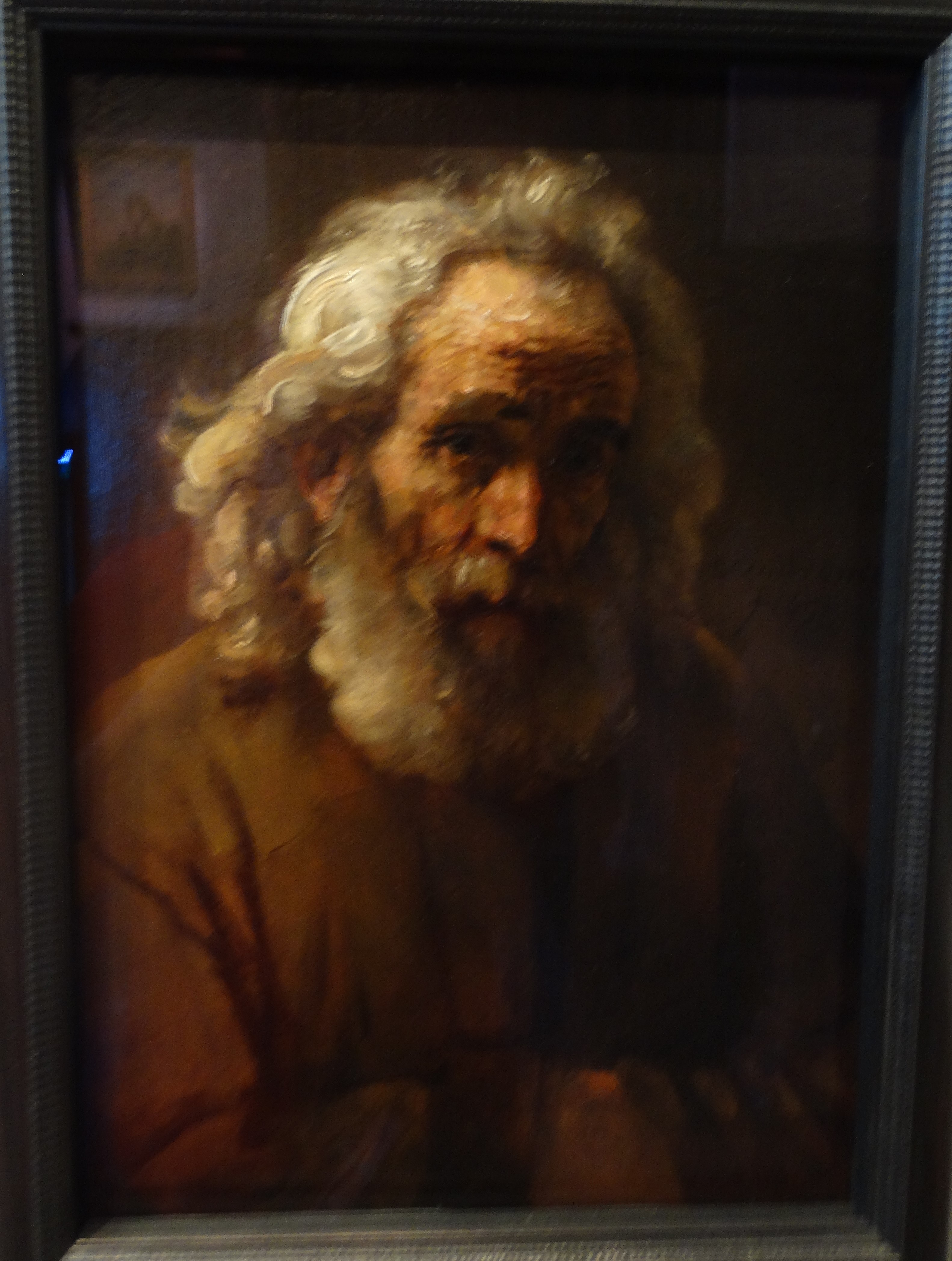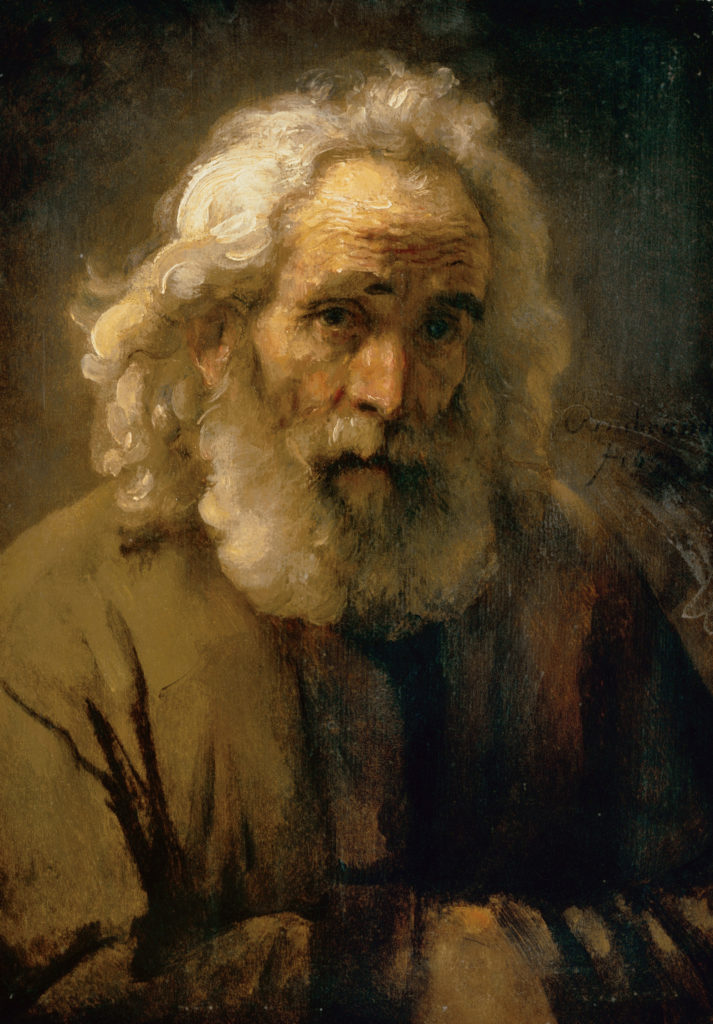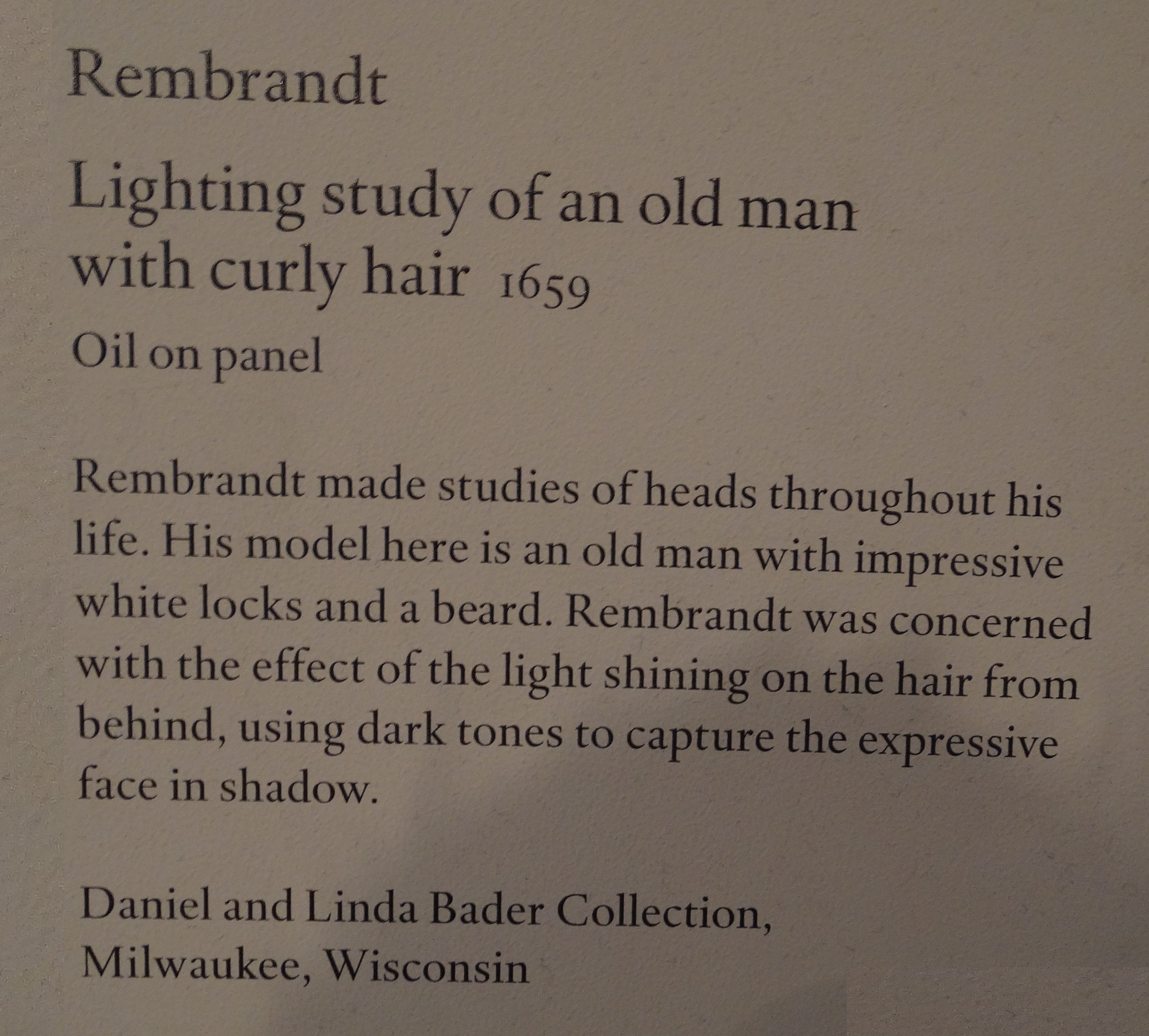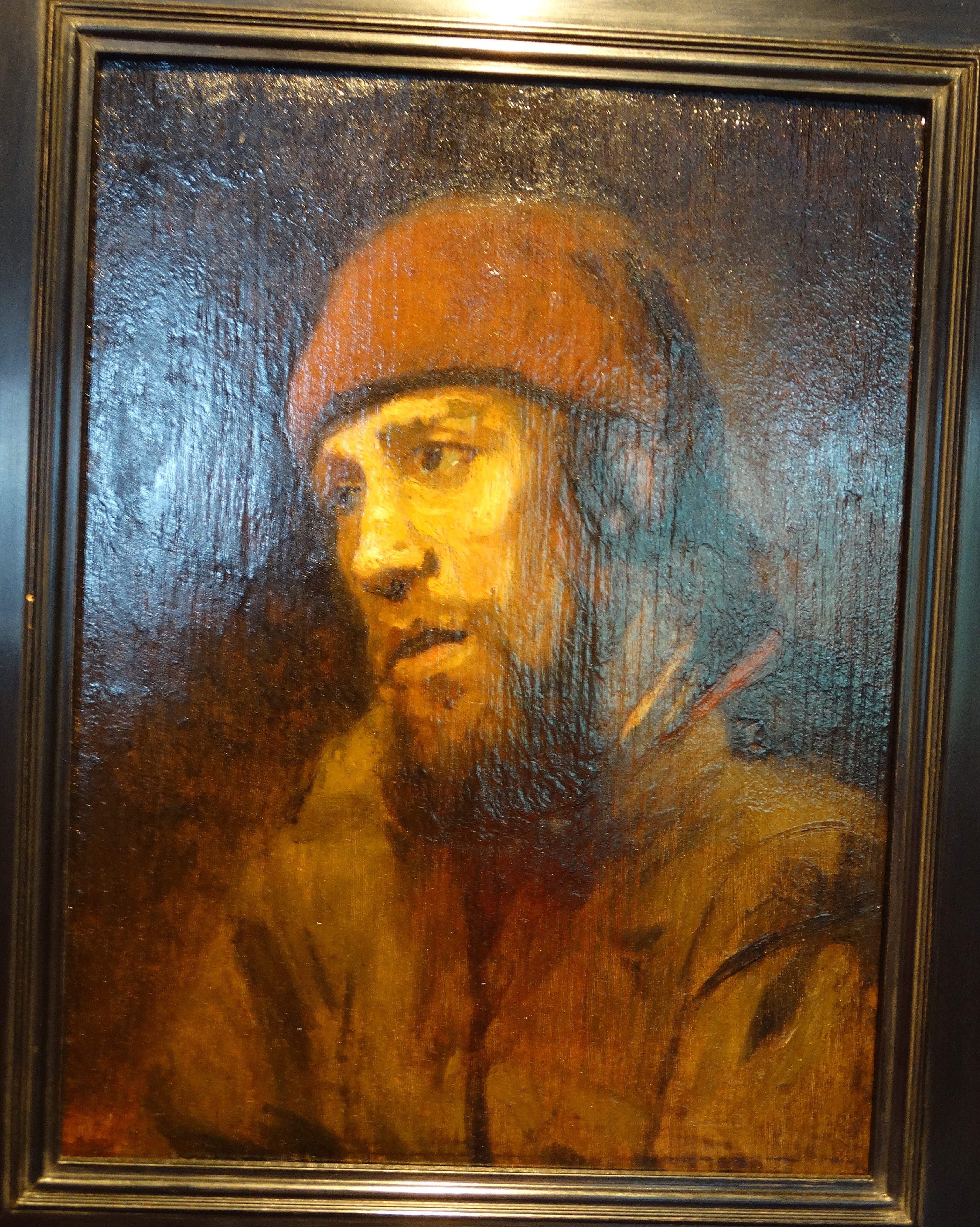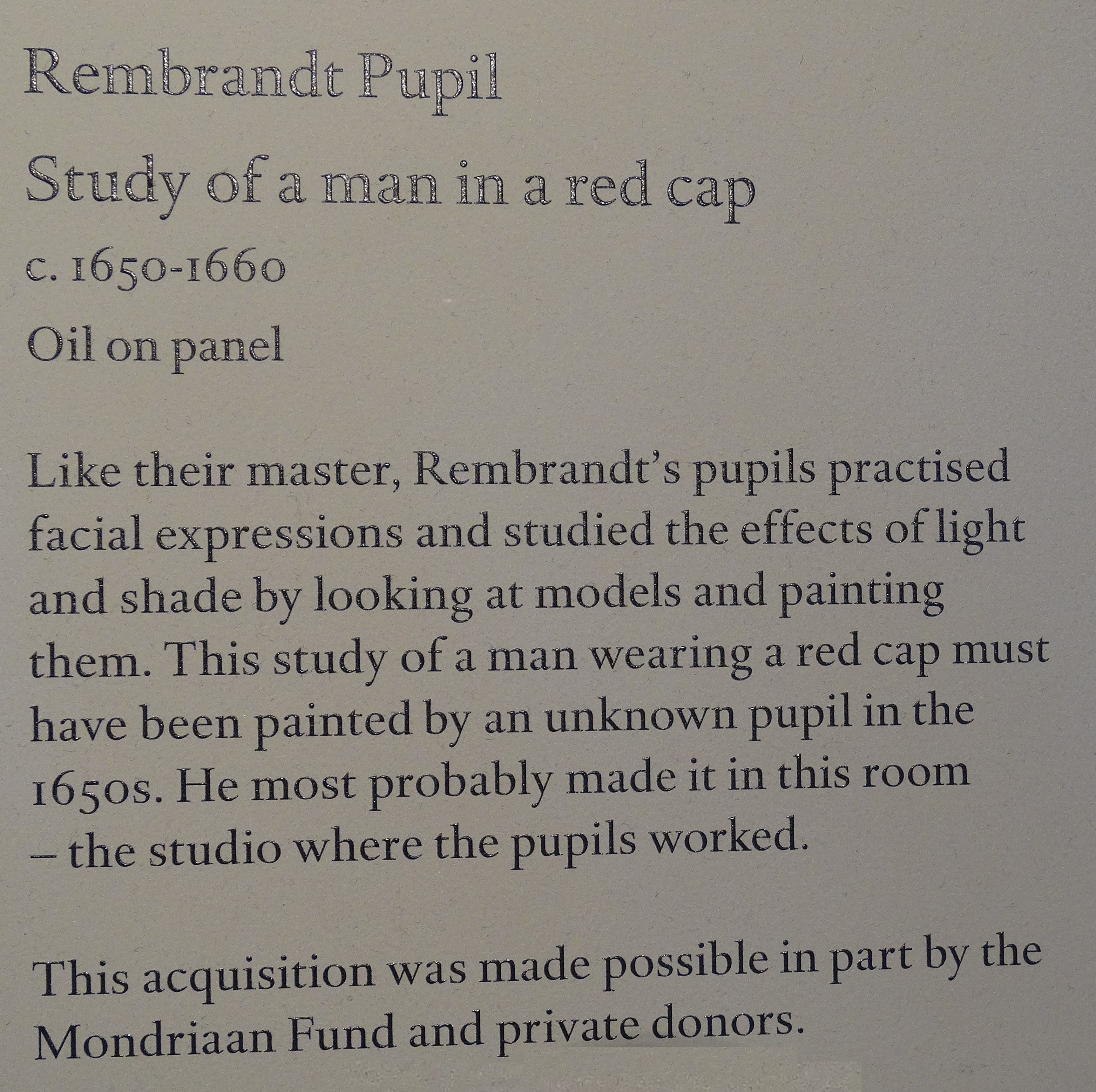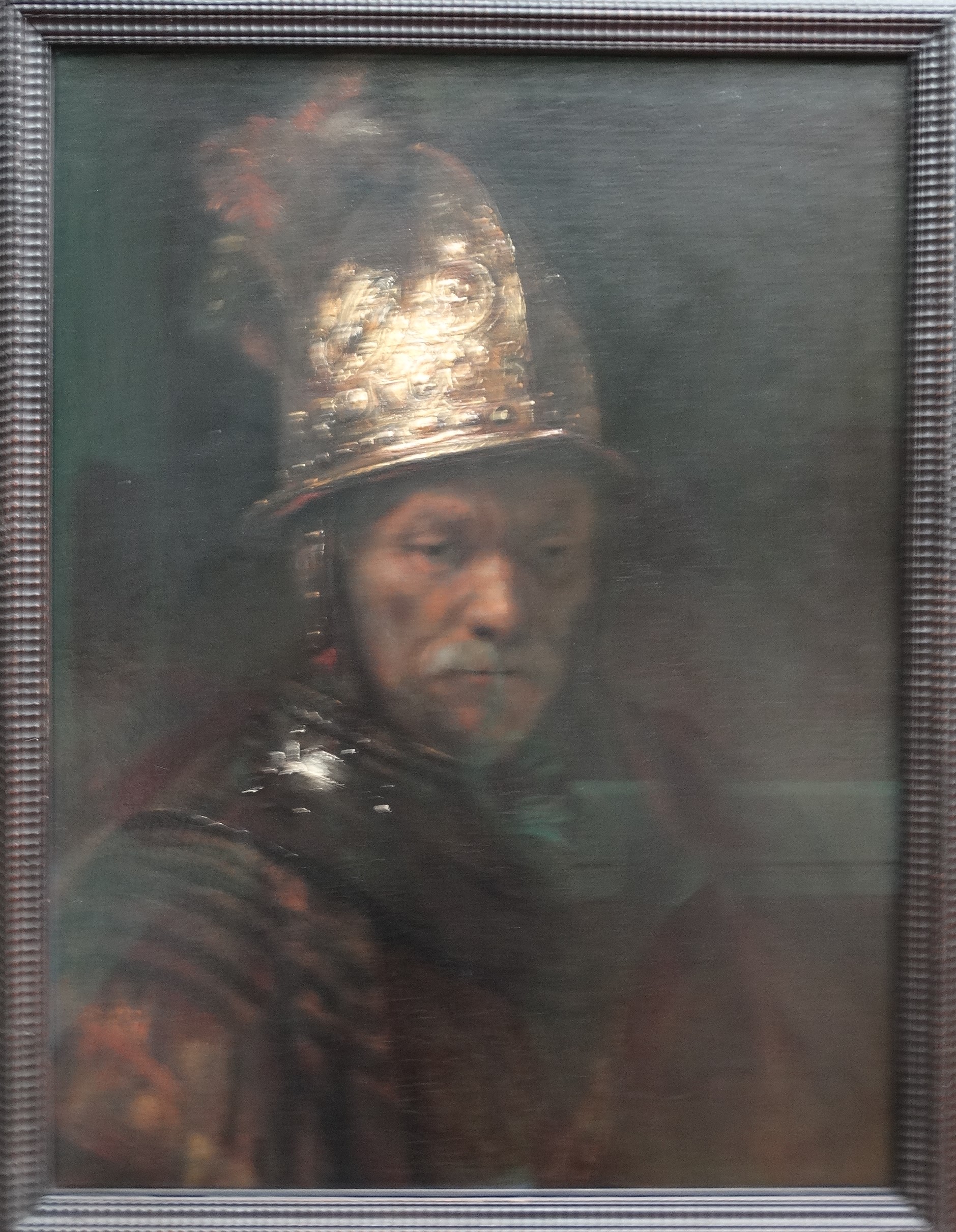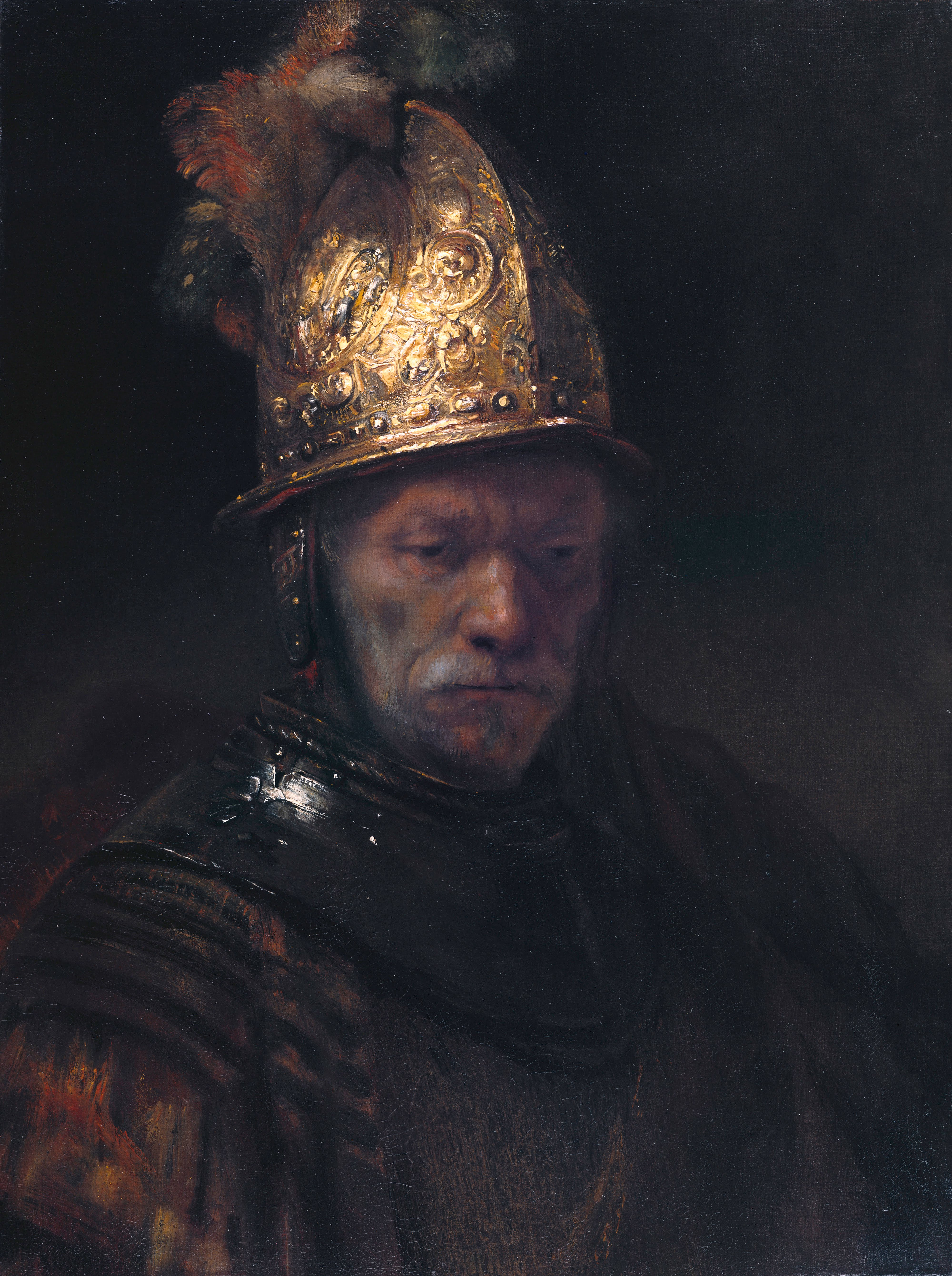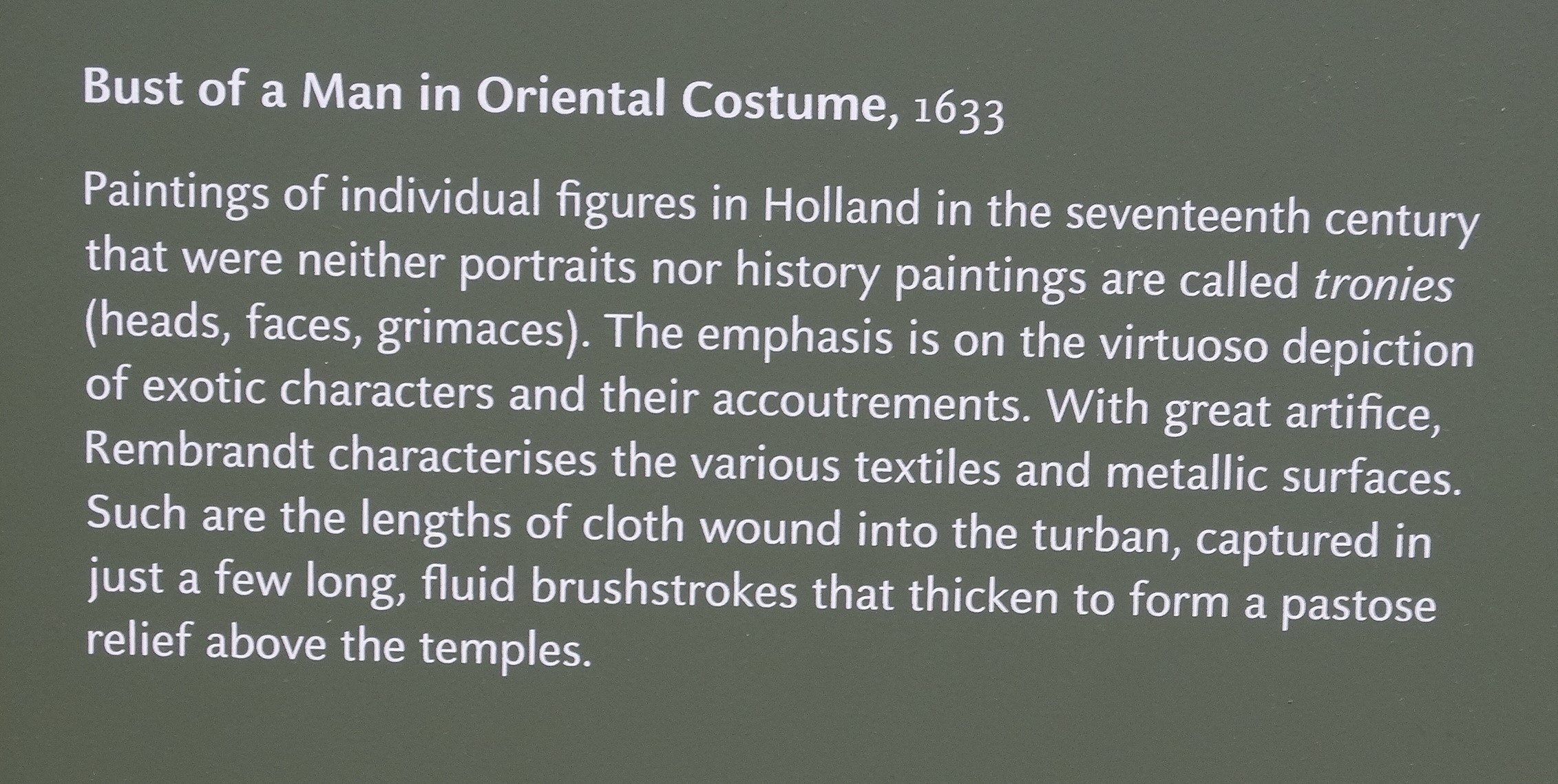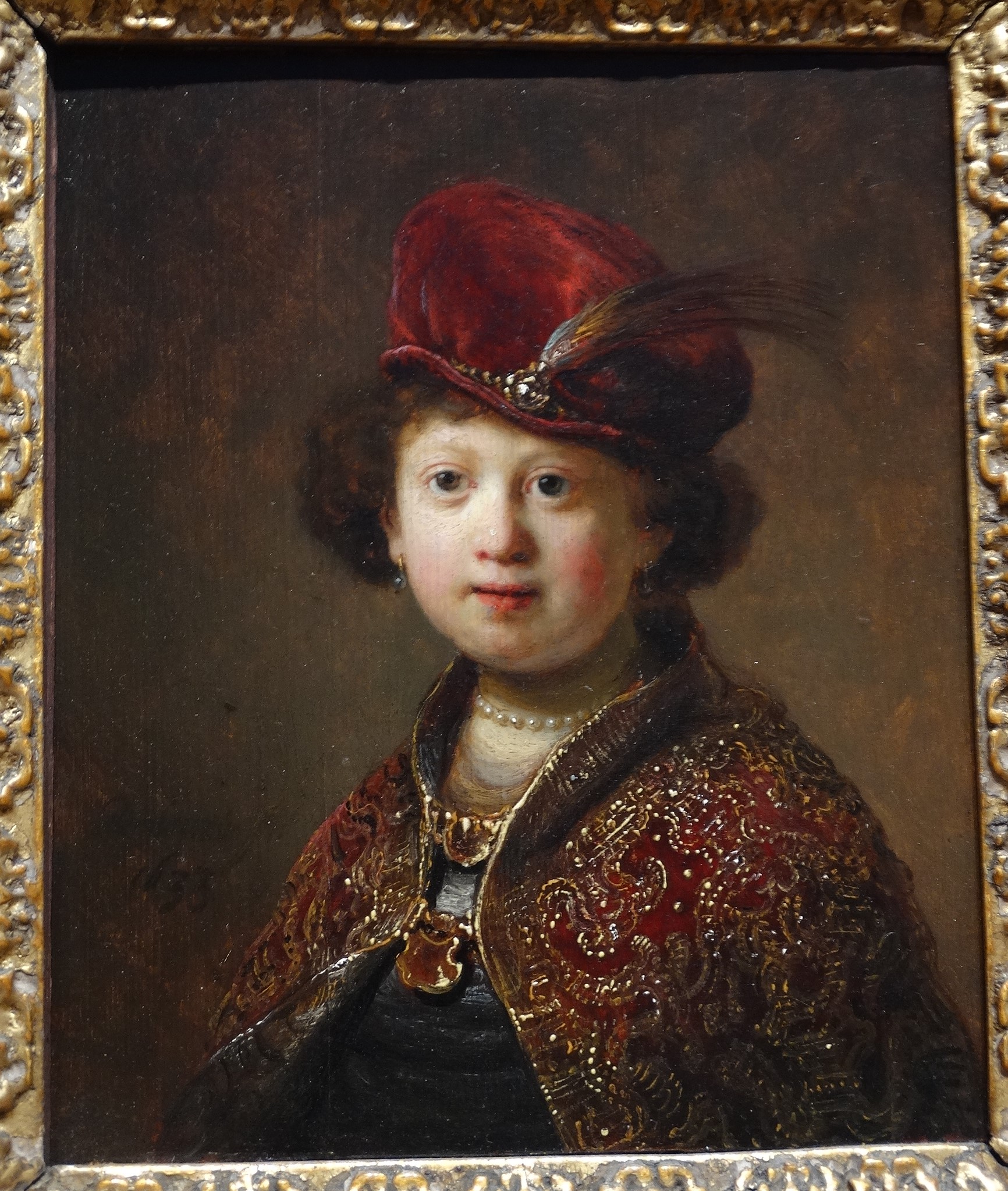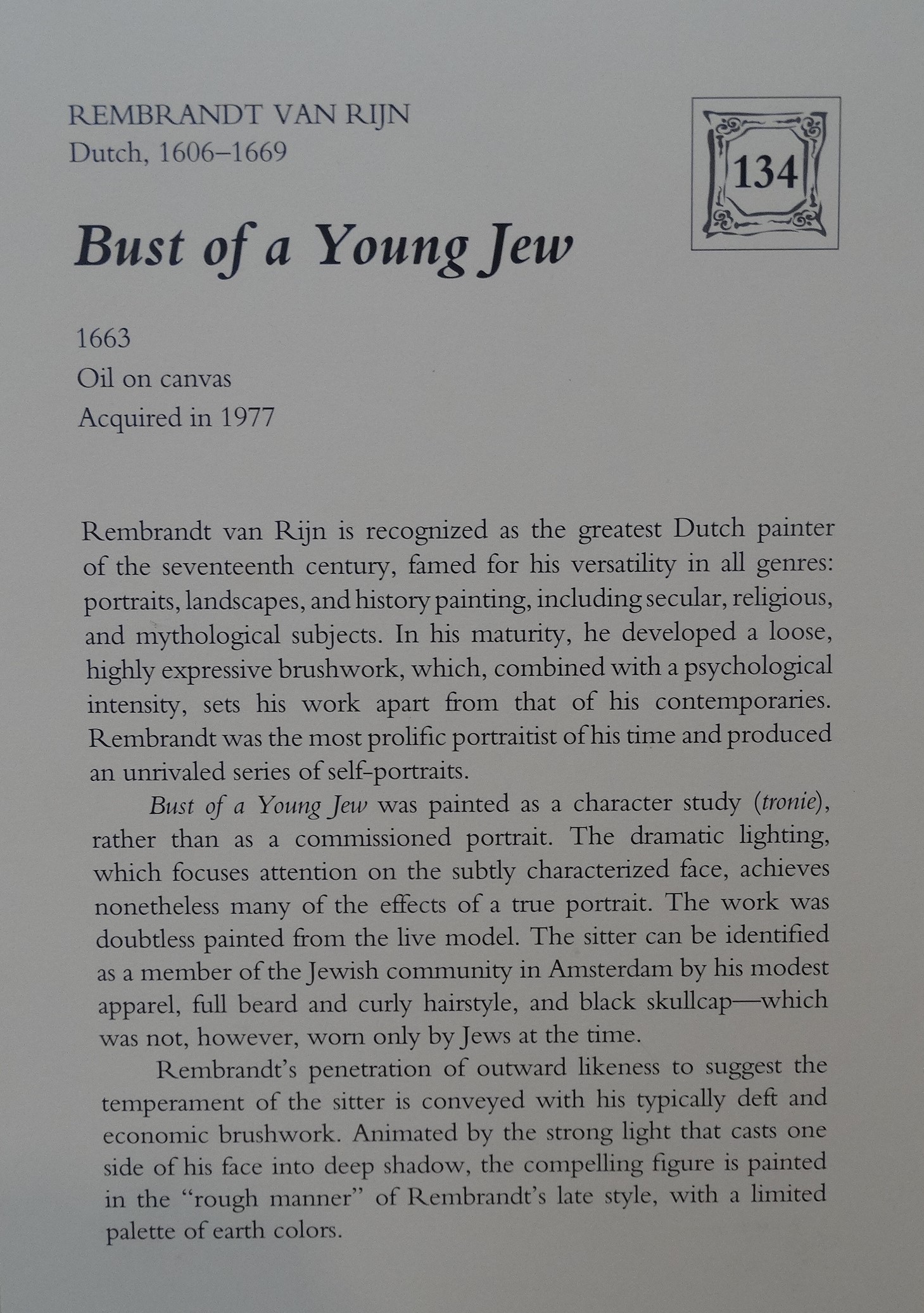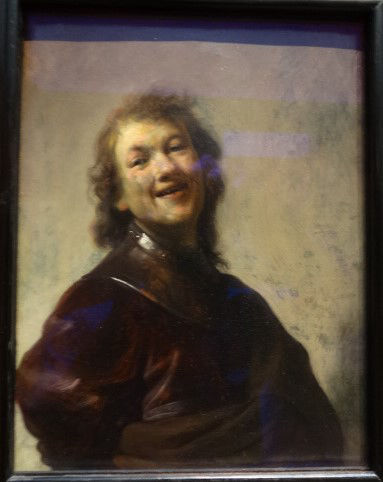 Rembrandt Harmenszoon van Rijn, Rembrandt Laughing, c. 1628
Rembrandt Harmenszoon van Rijn, Rembrandt Laughing, c. 1628
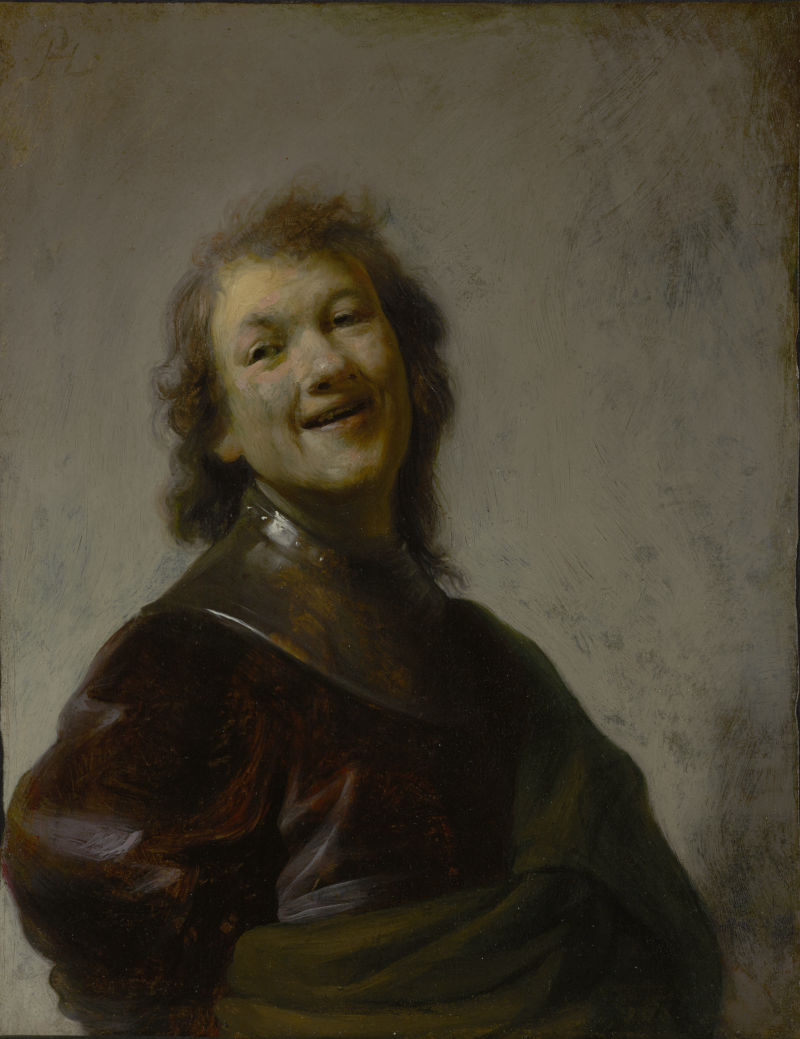
Original, J. Paul Getty Museum, Los Angeles. Visited in 2018.
 Rembrandt Harmenszoon van Rijn, Rembrandt Laughing, c. 1628
Rembrandt Harmenszoon van Rijn, Rembrandt Laughing, c. 1628  Rembrandt Harmenszoon van Rijn, Self-Portrait, 1629
Rembrandt Harmenszoon van Rijn, Self-Portrait, 1629
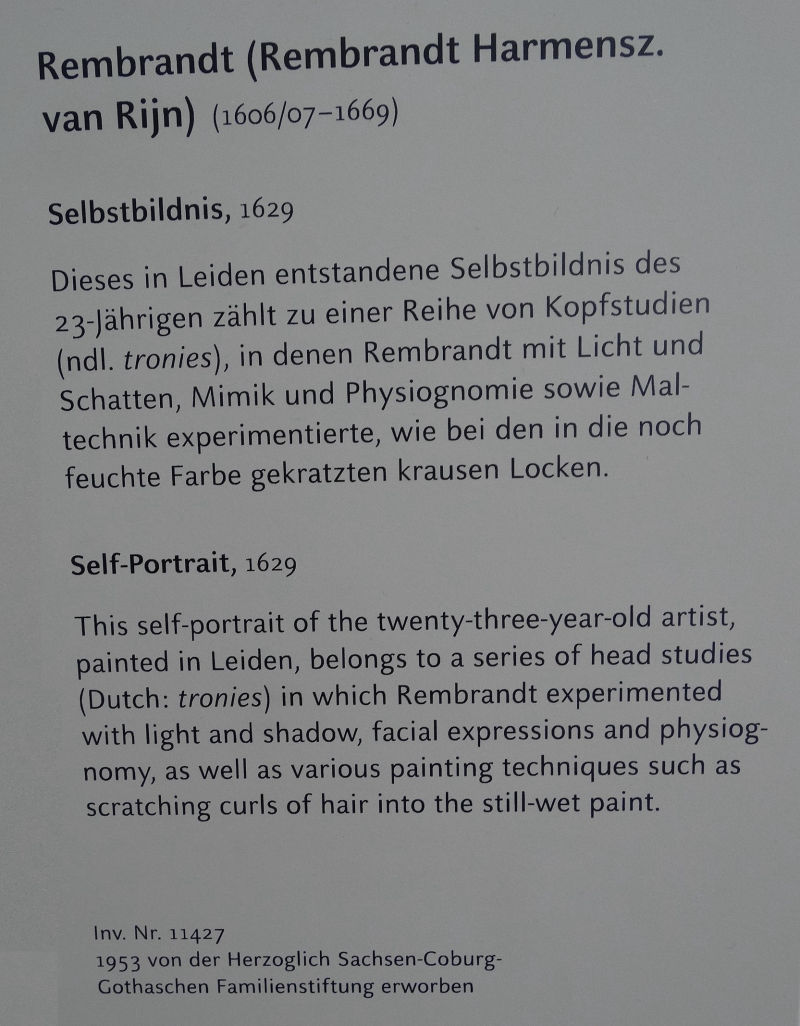 Original, The Pinakotheken, Munich. Visited in 2019.
Original, The Pinakotheken, Munich. Visited in 2019. Rembrandt Harmenszoon van Rijn, Self Portrait at the Age of 34, 1640
Rembrandt Harmenszoon van Rijn, Self Portrait at the Age of 34, 1640
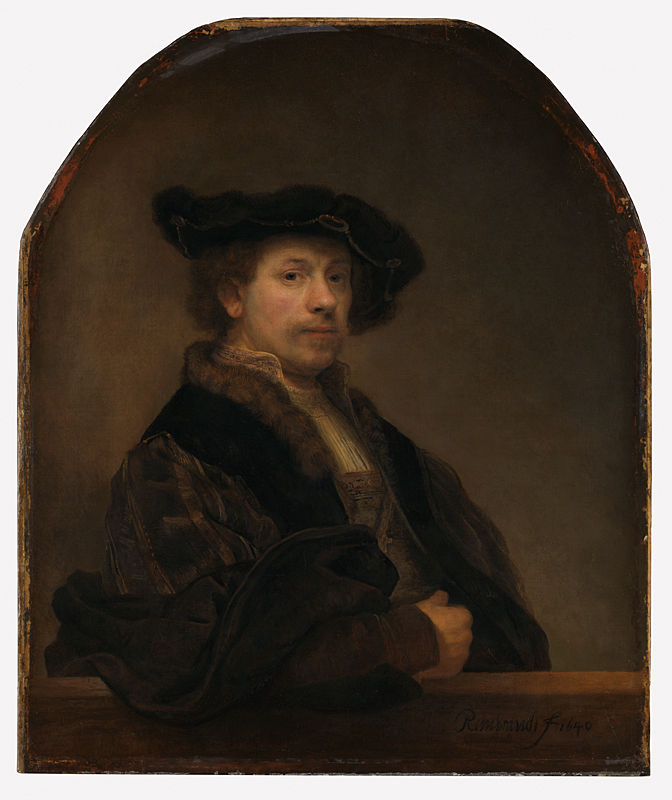 Original, The National Gallery, London. Visited in 2018-19.
Original, The National Gallery, London. Visited in 2018-19.
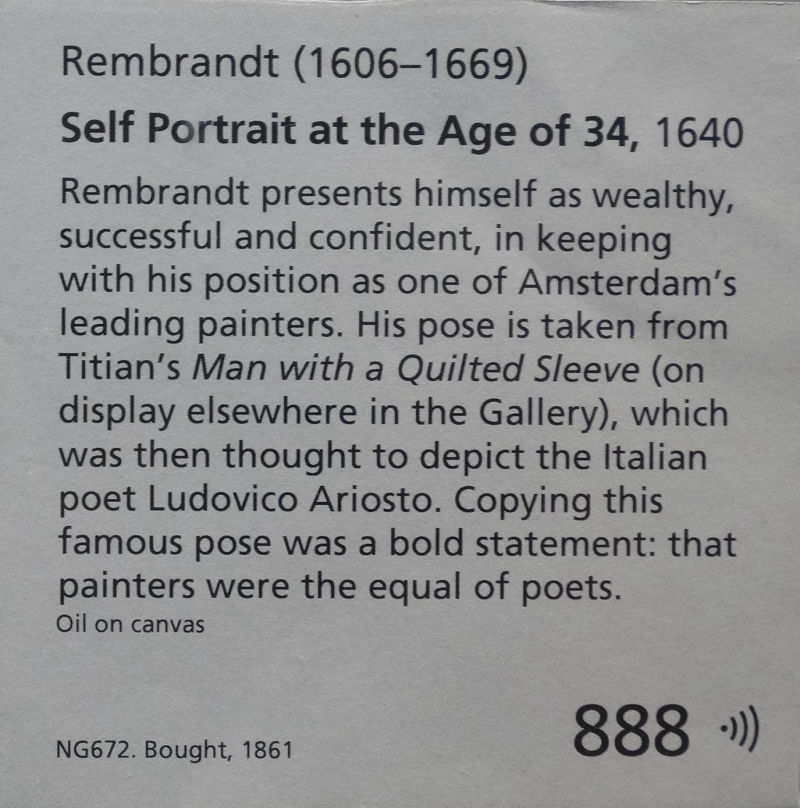 Rembrandt Harmenszoon van Rijn, Self Portrait at the Age of 34, 1640
Rembrandt Harmenszoon van Rijn, Self Portrait at the Age of 34, 1640
 Rembrandt Harmenszoon van Rijn, Self-Portrait, Wearing a Flat Cap, c. 1642
Rembrandt Harmenszoon van Rijn, Self-Portrait, Wearing a Flat Cap, c. 1642
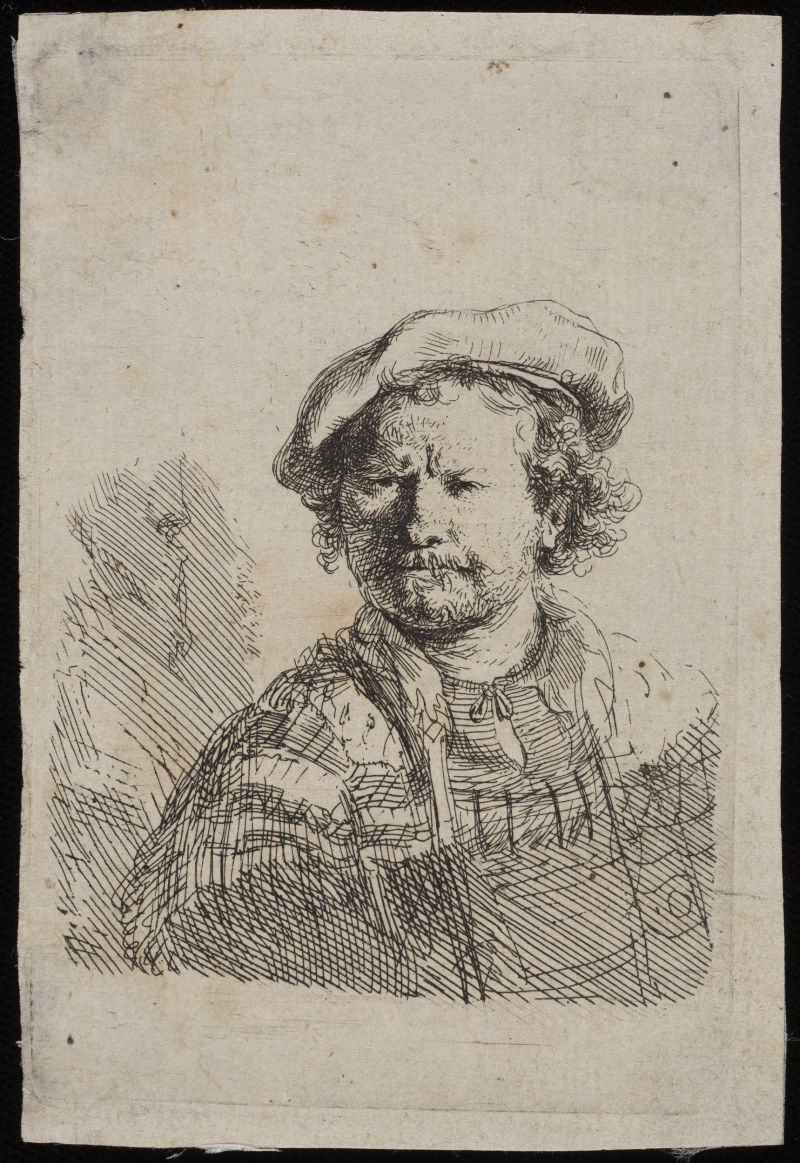 Original, Rembrandt Museum, Amsterdam. Visited in 2018.
Original, Rembrandt Museum, Amsterdam. Visited in 2018.
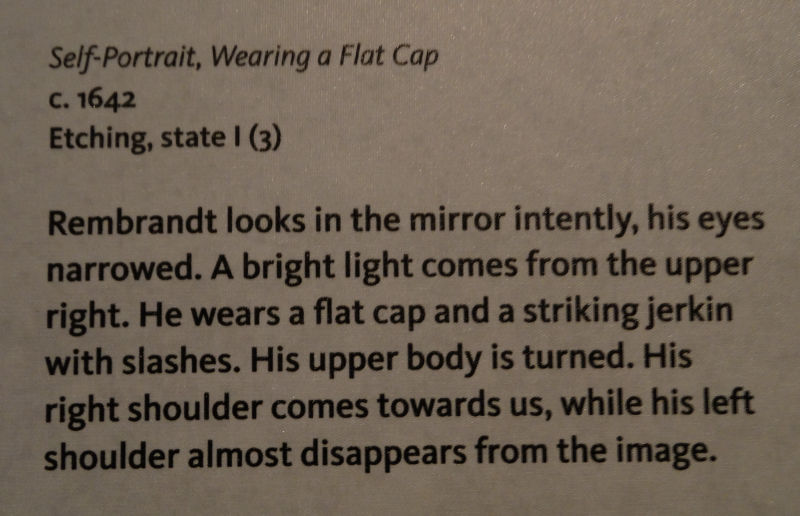 Rembrandt Harmenszoon van Rijn, Self-Portrait, Wearing a Flat Cap, c. 1642
Rembrandt Harmenszoon van Rijn, Self-Portrait, Wearing a Flat Cap, c. 1642
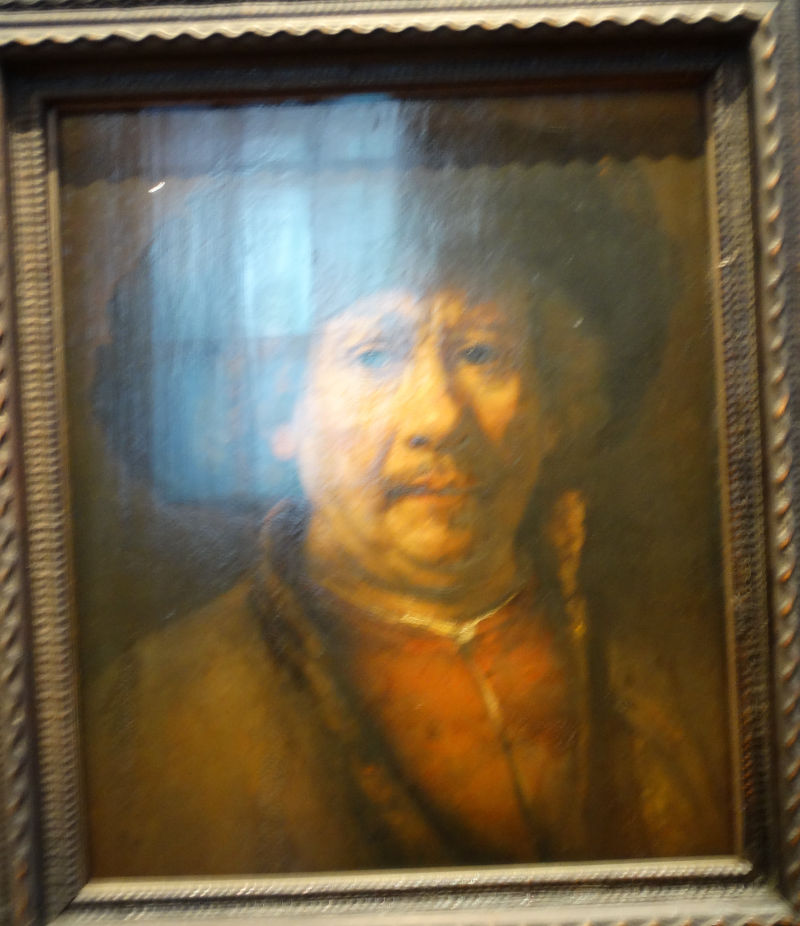 Rembrandt Harmenszoon van Rijn, Small Self Portrait, ca. 1657
Rembrandt Harmenszoon van Rijn, Small Self Portrait, ca. 1657
 Original, Kunsthistorisches Museum Vienna. Visited in 2017-2020.
Original, Kunsthistorisches Museum Vienna. Visited in 2017-2020.
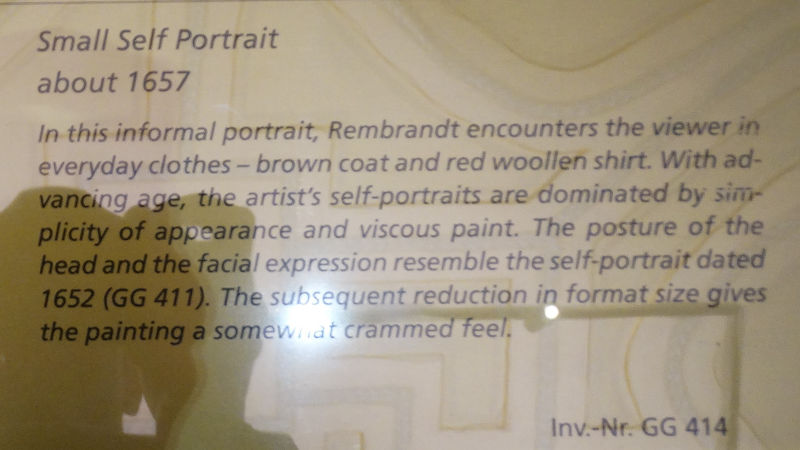 Rembrandt Harmenszoon van Rijn, Small Self Portrait, ca. 1657
Rembrandt Harmenszoon van Rijn, Small Self Portrait, ca. 1657
 Rembrandt Harmenszoon van Rijn, Self-Portrait, 1658
Rembrandt Harmenszoon van Rijn, Self-Portrait, 1658
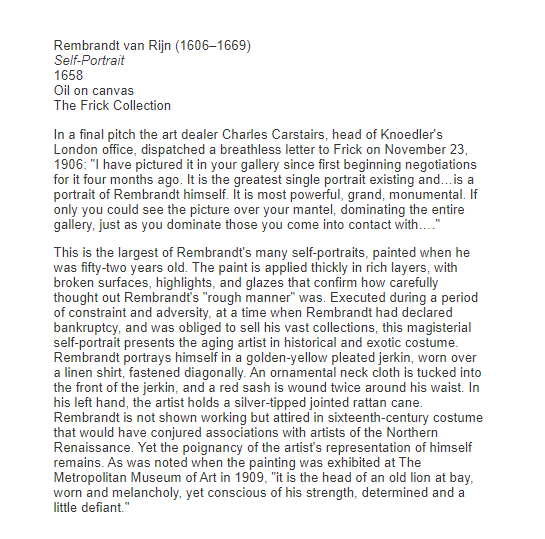 Original, Frick Collections, New York. Visited in 2018.
Original, Frick Collections, New York. Visited in 2018.
 Rembrandt Harmenszoon van Rijn, Titus van Rijn, the Artist’s Son, Reading, ca. 1656-57
Rembrandt Harmenszoon van Rijn, Titus van Rijn, the Artist’s Son, Reading, ca. 1656-57
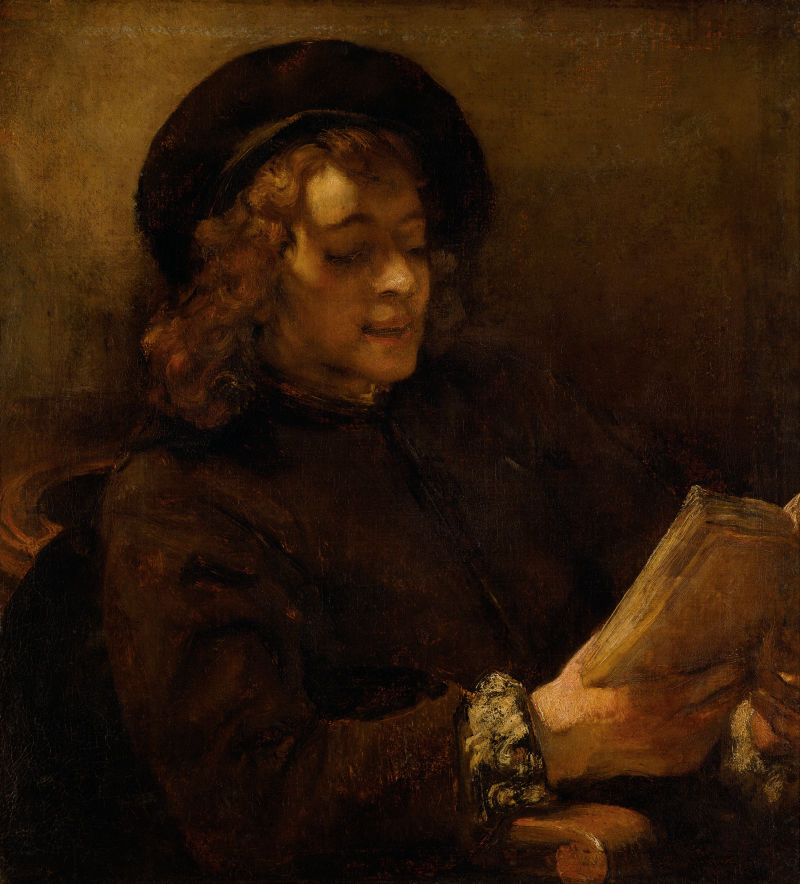 Original, Kunsthistorisches Museum Vienna. Visited in 2017-19.
Original, Kunsthistorisches Museum Vienna. Visited in 2017-19.
 Rembrandt Harmenszoon van Rijn, Titus van Rijn, the Artist’s Son, Reading, ca. 1656-57
Rembrandt Harmenszoon van Rijn, Titus van Rijn, the Artist’s Son, Reading, ca. 1656-57
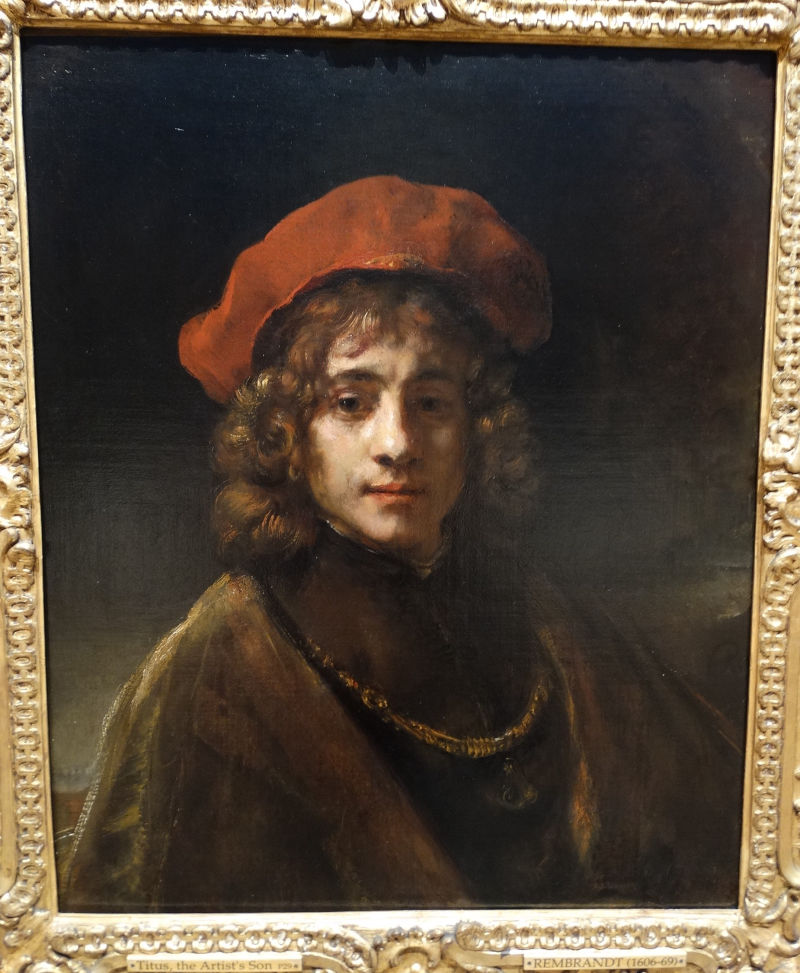 Rembrandt Harmenszoon van Rijn, Titus, the Artist`s Son, c. 1657
Rembrandt Harmenszoon van Rijn, Titus, the Artist`s Son, c. 1657
 Original, The Wallace Collection, London. Visited in 2018.
Original, The Wallace Collection, London. Visited in 2018.
 Rembrandt Harmenszoon van Rijn, Titus, the Artist`s Son, c. 1657
Rembrandt Harmenszoon van Rijn, Titus, the Artist`s Son, c. 1657
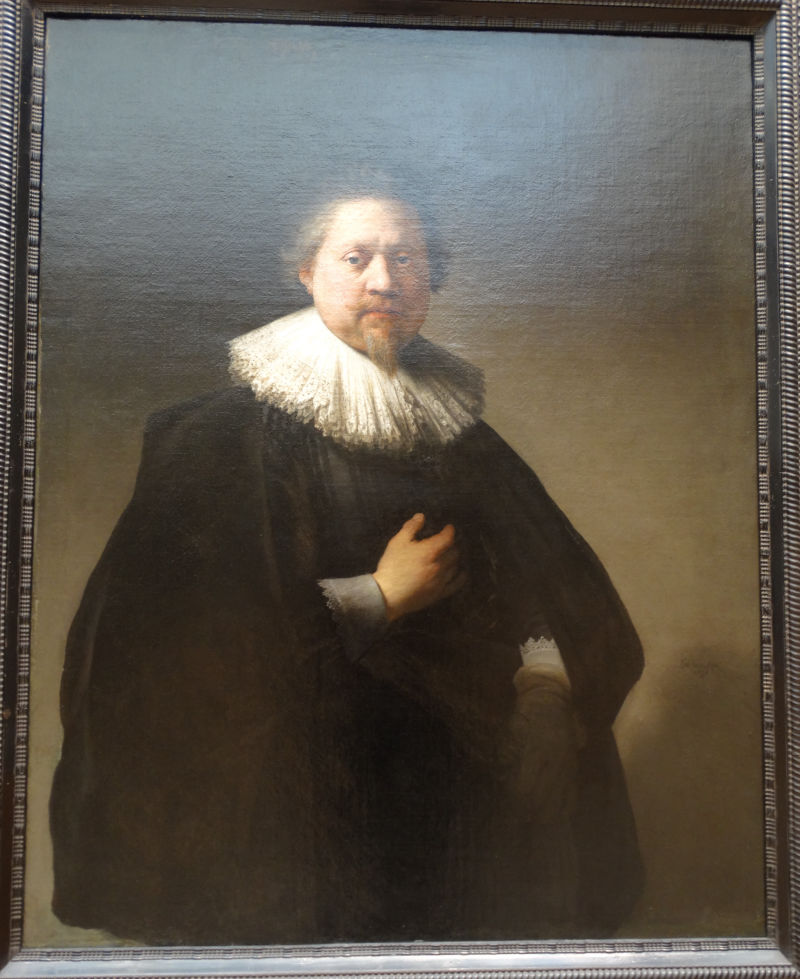 Rembrandt Harmenszoon van Rijn, Portrait of a Man, probably a Member of the Van Beresteyn Family, 1632
Rembrandt Harmenszoon van Rijn, Portrait of a Man, probably a Member of the Van Beresteyn Family, 1632
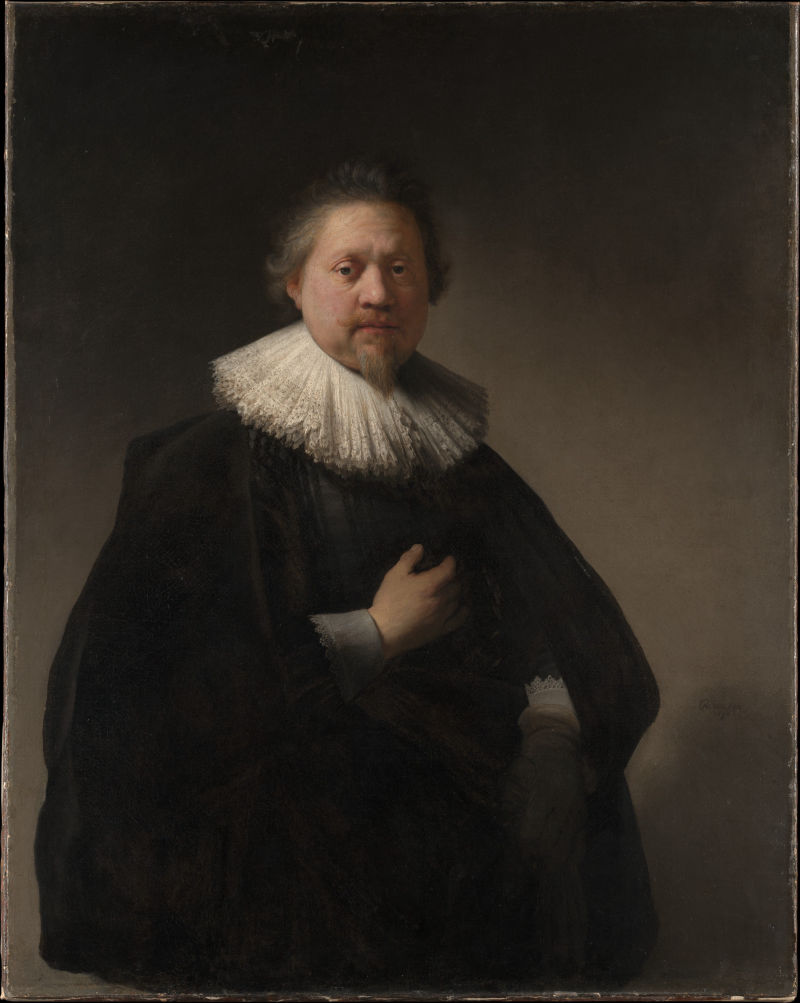
Original, The Metropolitan Museum of Art, New York. Visited in 2017-2021.
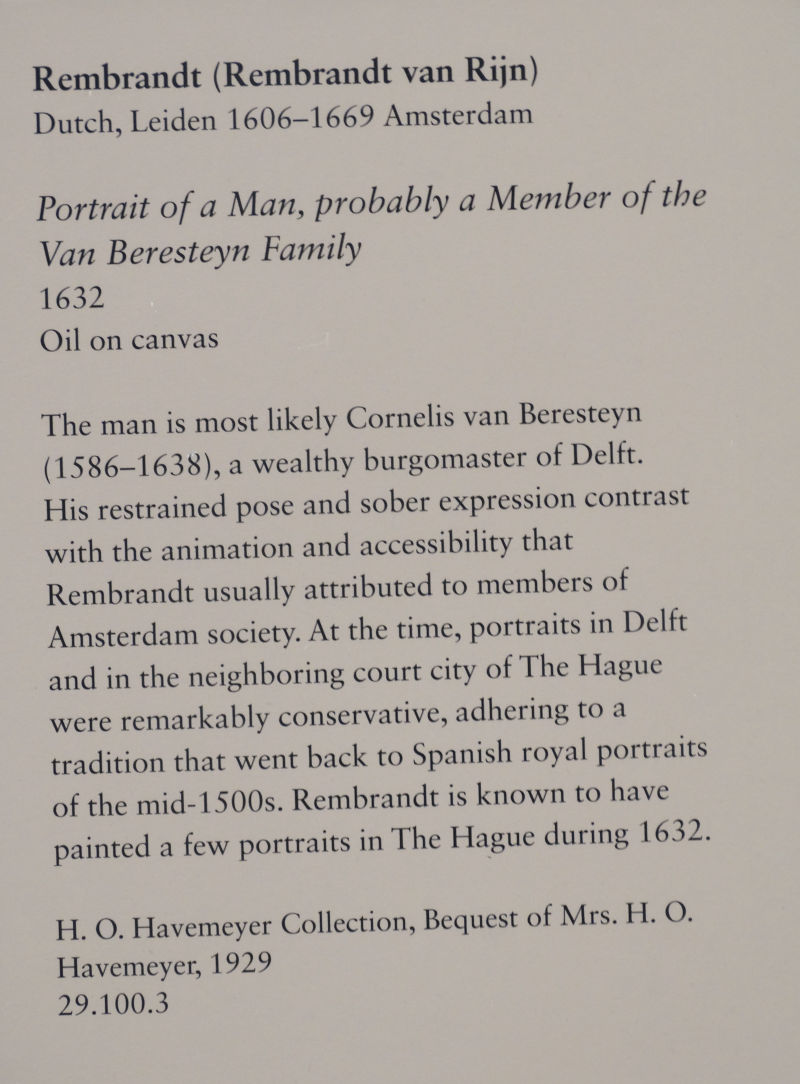 Rembrandt Harmenszoon van Rijn, Portrait of a Man, probably a Member of the Van Beresteyn Family, 1632
Rembrandt Harmenszoon van Rijn, Portrait of a Man, probably a Member of the Van Beresteyn Family, 1632
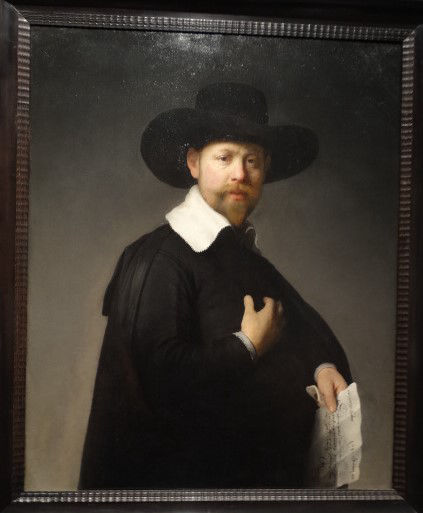 Rembrandt Harmenszoon van Rijn, Portrait of Marten Looten, 1632
Rembrandt Harmenszoon van Rijn, Portrait of Marten Looten, 1632
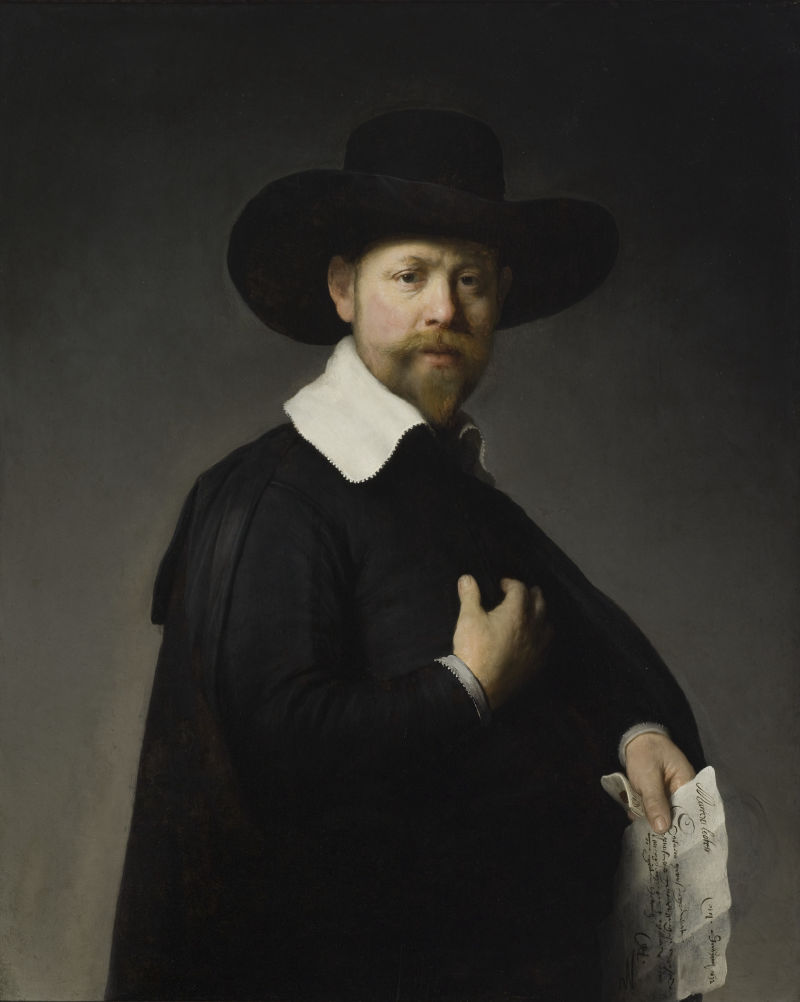 Original, Los Angeles County Museum of Art. Visited in 2018.
Original, Los Angeles County Museum of Art. Visited in 2018.
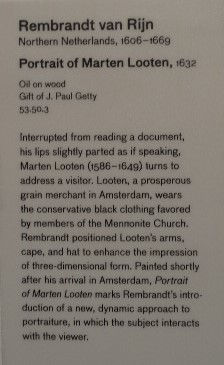 Rembrandt Harmenszoon van Rijn, Portrait of Marten Looten, 1632
Rembrandt Harmenszoon van Rijn, Portrait of Marten Looten, 1632
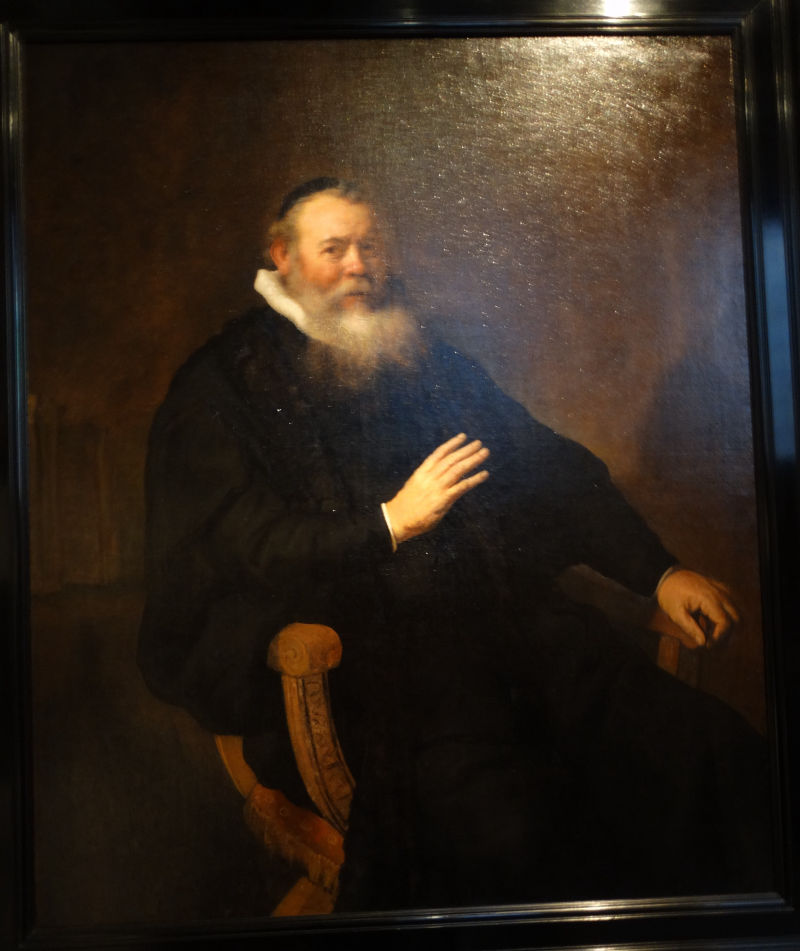 Rembrandt Harmenszoon van Rijn, Eleazar Swalmius, 1637
Rembrandt Harmenszoon van Rijn, Eleazar Swalmius, 1637
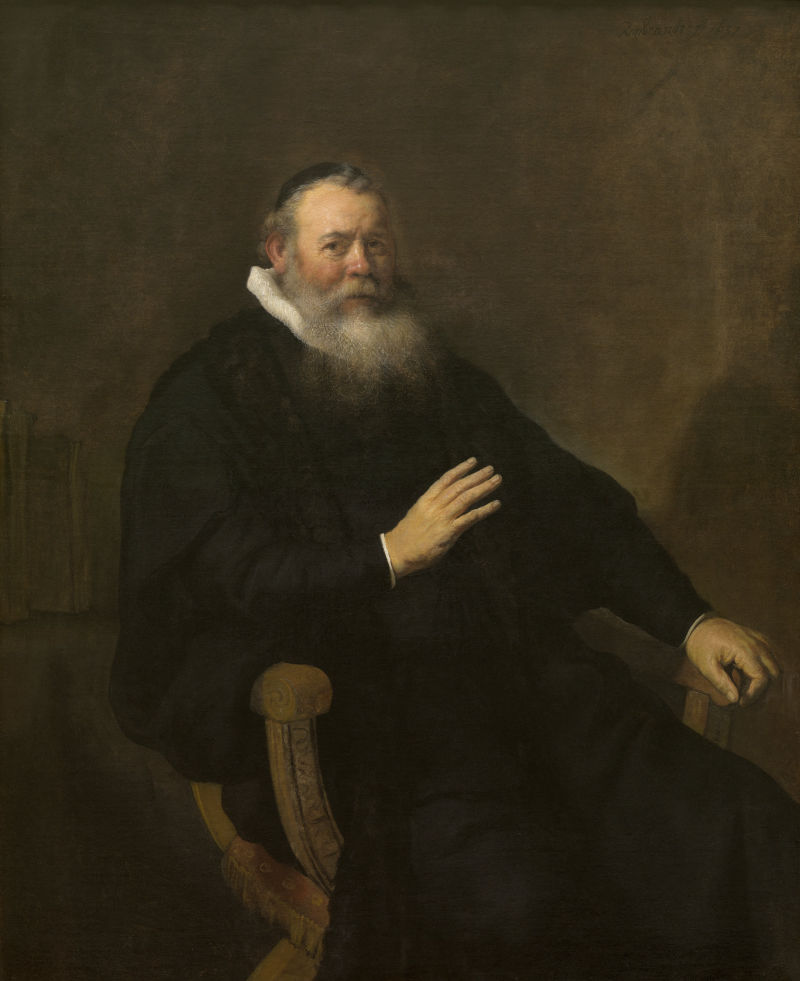 Original, Rembrandt Museum, Amsterdam. Visited in 2018.
Original, Rembrandt Museum, Amsterdam. Visited in 2018.
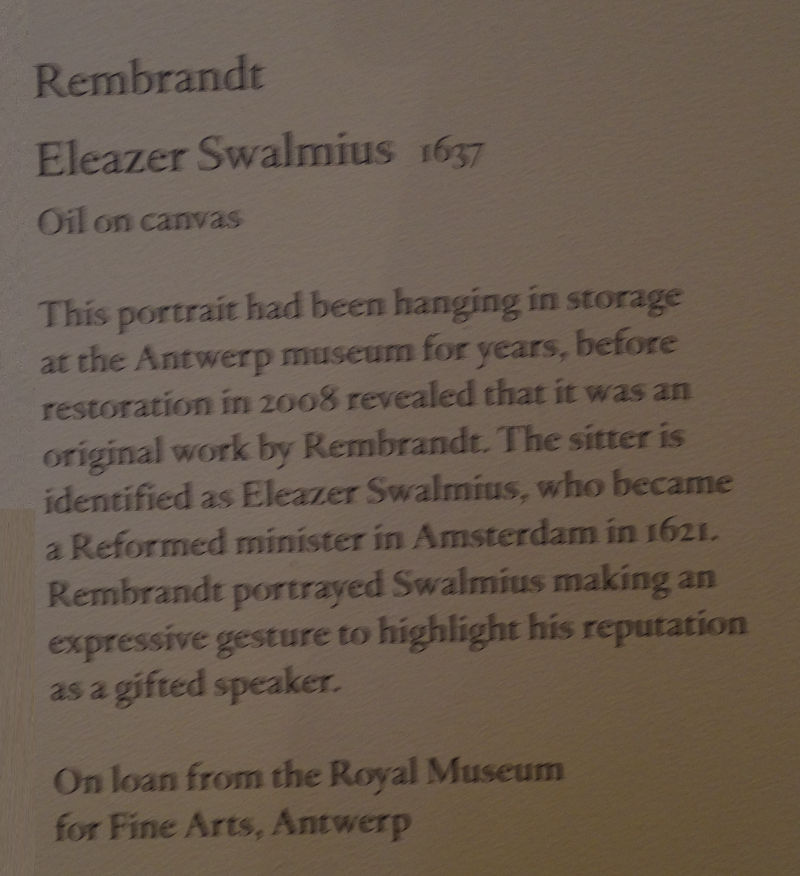 Rembrandt Harmenszoon van Rijn, Eleazar Swalmius, 1637
Rembrandt Harmenszoon van Rijn, Eleazar Swalmius, 1637
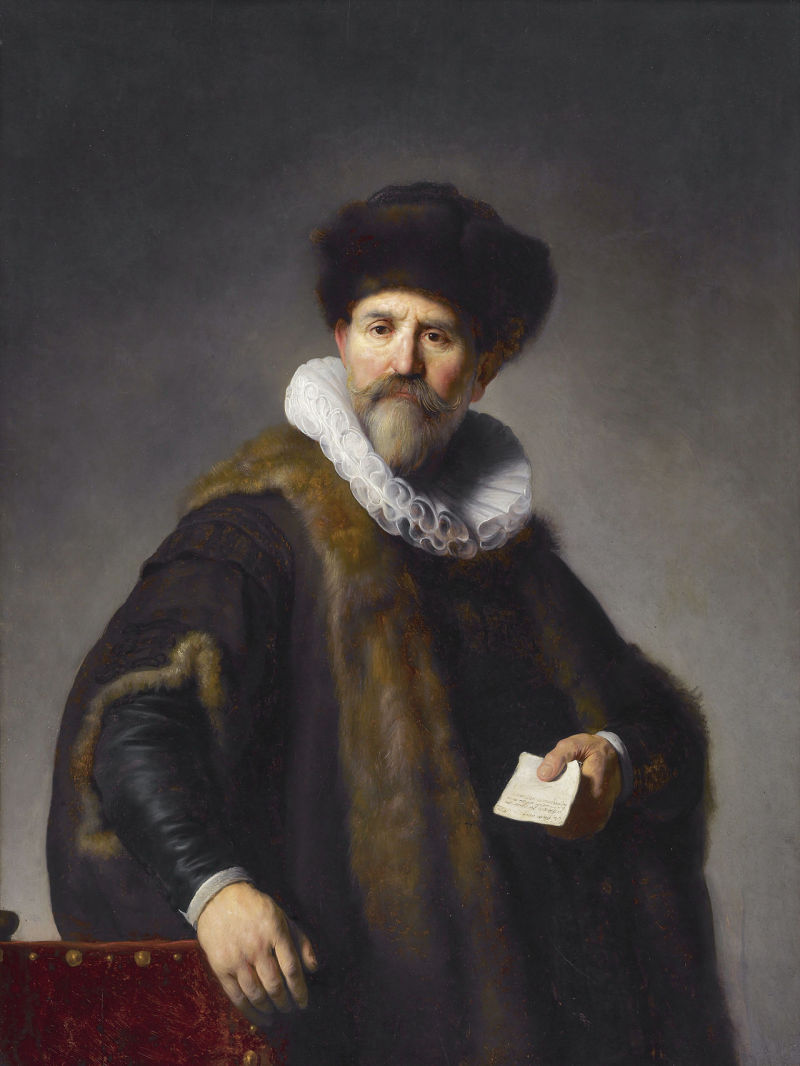 Rembrandt Harmenszoon van Rijn, Nicolaes Ruts, 1631
Rembrandt Harmenszoon van Rijn, Nicolaes Ruts, 1631
 Original, Frick Collections, New York. Visited in 2018.
Original, Frick Collections, New York. Visited in 2018.
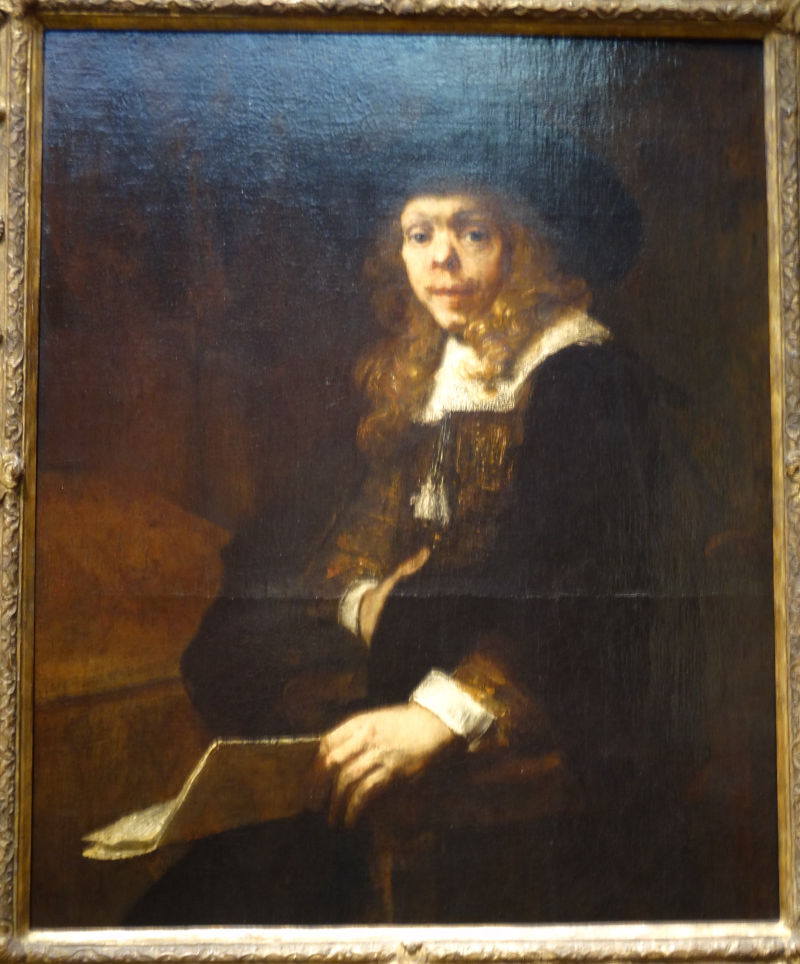 Rembrandt Harmenszoon van Rijn, Portrait of Gerard de Lairesse, 1965-67
Rembrandt Harmenszoon van Rijn, Portrait of Gerard de Lairesse, 1965-67
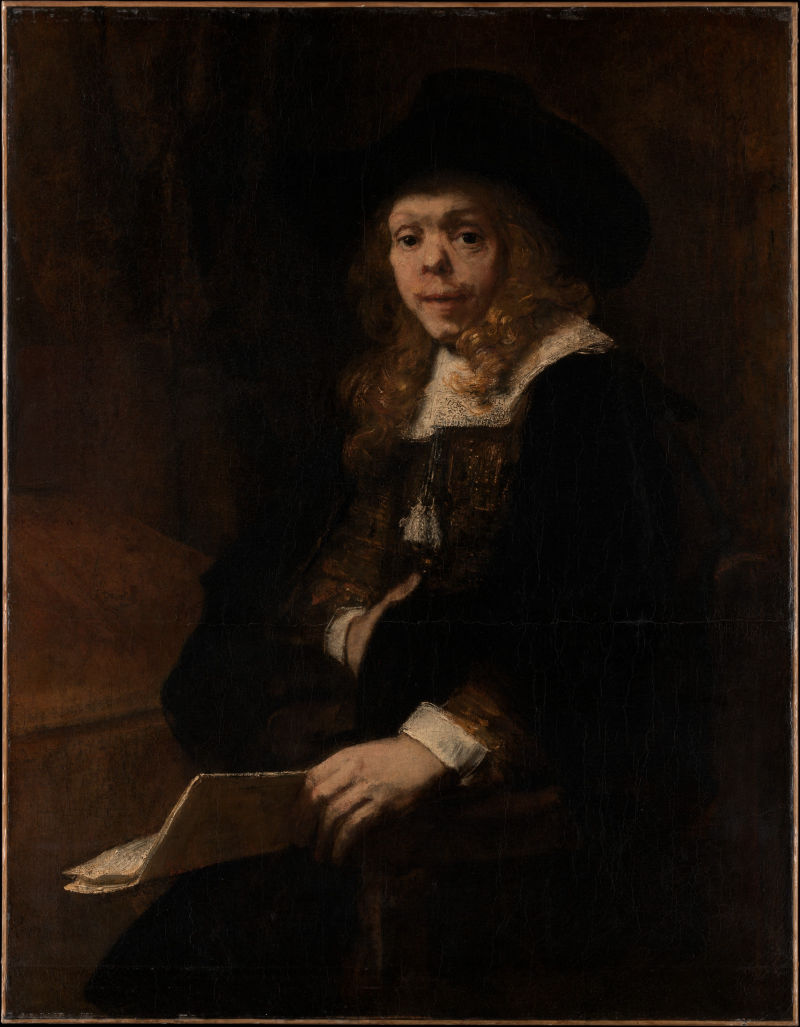
Original, The Metropolitan Museum of Art, New York. Visited in 2017-2021.
 Rembrandt Harmenszoon van Rijn, Portrait of Gerard de Lairesse, 1965-67
Rembrandt Harmenszoon van Rijn, Portrait of Gerard de Lairesse, 1965-67
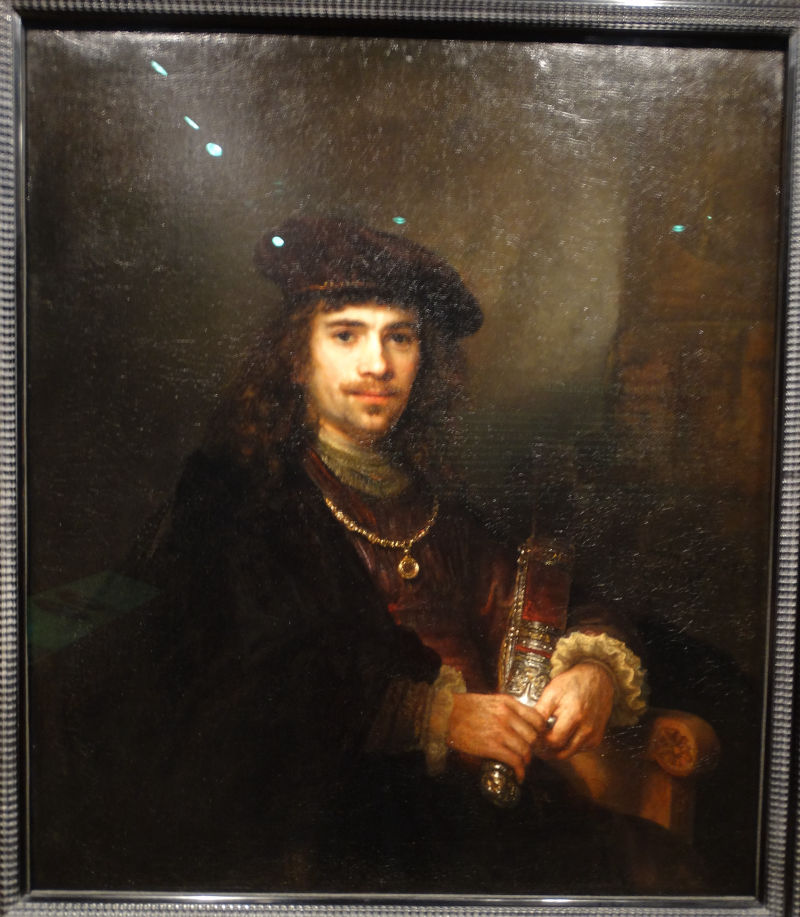 Rembrandt Harmenszoon van Rijn, Man with a sword, c. 1642
Rembrandt Harmenszoon van Rijn, Man with a sword, c. 1642
 Original, Rembrandt Museum, Amsterdam. Visited in 2018.
Original, Rembrandt Museum, Amsterdam. Visited in 2018.
 Rembrandt Harmenszoon van Rijn, Man with a sword, c. 1642
Rembrandt Harmenszoon van Rijn, Man with a sword, c. 1642
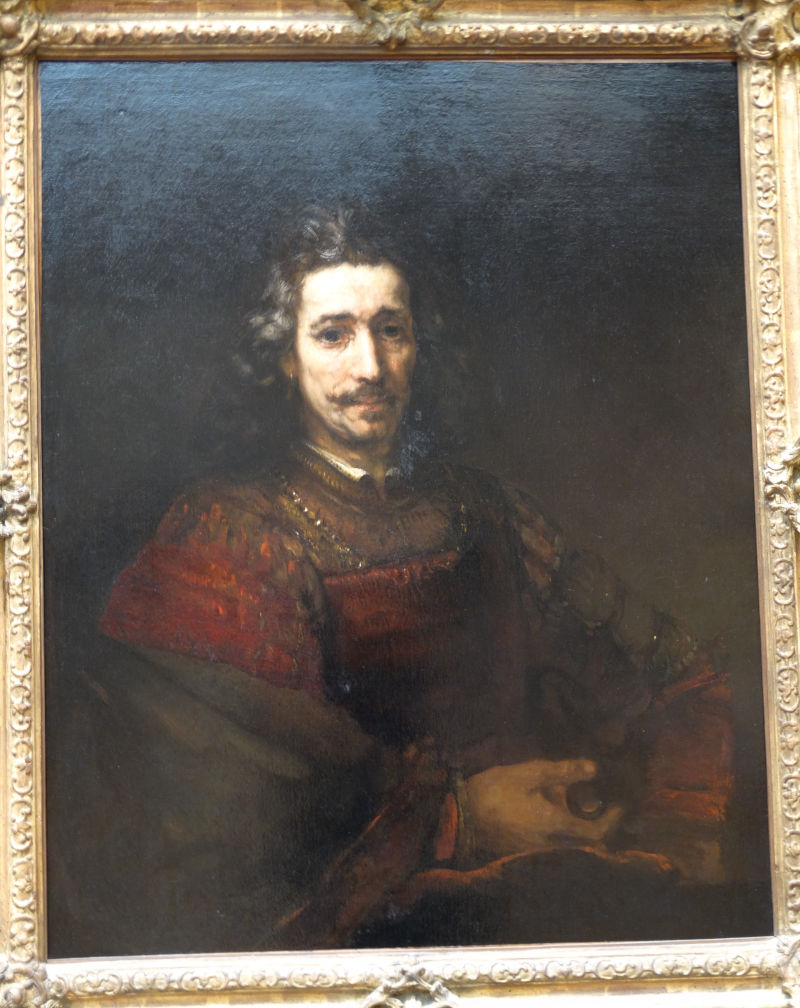 Rembrandt Harmenszoon van Rijn, Man with a Magnifying Glass, early 1660s
Rembrandt Harmenszoon van Rijn, Man with a Magnifying Glass, early 1660s
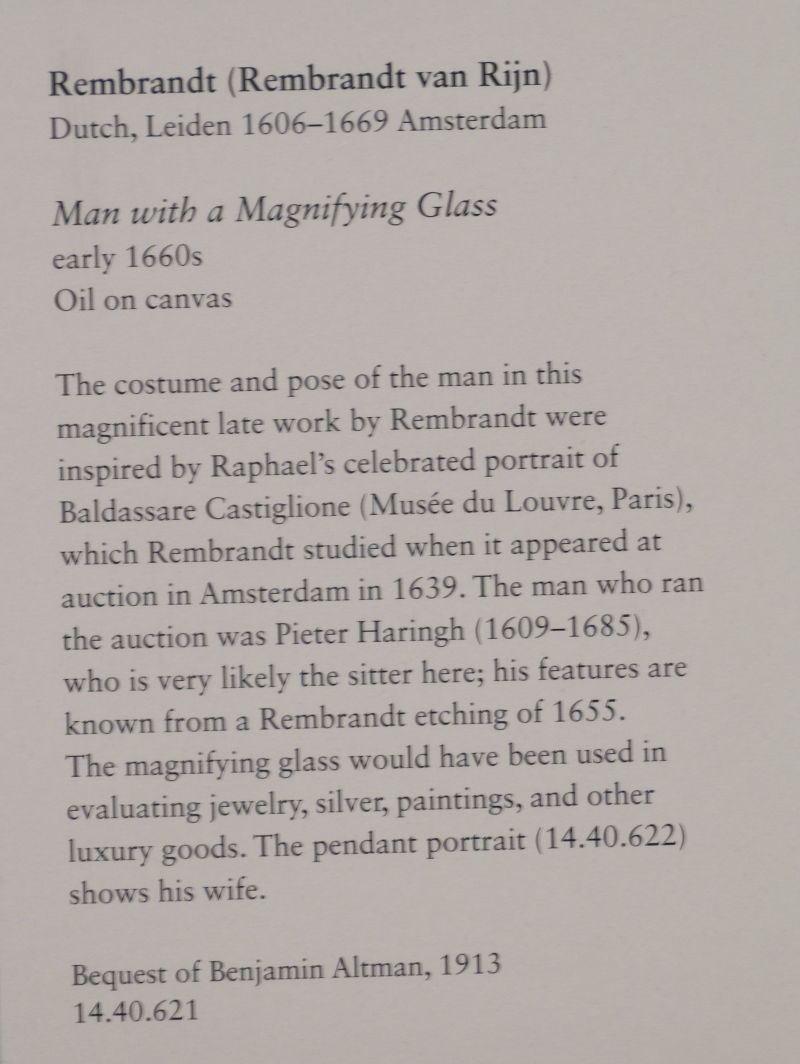
Original, The Metropolitan Museum of Art, New York. Visited in 2017-2021.
 Rembrandt Harmenszoon van Rijn, Old Man with a Gold Chain, 1631
Rembrandt Harmenszoon van Rijn, Old Man with a Gold Chain, 1631
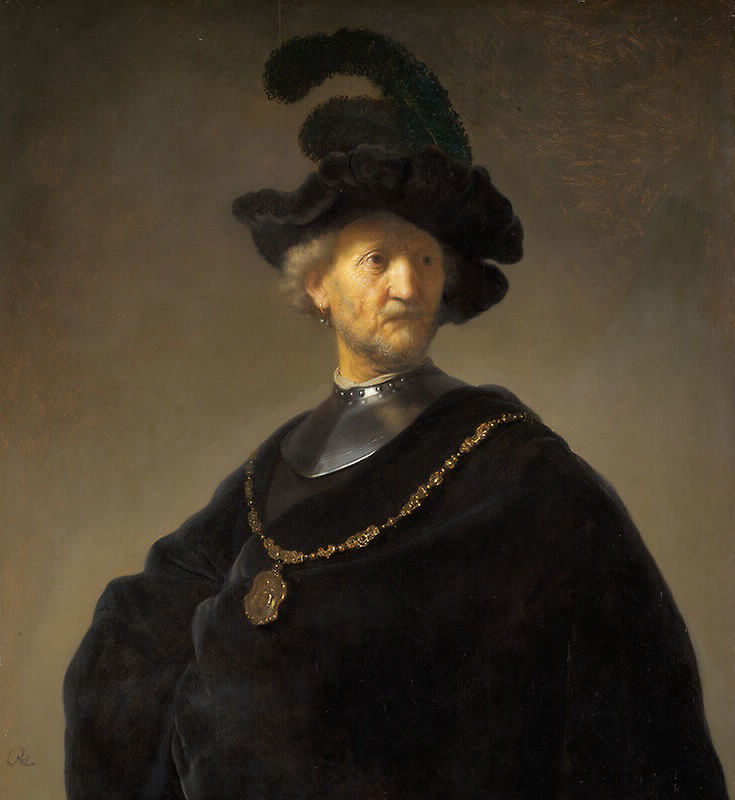 Original, Art Institute of Chicago. Visited in 2018.
Original, Art Institute of Chicago. Visited in 2018.
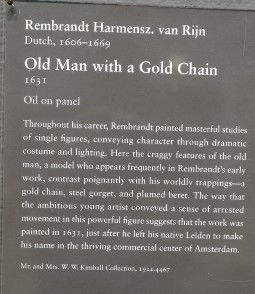 Rembrandt Harmenszoon van Rijn, Old Man with a Gold Chain, 1631
Rembrandt Harmenszoon van Rijn, Old Man with a Gold Chain, 1631
 Rembrandt Harmenszoon van Rijn, Saint Bartholomew, 1661
Rembrandt Harmenszoon van Rijn, Saint Bartholomew, 1661
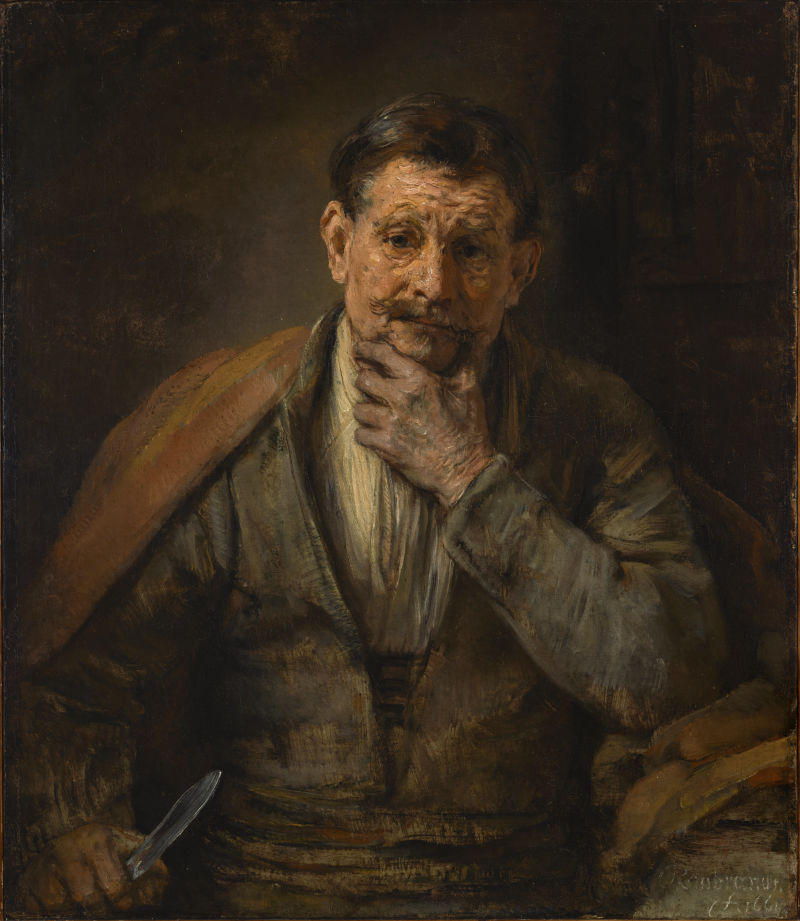
Original, J. Paul Getty Museum, Los Angeles. Visited in 2018.
 Rembrandt Harmenszoon van Rijn, Saint Bartholomew, 1661
Rembrandt Harmenszoon van Rijn, Saint Bartholomew, 1661
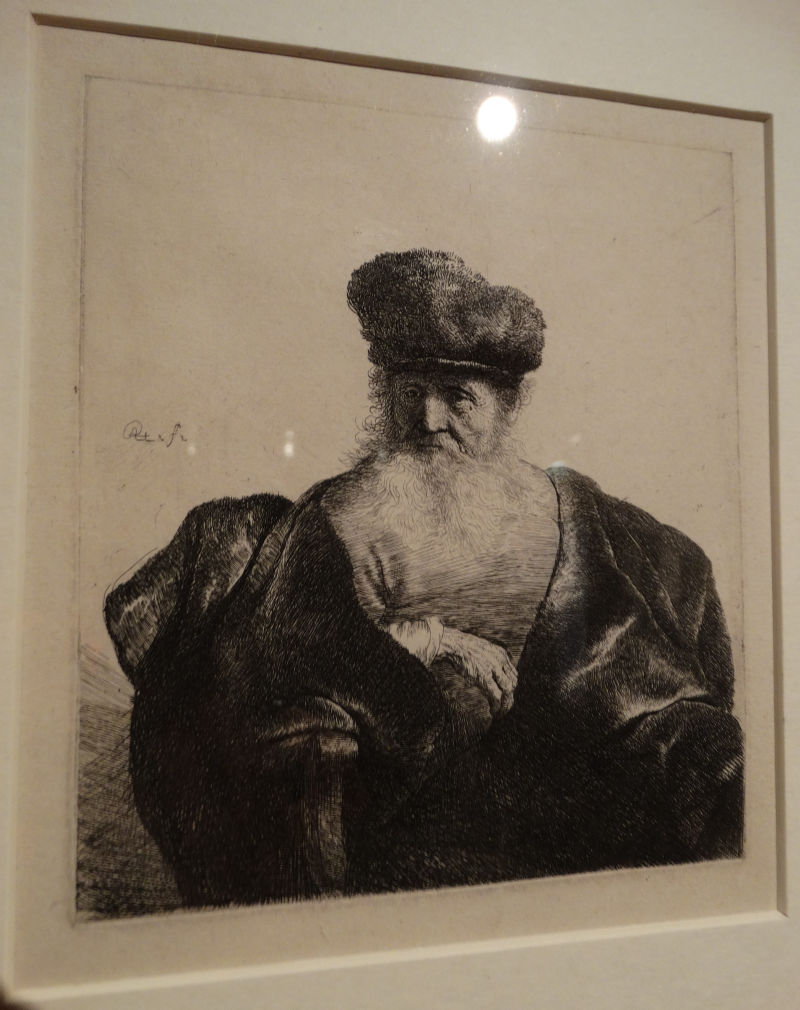 Rembrandt, Old Man with a Fur Cap and a Velter Cloak, c. 1631
Rembrandt, Old Man with a Fur Cap and a Velter Cloak, c. 1631
 Original, Rembrandt Museum, Amsterdam. Visited in 2018.
Original, Rembrandt Museum, Amsterdam. Visited in 2018.
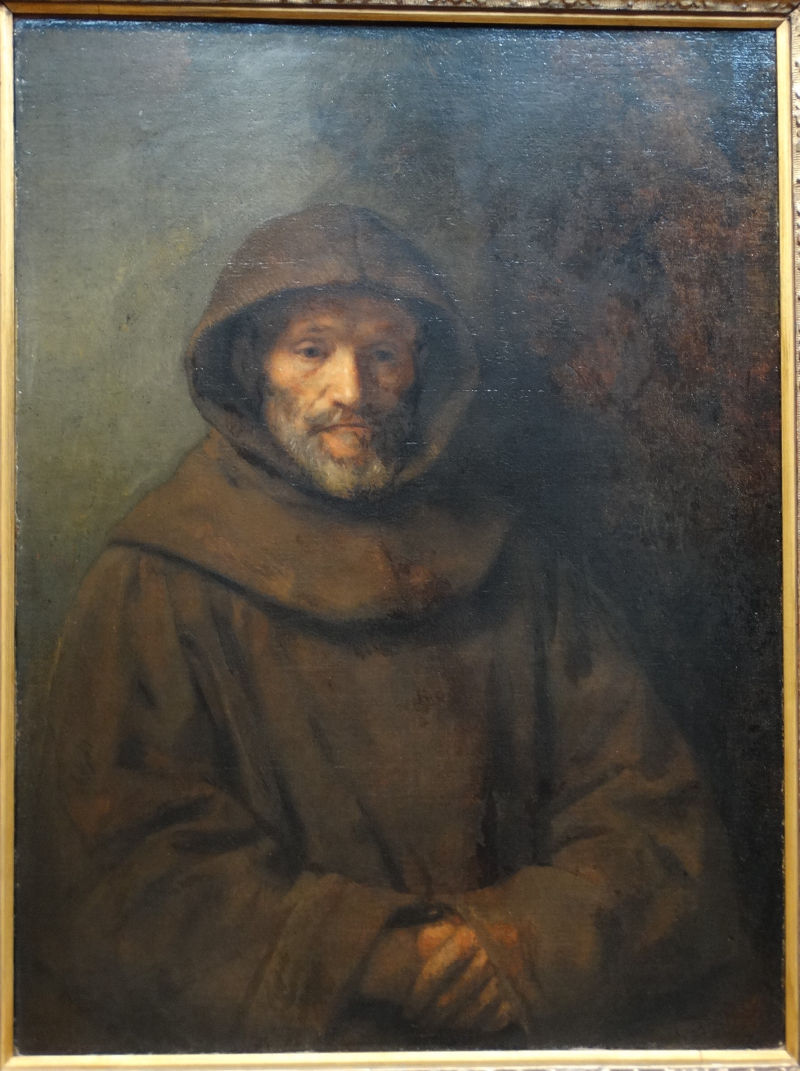 Rembrandt, A Franciscan Friar, about 1655
Rembrandt, A Franciscan Friar, about 1655
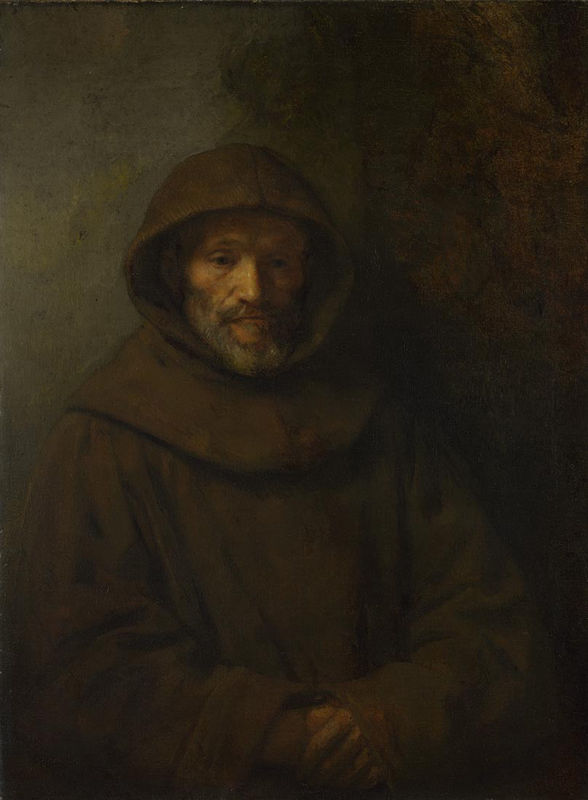 Original, The National Gallery, London. Visited in 2018-19.
Original, The National Gallery, London. Visited in 2018-19.
 Rembrandt, A Franciscan Friar, about 1655
Rembrandt, A Franciscan Friar, about 1655
 Rembrandt, An Old Man in Military Costume, c. 1630-31
Rembrandt, An Old Man in Military Costume, c. 1630-31
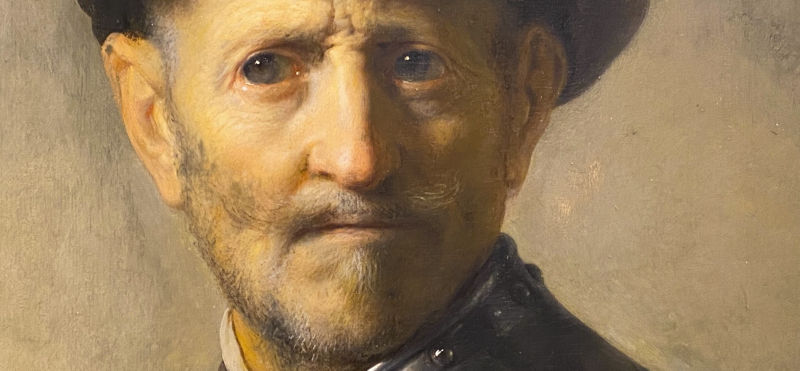
Original, J. Paul Getty Museum, Los Angeles. Visited in 2018.
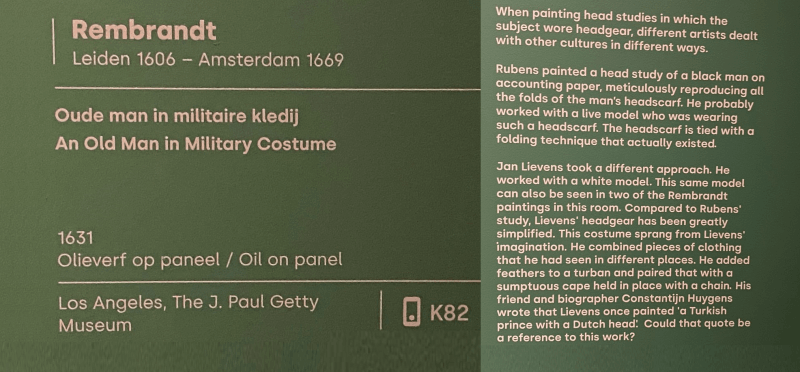 Rembrandt, An Old Man in Military Costume, c. 1630-31
Rembrandt, An Old Man in Military Costume, c. 1630-31
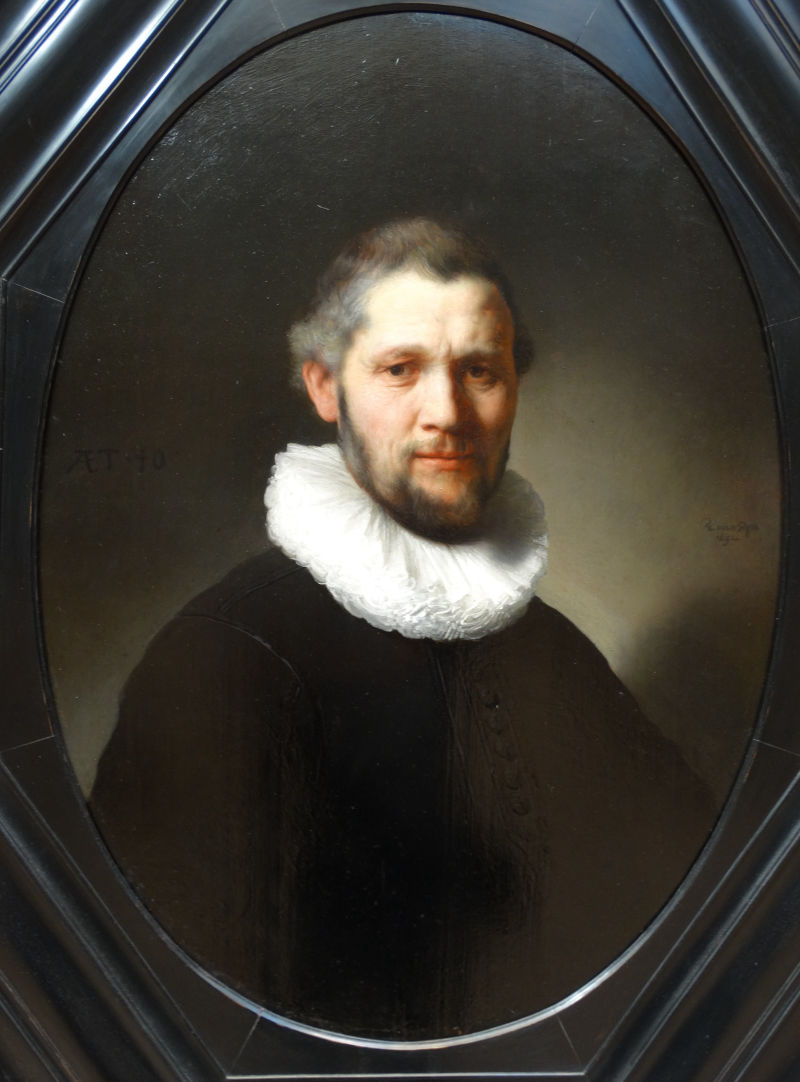 Rembrandt, Portrait of a Man, 1632
Rembrandt, Portrait of a Man, 1632
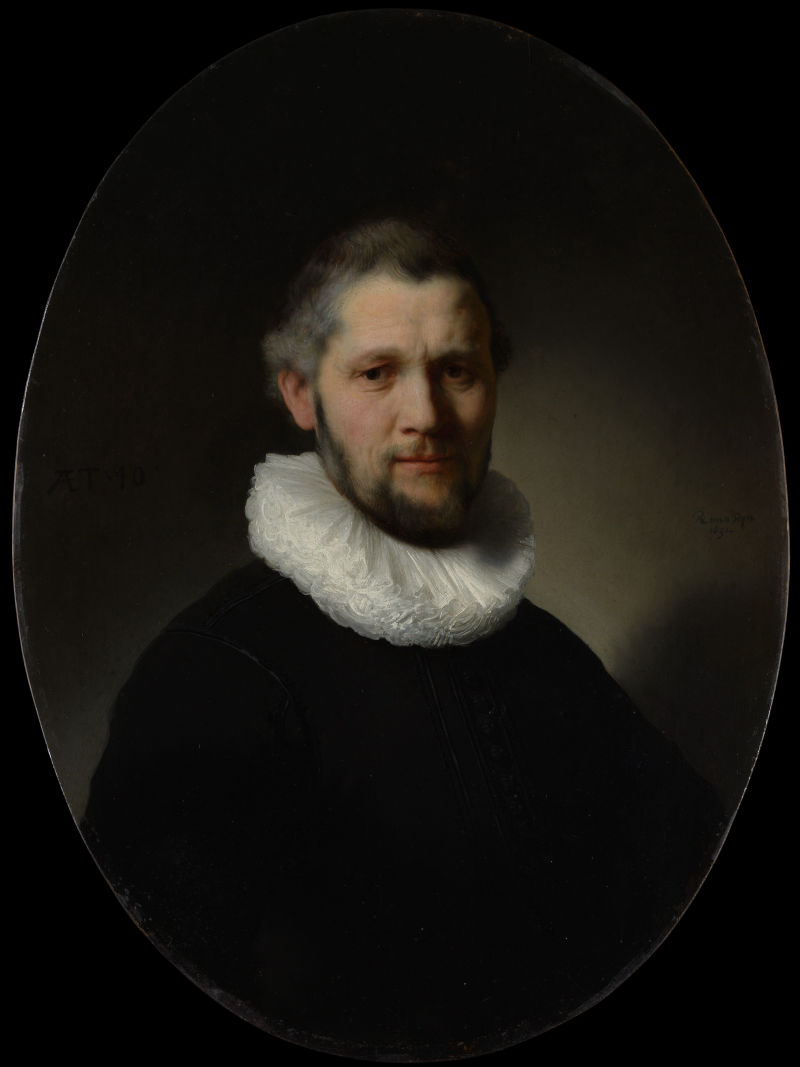
Original, The Metropolitan Museum of Art, New York. Visited in 2017-2021.
 Rembrandt, Portrait of a Man, 1632
Rembrandt, Portrait of a Man, 1632
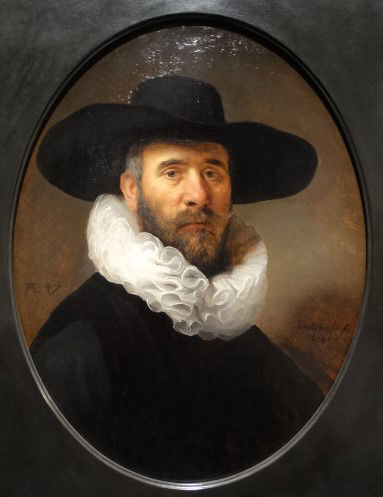 Rembrandt, Portrait of Dirck Jansz. Pesser, c. 1634
Rembrandt, Portrait of Dirck Jansz. Pesser, c. 1634
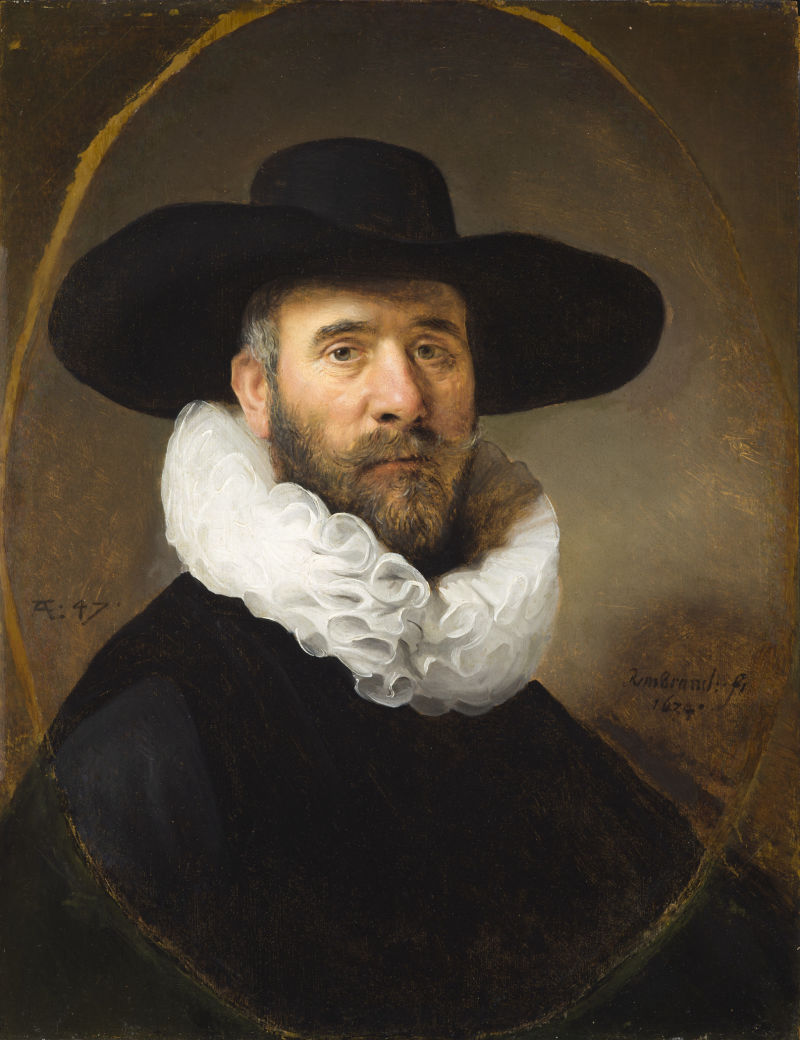 Original, Los Angeles County Museum of Art. Visited in 2018.
Original, Los Angeles County Museum of Art. Visited in 2018.
 Rembrandt, Portrait of Dirck Jansz. Pesser, c. 1634
Rembrandt, Portrait of Dirck Jansz. Pesser, c. 1634
 Rembrandt, Head of Christ, 1648
Rembrandt, Head of Christ, 1648
 Original, Rembrandt Museum, Amsterdam. Visited in 2018.
Original, Rembrandt Museum, Amsterdam. Visited in 2018.
 Rembrandt, Head of Christ, 1648
Rembrandt, Head of Christ, 1648
 Rembrandt, Head of Christ, c. 1648-56
Rembrandt, Head of Christ, c. 1648-56
 Original, Philadelphia Museum of Art. Visited in 2018.
Original, Philadelphia Museum of Art. Visited in 2018.
 Rembrandt, Head of Christ, c. 1648-56
Rembrandt, Head of Christ, c. 1648-56
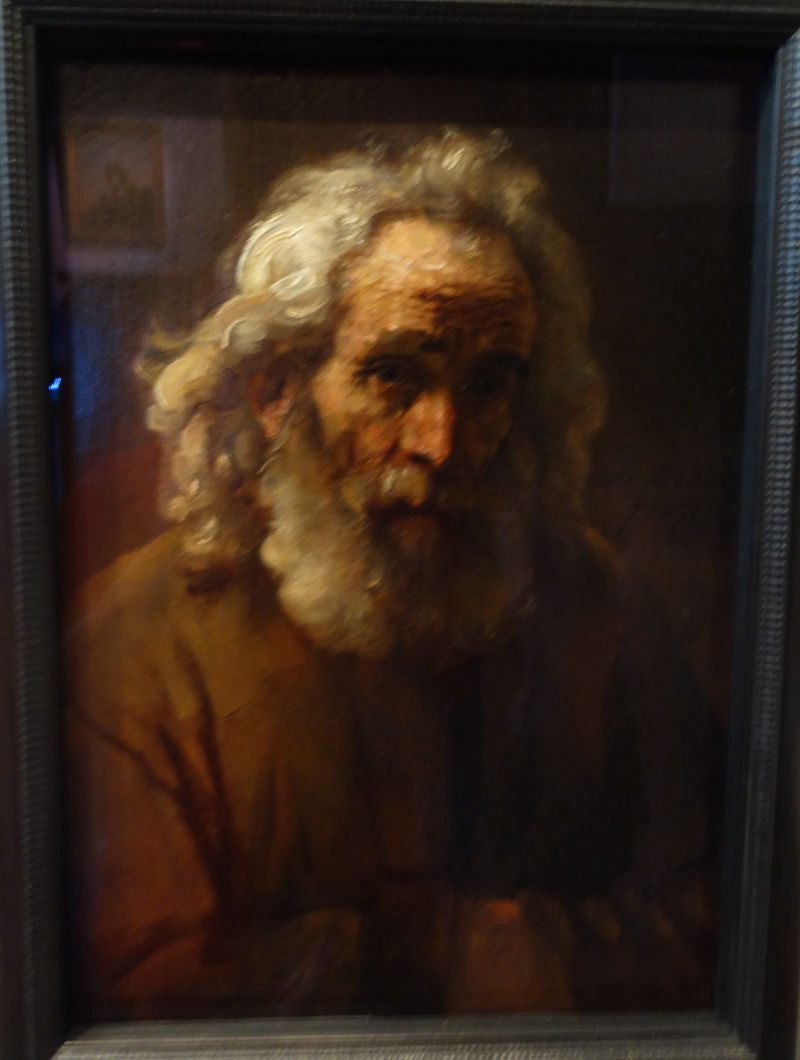 Rembrandt, Lighting Study of an old Man with curly hair, 1659
Rembrandt, Lighting Study of an old Man with curly hair, 1659
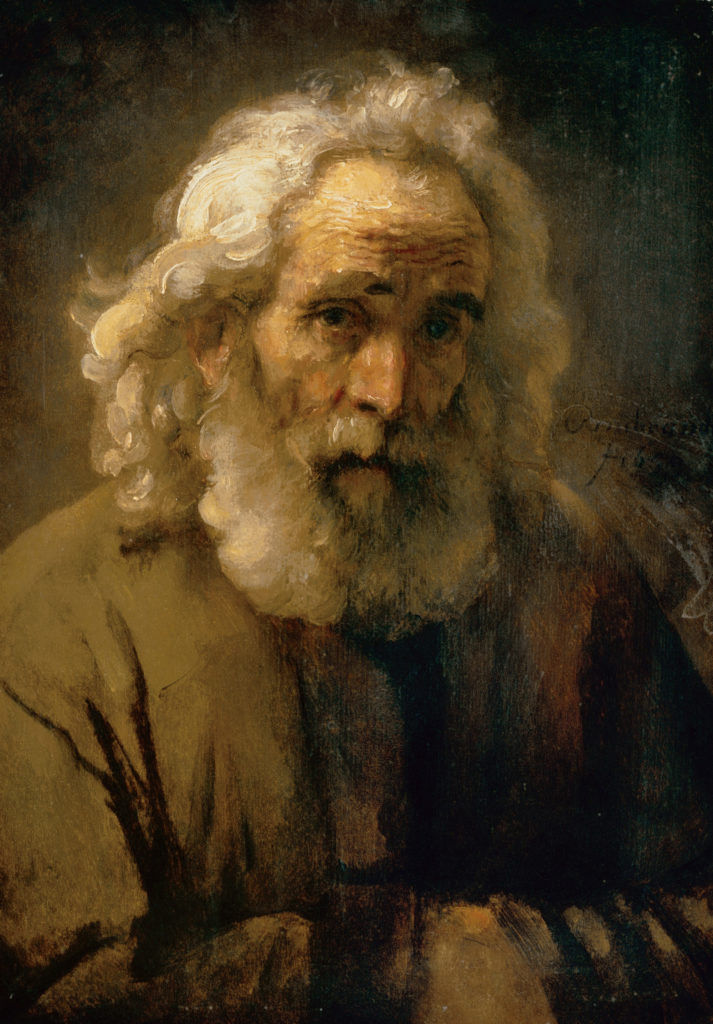 Original, Rembrandt Museum, Amsterdam. Visited in 2018.
Original, Rembrandt Museum, Amsterdam. Visited in 2018.
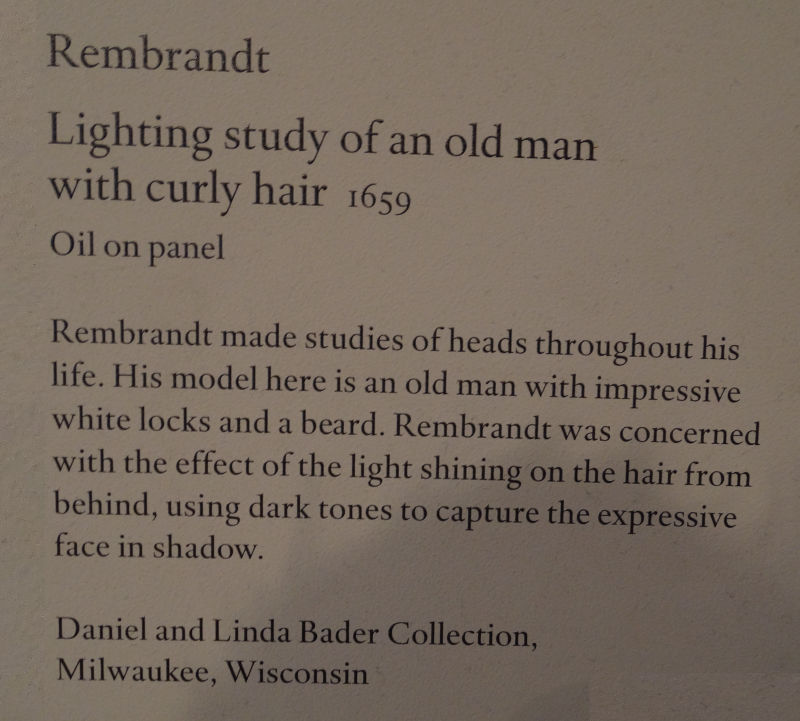 Rembrandt, Lighting Study of an old Man with curly hair, 1659
Rembrandt, Lighting Study of an old Man with curly hair, 1659
 Pupil of Rembrandt, Study of a man in a red cap, c. 1650-60
Pupil of Rembrandt, Study of a man in a red cap, c. 1650-60
 Original, Rembrandt Museum, Amsterdam. Visited in 2018.
Original, Rembrandt Museum, Amsterdam. Visited in 2018.
 Circle of Rembrandt, The man with the gold helmet, c. 1650-55
Circle of Rembrandt, The man with the gold helmet, c. 1650-55
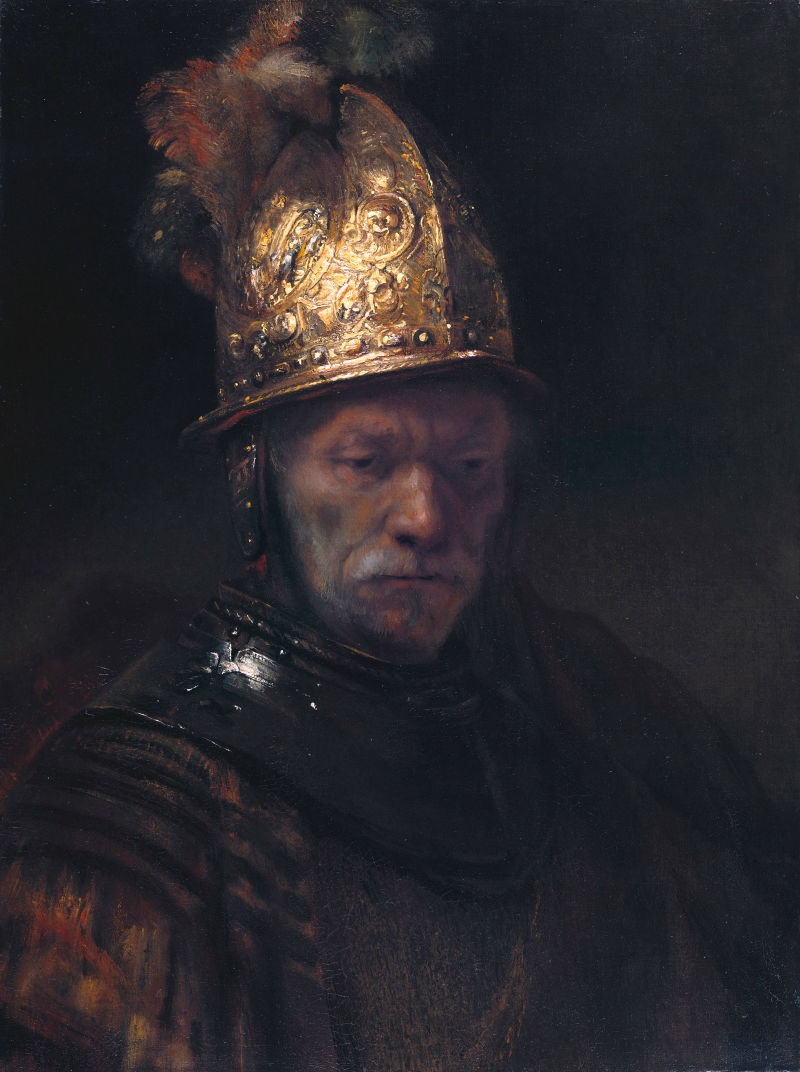 Original, Staatliche Museum in Berlin, Gemäldegalerie. Visited in 2019.
Original, Staatliche Museum in Berlin, Gemäldegalerie. Visited in 2019.
 Circle of Rembrandt, The man with the gold helmet, c. 1650-55
Circle of Rembrandt, The man with the gold helmet, c. 1650-55
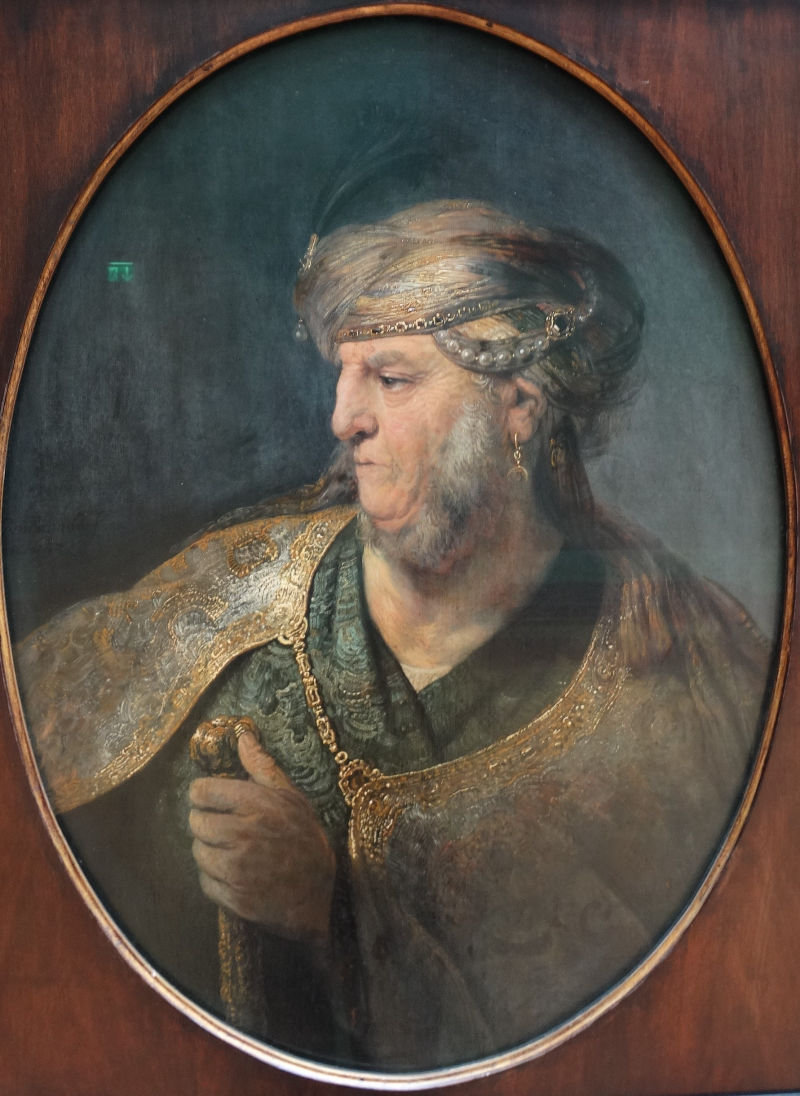 Rembrandt, Bust of a Man in Oriental Costume, 1633
Rembrandt, Bust of a Man in Oriental Costume, 1633
 Original, The Pinakotheken, Munich. Visited in 2018.
Original, The Pinakotheken, Munich. Visited in 2018.
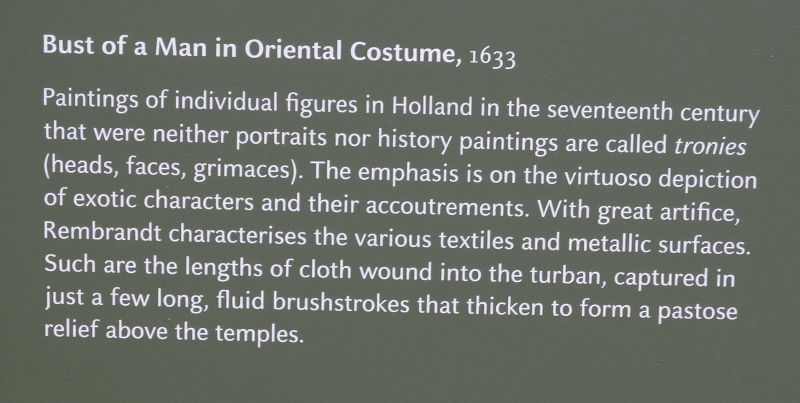 Rembrandt, Bust of a Man in Oriental Costume, 1633
Rembrandt, Bust of a Man in Oriental Costume, 1633
 Studio of Rembrandt, A Boy in fanciful costume, 1633
Studio of Rembrandt, A Boy in fanciful costume, 1633
 Original, The Wallace Collection, London. Visited in 2018.
Original, The Wallace Collection, London. Visited in 2018.
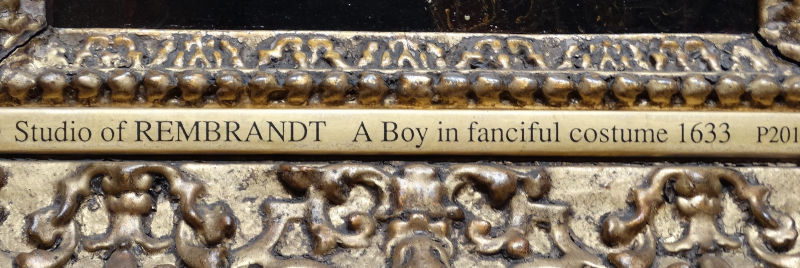 Studio of Rembrandt, A Boy in fanciful costume, 1633
Studio of Rembrandt, A Boy in fanciful costume, 1633
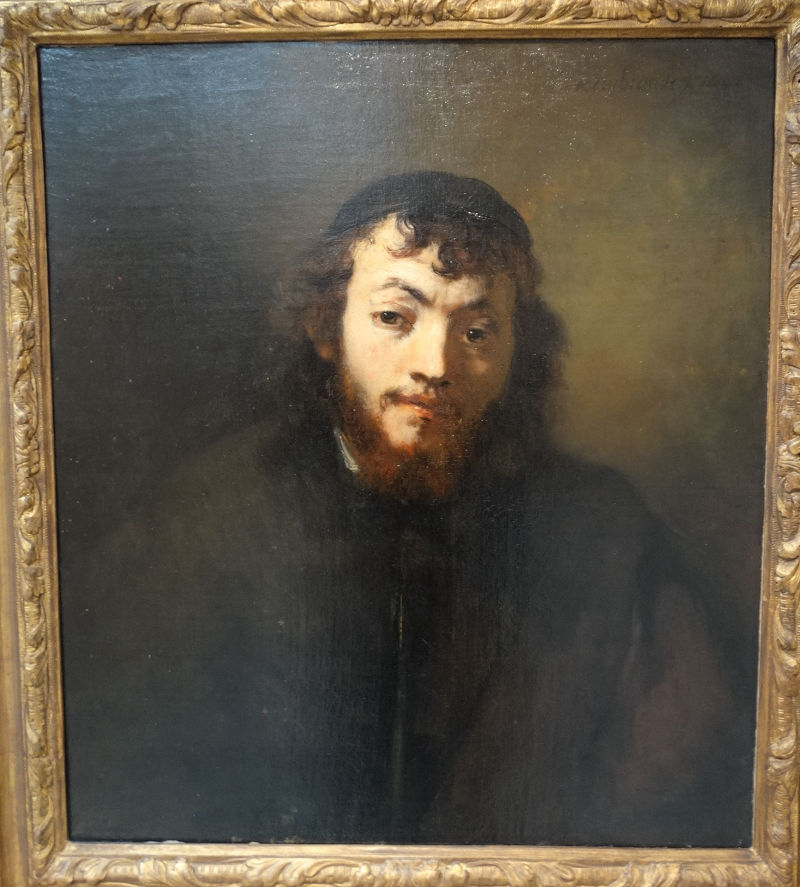 Rembrandt, Bust of a Young Jew, 1663
Rembrandt, Bust of a Young Jew, 1663
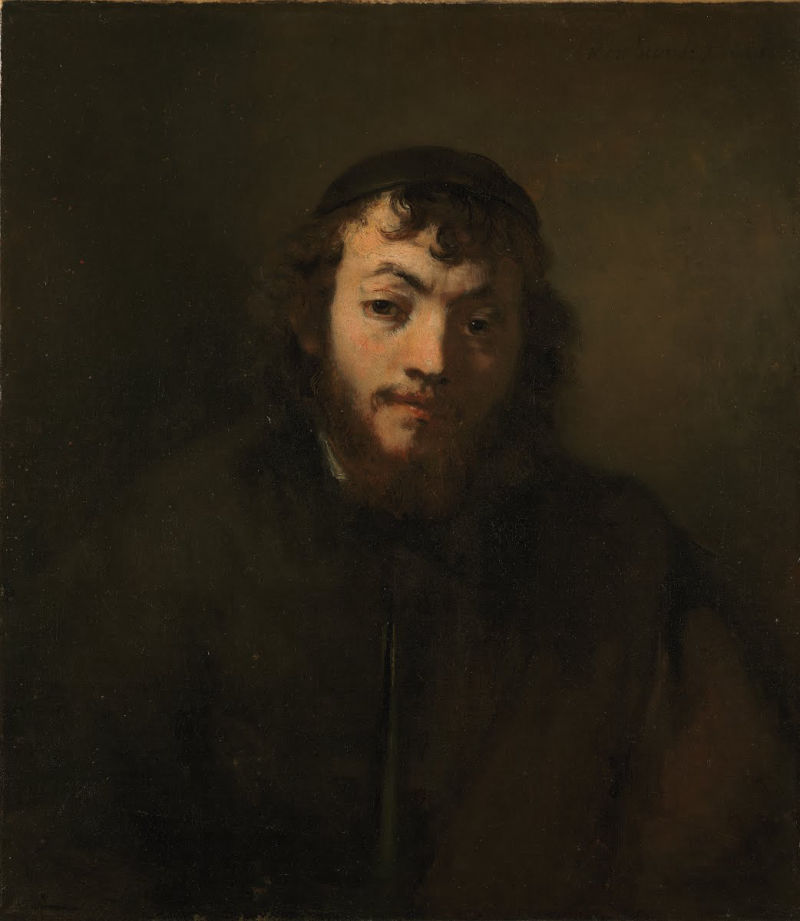 Original, The Kimbell Art Museum in Fort Worth, TX
Original, The Kimbell Art Museum in Fort Worth, TX
Visited in 2020.
 Rembrandt, Bust of a Young Jew, 1663
Rembrandt, Bust of a Young Jew, 1663





















































































